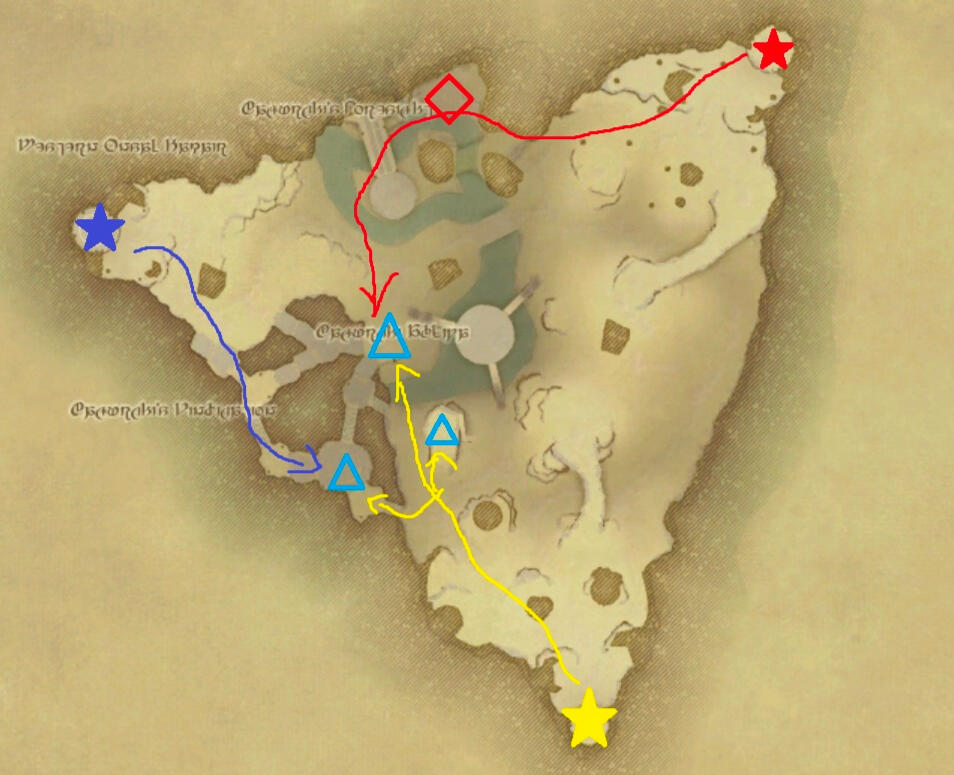Olivia's Frontline Guide!!! 7.4
Base:
Advanced:
Coming Eventually:
Change Log:
Known Issues:
-Battle High Ratings do not display correctly on all monitors.Change Log:
2/2/2025
-Glossary Alphabetized
-Coming Soon section is displayed
-"Comps" in comp section were changed.
-Numerous grammatical errors fixed.
2/22/2025
-New comps added to "Comps"
-New tactics added to "Tactics"
-"Scenarios" Section Added
-"Pinches" Section Added
3/10/2025
-"Pulling" Section Added
-"Change Log" made its own section.
-3/19/2025
-major update to "Jobs/Comps" page
8/3/2025
Seperated "Jobs" and "Comps"
Added new comps
8/11/2025
Added macro section to guide
Basics
For even the most casual of players, there are some things that you should know, things that will help you succeed with minimal effort. This section aims to have all the surface level knowledge in one place.
Setting Up
Unlocking Frontline:
To que for Frontlines, you cannot be on the free trial, and you must have a job stone equiped (excluding blue mage. Then, you must do the quest: "Like Civilized Men and Women."
The quest giver is different depending on which Grand Company you are a part of.
Flames
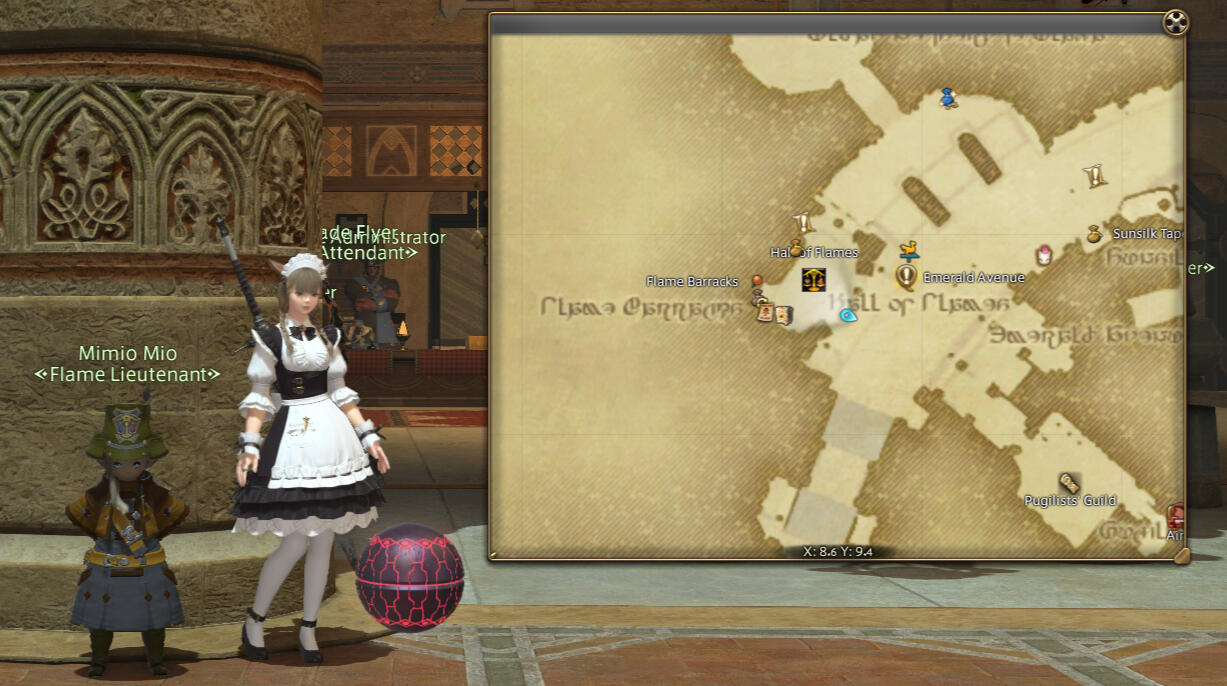
Adders

Mael
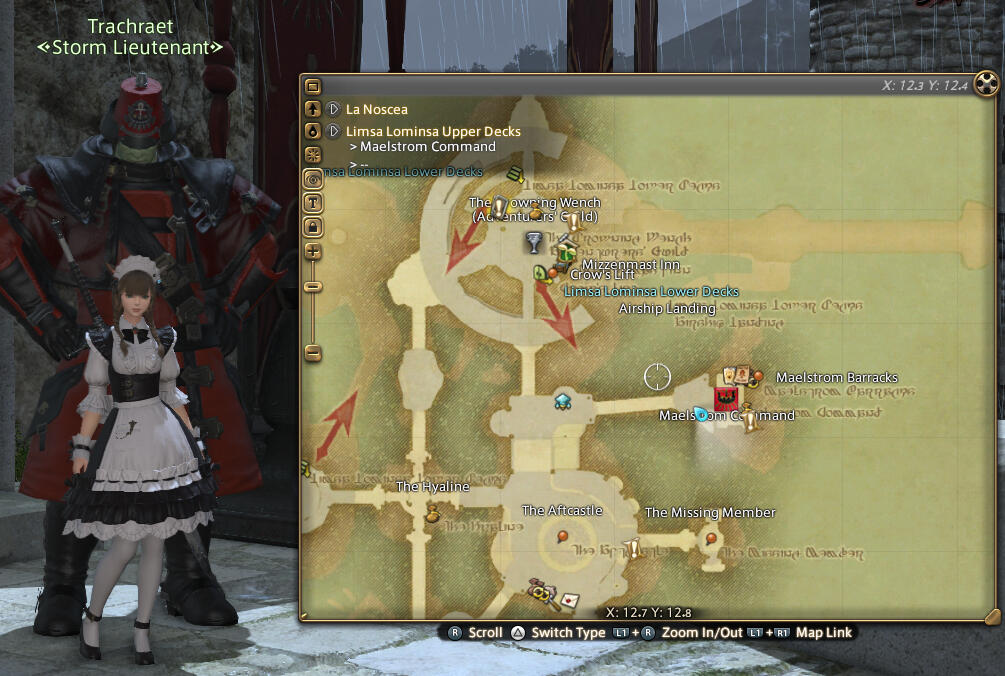
You will be sent to the Airship landing to talk to The Frontline Attendant. They also have information about the mode should you desire to read through it.DON'T IMMEDIATELY QUE IN! YOU NEED TO SET UP YOUR BARS!!!
Setting Your Abilities:
To set up your hotbars, you will need to go to the Wolves' Den Pier. The easiest way to do that is to take the skipper at Moraby Drydocks.

You can attune to the teleport there after the first time, so you don't need to remember this.After making it to the Pier, you will need to go to "Character" then "PvP Profile". Once the PvP menu is opened, navigate to the "Job" section.
You will find everything you need there.
These hotbars are completely separate from your PVE hotbars, any changes here won't effect content outside PVP.
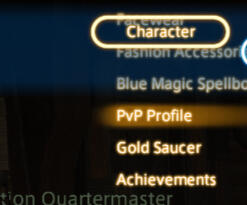

You can now see all your abilities and place them down. Your PvP and PvE bars are completely separate, you don't need to worry about them messing each other up. Keep in mind some jobs have a "Combo" section that also need to be placed and some abilities automatically change into others (tooltips will mention which actions cannot be assigned to the hotbar).You will also want to add "Return" to your hot bar which is found in the general actions.YOUR ABILITIES DON'T DO THE SAME THING AS IN PvE. MAKE SURE TO READ THEM!
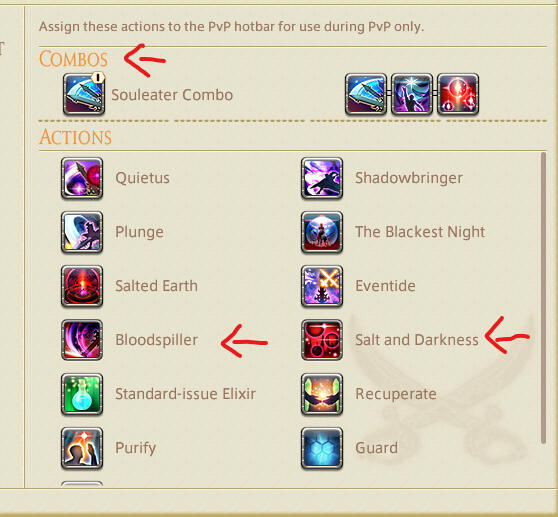
BUT THAT'S NOT ALL!!!
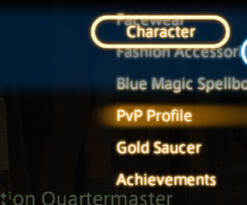
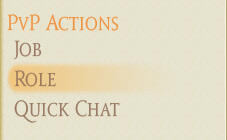
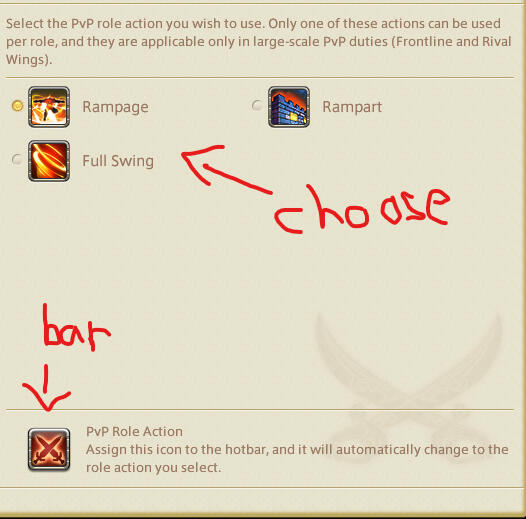
Make sure to also set your role action. These are incredibly powerful abilities and you are knee-capping yourself by not using them!
General
Locking Your Map:
When playing Frontline, you will want to lock your map open. Having it open all the time will be annoying at first, but after adjusting to it, you will never want to go back. The amount of information shown is just to good to forgo.
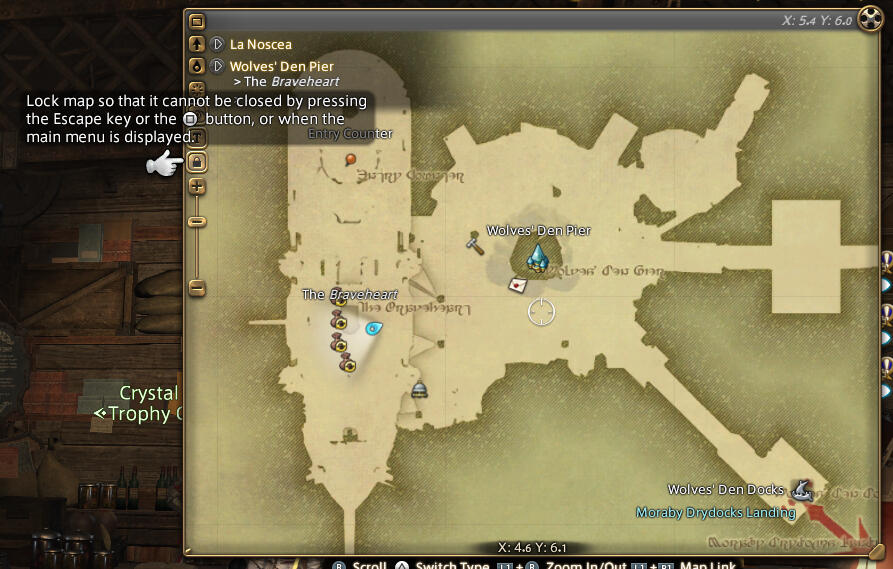
Battle High

Battle High is the most important mechanic in Frontline. If you're unable to gather it, the game's outcome is out of your hands. Make sure you're participating in combat and gathering as much Battle High as you can.
1 Kill = +10
1 Assist = +2
Rank





Rating
20-39
60-79
40-59
80-99
100
Power
10%
20%
30%
40%
50%
-
Every rank increases damage dealt (including limit breaks) as well as healing output (including recuperate)!!!
Note: Dying means losing HALF of your current rating
Signs
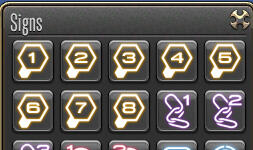
Signs have amazing power. Information is king on the Frontline, and knowing what each one means easily improves your play.
Sign






Meaning
Commanders/ Engagers
2nd Premade/Counter Burst
Next Attack Targets
High Priority Burst Stoppers
Enemy Commanders
Enemies you ignore/don't hit
*Note: Depending on who's calling or marking, these meaning can differ.
Cordinated Play Tier List
Having a caller drastically increases the potential effectiveness of jobs, some far more than others. No job in pvp is very difficult to play, so regardless of tiering, it is good to have options.
The middle is also quite squished, and a good player could easily move a mid option up to strong and a poor player move the best choices to the bottom.

No Calls Tier List
Not having a caller changes the way the game is played. This is far from an optimal way to achieve victory, but if the only person you can rely on is yourself than... here are some options to help you achieve success.

Maps
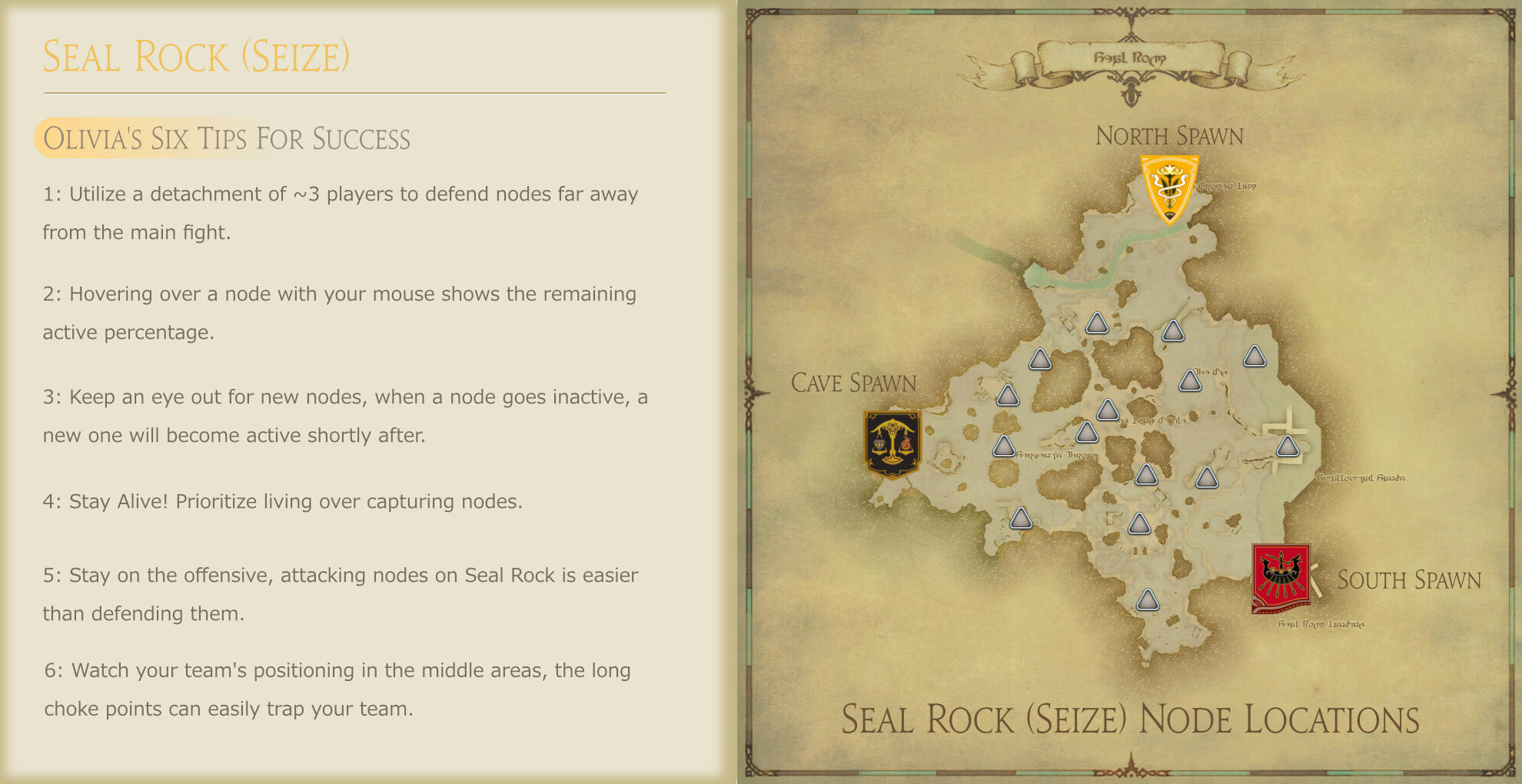
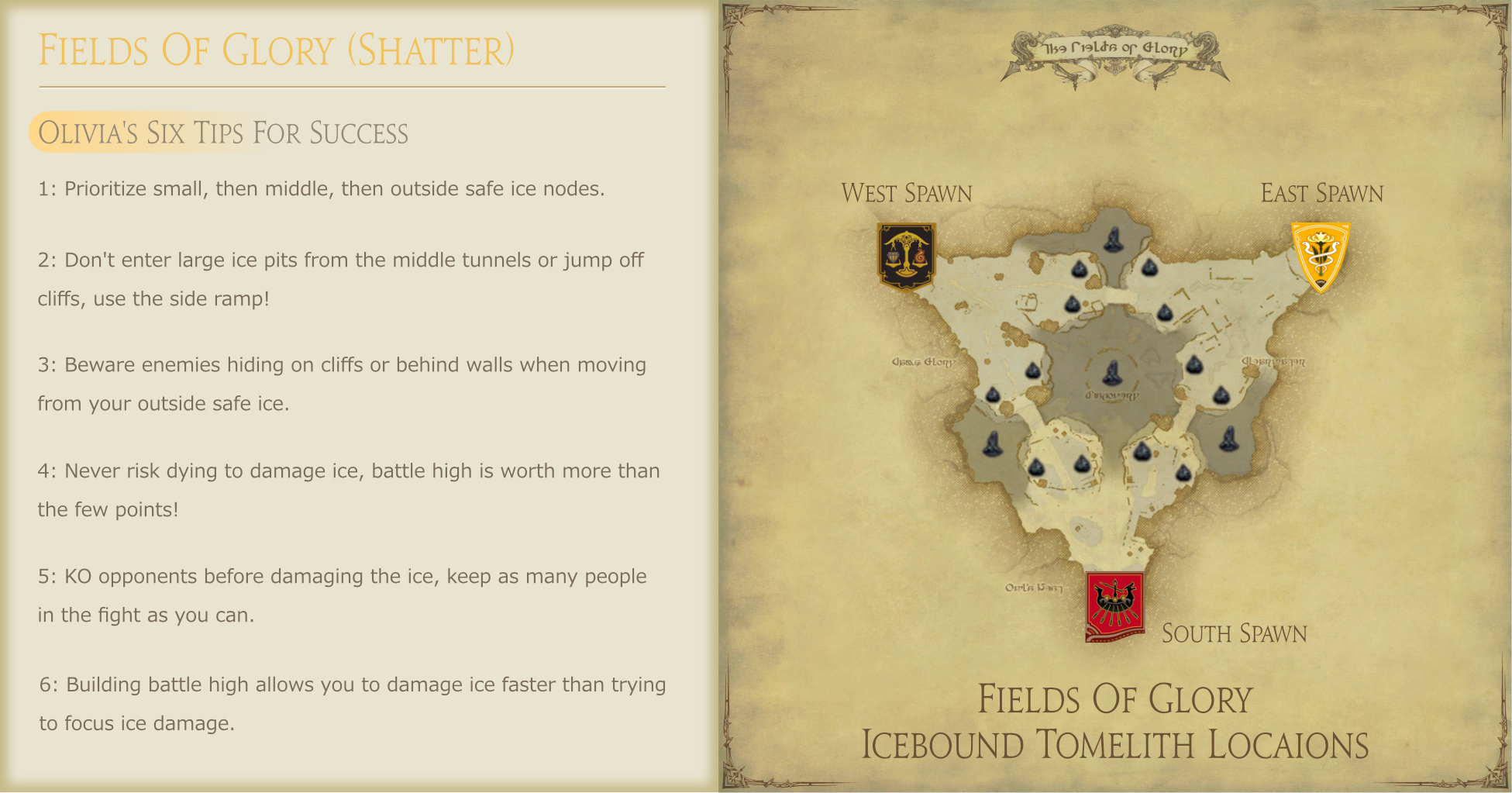
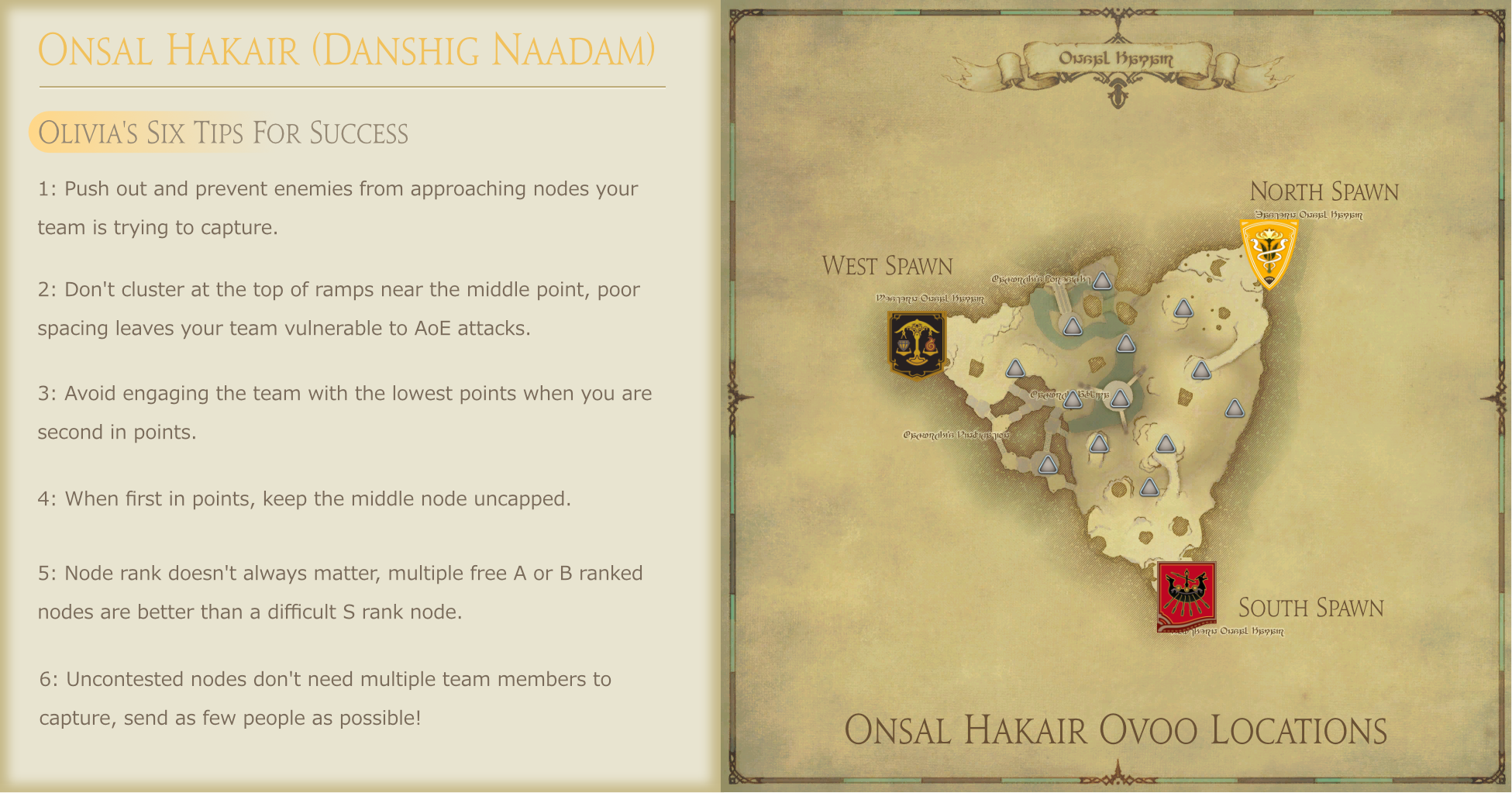
Improving
Getting better is not all about mechanical skill. There's very few buttons to press or advanced movement tech. It's about risk management, pattern recognition, and adapting to constant changes.
Know your job: Go hit a dummy for 30min... 15min... at least 5min. There are not a lot of buttons, you should know what they do, and when you want to use them. Not knowing how to burst in AOE and single target is trolling.
Know other jobs: Not just for yourself, but for the match up experience. What do other jobs do? How do you stop it? You shouldn't have to ask "what just happened?" You should know.
Don't die: More than anything else. Going 0 and 7 is quite possibly losing the game for your team. Play safe, burst where you can, and slowly increase what you contribute as you get more comfortable. You know your job now, it's about knowing where you can use your tools safely. Keep your head on a swivel.
Communicate: Frontline is a game of teamwork. Even if you're not commanding, letting your team know there's a pinch, if your LB is up, if you're locking down a high profile enemy, these are things that your team would want to know.
Bank your burst: If you're playing with a Dark Knight commander, they'll be using Salted Earth every 30 seconds, that means you should save your abilities that have a 20 second CDs for that next suction. If you're playing with a Sage commander, they operate on a 20 second CD so getting your abilities off ASAP will keep you lined up for burst.
ya... it's kinda a short list, but this is a "basics" section. Continue on if you want to know more.
Combat
It's PvP, there's a lot here to unpack and multiple sub sections to explore. Take your time, try to understand, this is the most important part of the mode!
You Must Kill to Win:
PvP means Player vs. Player. After over 2,000 submissions to an excel sheet comparing score breakdowns, the team with the most kills won over 80% of matches.This should make sense intrinsically. Every kill your team gets earns you points and takes points away from the other team. Conversely, every death on your team costs you points and gives points to your enemies.As much as you may want to "play the objective," you simply can't do so if you can't kill. To put it in the words of a famous tactician: "How can you protect the objective if you can't protect yourself?"Killing also has a snowball effect thanks to Battle High. The more you kill, the better you get at killing, and the harder you become to kill. Every kill means more points for you and fewer points for your enemies; not just from the kills but also from the objectives they protect.It's easy to say you need to kill, but how do you do it?
Burst Game-play:
Stunlock Enemies
Suction
Burst
Much like PvE, PvP is built around burst. However, unlike PvE, instead of bursting every 2 minutes, you aim to burst every 30 seconds. This is centered around the Dark Knight’s suction ability, “Salted Earth,” and the Dancer's Limit Break, Contradance. Gather as many people as possible and hit them as hard as you can, all at the same time.
There are several reasons why burst game play is the optimal way to play:
1. All of your hardest hitting abilities hit in an AOE (usually) without diminishing returns.
2. Your damage outside of your jobs' burst is extremely low. 90% of your damage is done in a burst.
3. Enemy defense is extremely high.
4. Killing enemies quickly means they cannot fight back.
5. Killing enemies quickly leaves you less exposed to the 3rd team in an engagement.
Why Burst is Strong:
Hitting more enemies drastically increases the amount of damage you do. People should understand this... but here's a graph anyways.
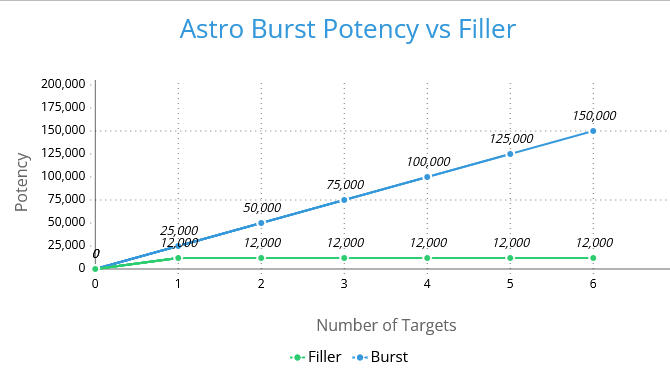
By looking at the Astro Graph, you see the difference between the burst and filler. Your burst on 6 targets will be 10x more damage than the amount you would do outside of it. Keep in mind, this is two GCDs.
This is what makes this style of game-play so strong. Entire Alliances (24 players) have been wiped by a single "Salted Earth" and astros hitting their burst on it.
It is not an impossibility for an Astro to hit all 48 enemies and deal 1,200,000 potency within 2 GCDs.
A Deeper Explanation:
Ideally, you are never "fighting" your Ideally, you are never "fighting" your enemy in Frontline. "Fighting" would imply that your enemy had a chance of winning, and as a player who is trying to win, you do not want to give them that chance.Instead, you should be destroying your enemy, slaughtering your enemy, running the enemy down... you get the point. So, how do we bring that about?We bring that about by removing their means of fighting back, aka living. So, what are the tools that help the enemy stay alive? There are 4 main ones: Purify, Sprint, Guard, and Recuperate.

Each job has their own unique defensive options, but those will be covered in the individual sections. Let's talk about these four for now.
Purify lets you ignore most forms of CC for 3 seconds on a CD that is shorter than the ideal burst timing.
Sprinting away allows you to dodge a burst by simply not being there.
Guard reduces damage taken by 90%.
Recuperate lets you heal any damage taken.
So... we need to stop the enemy from using these options, and there's one job that excels at this beyond all others: Dancer.Dancer's LB completely incapacitates enemies for 4 seconds. After the enemy is charmed, you can come in with your suction from Dark Knight or Sage and your damage from all the other jobs, making short work of your enemy. If you don't happen to kill them, they're now tightly packed with more damage about to hit them, giving them little option other than retreat.Think about how it would have worked without a Dancer LB.As you engage the enemy, they start hitting you with CC abilities, slowing your advance and dealing damage.When you do get in, the enemies can react to your attacks with Guard or Purify, and they won't easily get suctioned together either, so your overall damage dealt is much lower.Finally, any damage you do deal can be recuperated as those who are weak retreat back to Elixir, and the enemies you didn't hit cover them.You end up in a stalemate, and this gives the third team, not currently engaged, a chance to come and ambush either you or your enemy, gaining all the benefits with none of the risk.In a twisted sense, the moment you start "fighting," you've already lost that engagement. That's not to say you never do it. You will have to eventually, but part of winning consistently is maximizing your KO'ing potential while minimizing your risk of death.Furthermore, the old, terrible phrase "Let them fight" has some truth to it. You want the enemy teams fighting each other as often as possible, not because you get free objectives, but because you can swoop in and reap all the benefits of their scuffle.
Flow
Think of the "Flow" as a game-play loop. Mastering the flow is mastering Frontline.
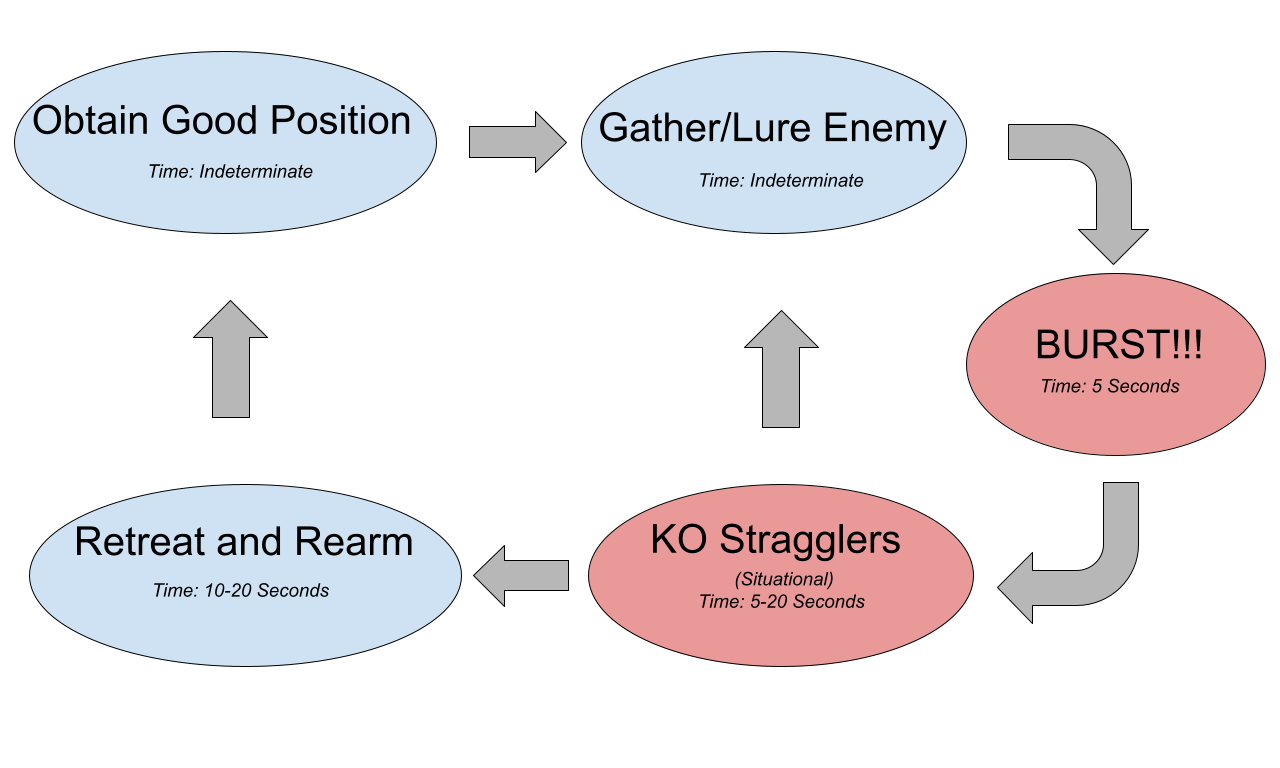
Positioning
What is a Good Position?
Good Positions offer multiple ways for your team to attack and escape while limiting your enemies movement and baiting them into pinch-able positions.Signs of Good Positions:
High Ground
Ends of Funnels
Favorable Cover
Single Entry
Multiple Exits
Bad Positions limit your attack options, open yourself up to pinches, and limit your escape options.Signs of Bad Positions:
Low ground
Middle of Funnels
Pushing into cover
Multiple Entries
Few Exits
Between two teams
Walls
It's funny how even moving 10 feet in a direction can drastically change whether you are in a good or bad position. Also, keep in mind that your position's validity is also contingent on where the enemy teams are. What is usually a strong position can be a poor one depending on how the enemies react.
Shatter: Bad Position 1
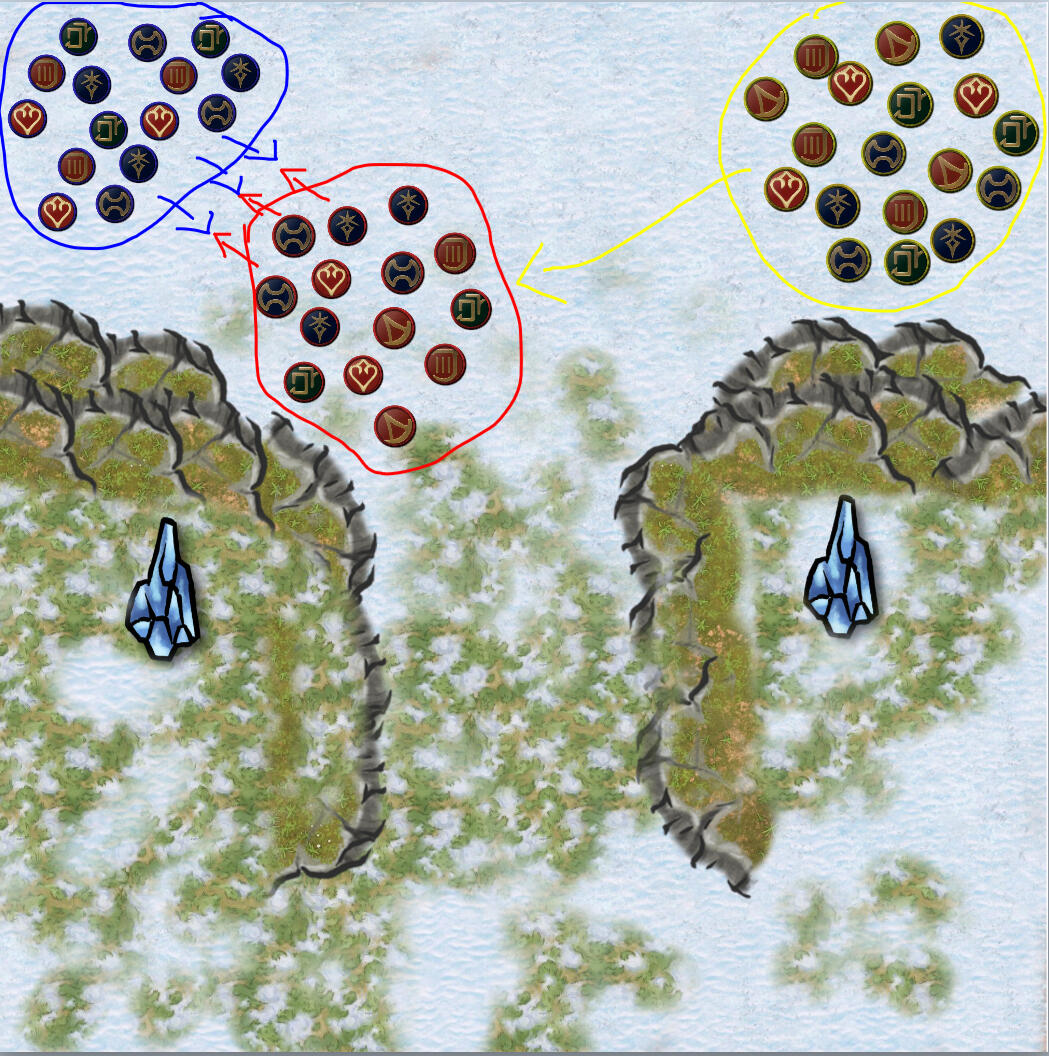
We are Red in this position. We've decided to engage Blue, but we've pushed out too far, exposing ourselves to Yellow, who are coming from their safe ice side.We are in a bad position. Notice our attack angles. Regardless of which team we want to hit, we will have to attack them from the front and will be pinched either way. Not only that, but our fighting space is much more limited thanks to the walls, and we're more clustered, which is dangerous. Our only option is retreat.What are our retreat options? We can't go forward; we're up against a wall. Our only option is back, and Yellow knows that, making it very easy to catch our team and burst them.So, what can we do differently?
Shatter: Good Position 1
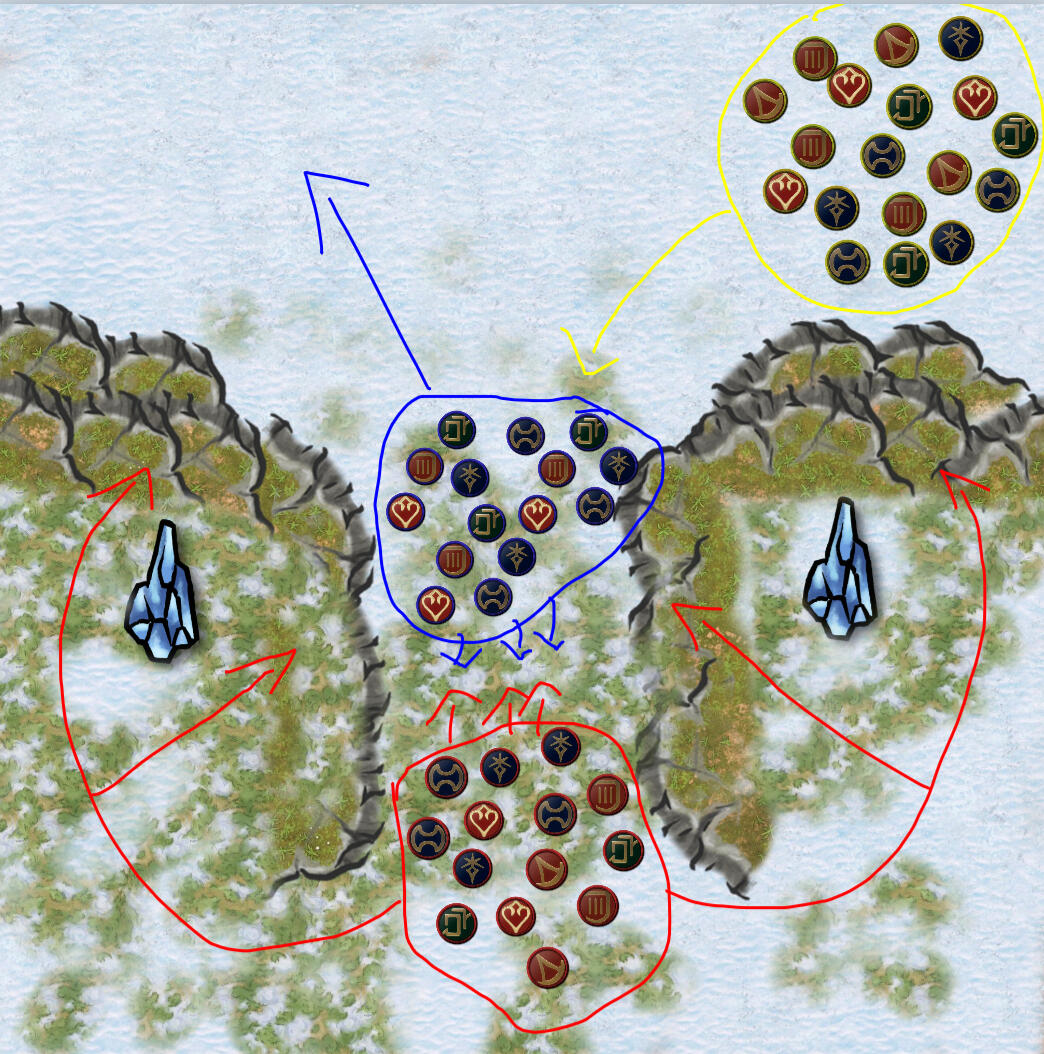
To change our position to a favorable one, we simply need to move our fight backward into our funnel. I've drawn extra lines to illustrate our new angles of attack.We can, of course, continue our attack from the front. Blue is much more clustered due to entering our funnel. We can also use the cliffs to our advantage, attacking them at range where they can't reach. Yellow is coming in like before, cutting off Blue's escape. If they decide to engage Blue, we can circle around them on the cliffs and punish them for doing so. If Yellow doesn't engage with Blue and both teams are trying to camp us, we have multiple paths to escape and new angles of attack that will allow us to move between the teams.Now look at the enemy positions. If Blue wants to attack us, they only have one way to do so— the same problem we were in before. They now also only have one escape route. Look at Yellow. They can't even get to us without going all the way through Blue. If they had decided to go to the upper layer, that would have been easily noticeable, and we still would have had an escape route to the West.Too often, bad positions are caused by overextension. Look at these two images in reverse and recall how often your team has pushed out, only to get hit from the side. This is a lesson everyone needs to learn to keep yourselves safe.
Seal Rock: Bad Position 1
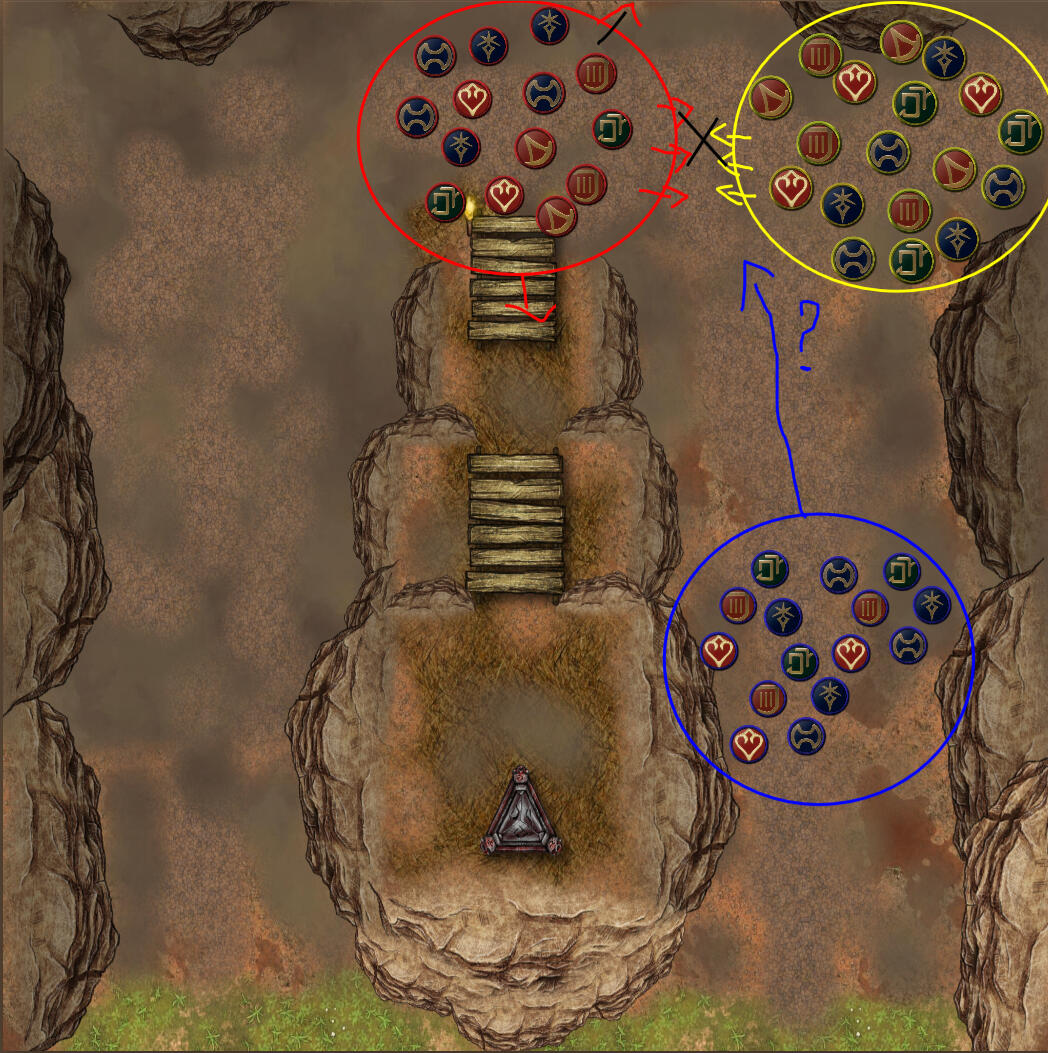
We are Blue this time. We're looking to hit Red, who has captured the upper mid cave node. This node is easily defended, but Red has positioned themselves poorly, much like the Shatter 1 example. How do we capitalize on this?From this position, we don't. We have no solid angle to hit Red or Yellow, for that matter, without inserting ourselves between the two teams. A lot of good positioning depends on "pathing." The most direct route is not always the best route.A scenic path will usually provide better angles of attack and more defensive options in exchange for speed. Sometimes this trade-off is negligible, and sometimes it's game-determinate. It's up to you to master positioning for effective attacks.So, how can we adjust to attack Red safely? Perhaps take a moment and think about where we should go instead.
Seal Rock: Good Position 1
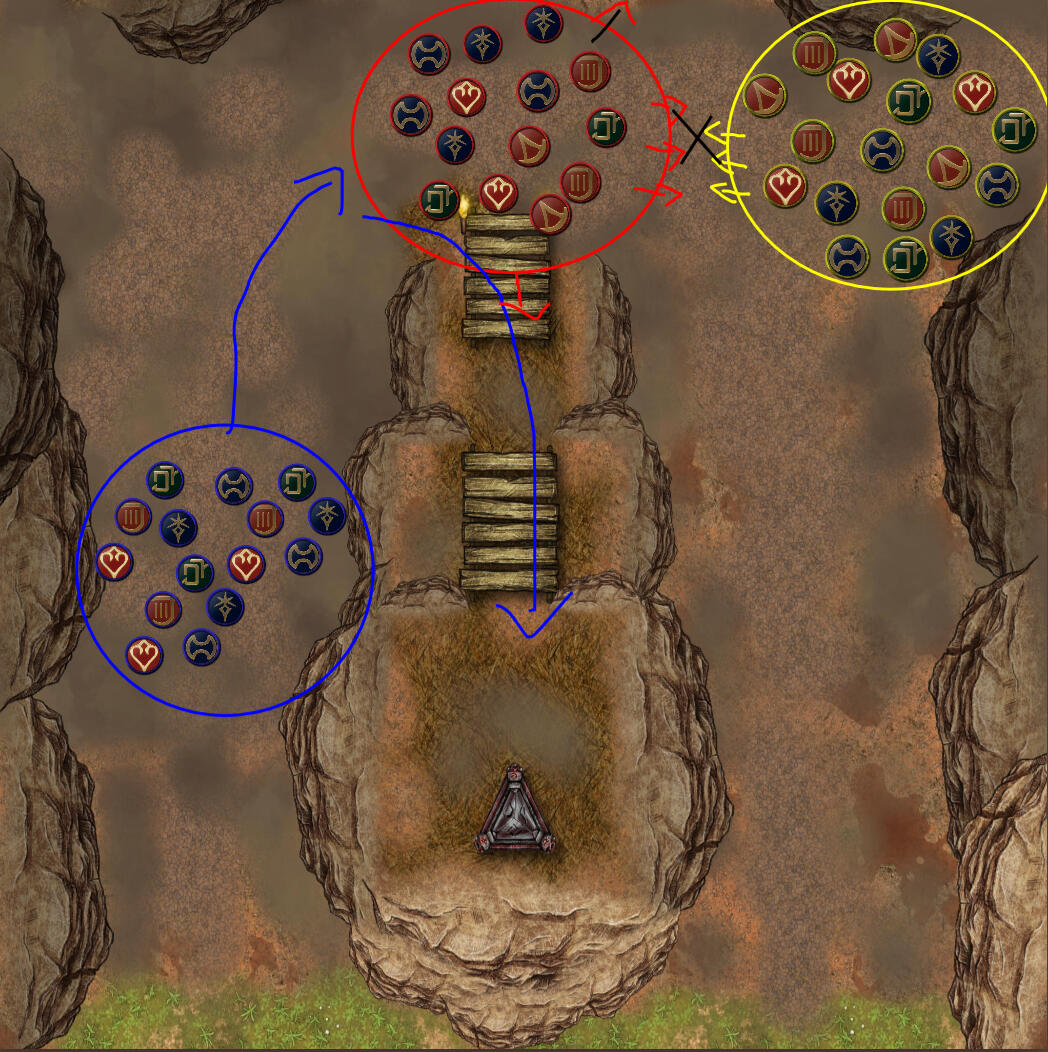
The fastest solution would be to back pedal around the cliff to the other side. We can now effectively attack and pinch Red, and Yellow has no opportunities to attack us beforehand.Red's escape routes will end up being heading up the ramp or retreating towards their spawn. It will most likely end up being half and half. This will give your team a strong chance to bulldoze up the ramp and take the node while Yellow needs to fight through Red's frontline to do the same.In terms of attack routes and escape routes, this can be a pretty negative position. If Red had positioned themselves on the high ground, we would be in a very dangerous scenario, similar to the one that played out in the Shatter 1 example.I simply am stressing that the 3 teams' positions play a major factor in whether a position is good or bad. We will talk more about this below in "Attack Angles"Also, a position is not a static place. Your team is always moving and your position is constantly updated. While being in a neutral or good position might not reap immediate rewards, a bad one can instantly wipe your alliance.
Onsal: Bad Position 1
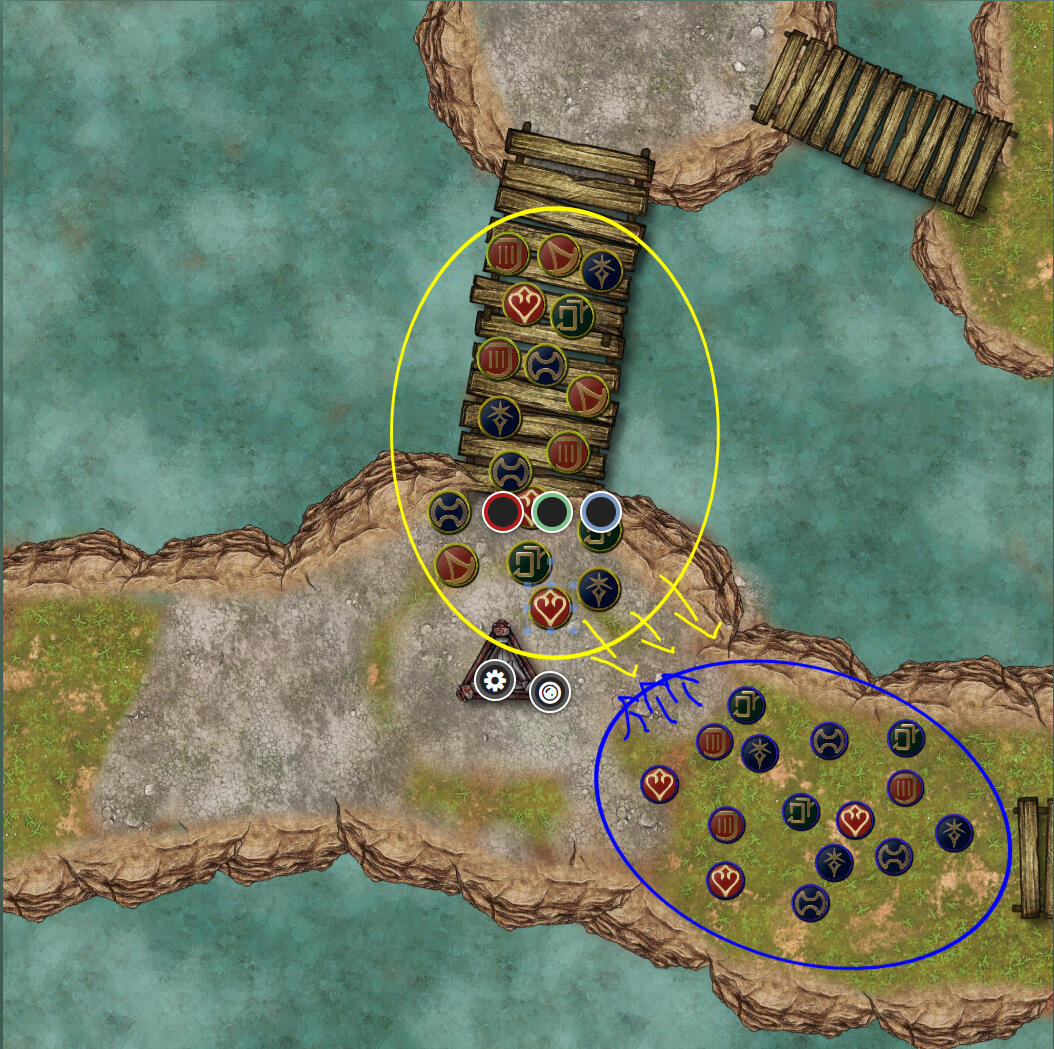
Here, we are Yellow at Onsal's Southwest node. We've ended up in a "fight" and have, in a sense, already lost. The only team not currently here is Red (the Northeast spawn), but we have a good idea of what they're probably going to do.They're gonna pinch. The question is: who?This position is bad because that is a question in the first place. We've put ourselves at risk due to poor pathing. Red could go for Blue, but they have the option to hit us as well. We should position ourselves so who the 3rd team should attack is obvious.
Onsal: Good Position 1
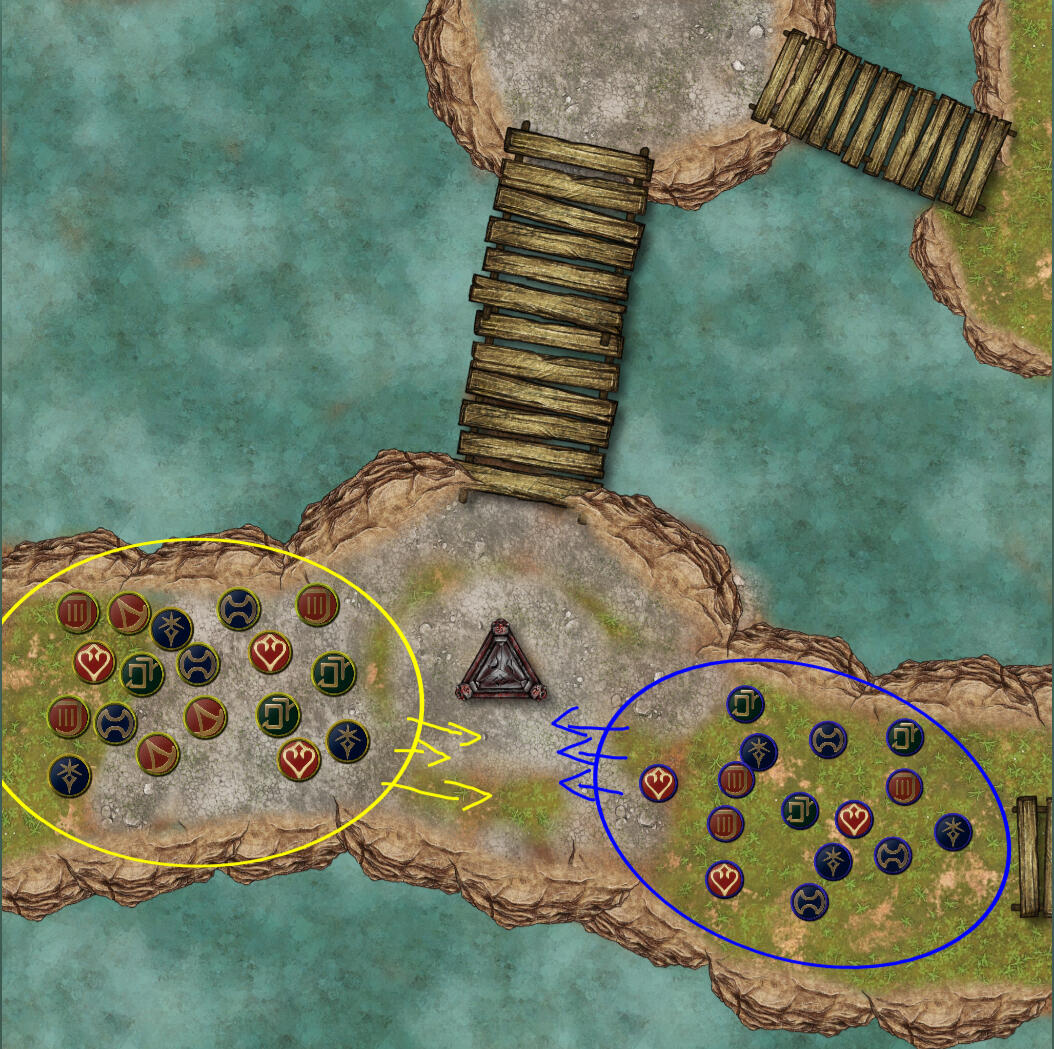
By changing our angle of attack, we've minimized our risk of getting pinched. Red in this situation, unless we have a significant point advantage, will take the quickest and easiest path to score some easy kills, and that means going for Blue.They could also enter from the North path and fumble their own positional advantage for a chance at the node. This isn't a terrible scenario either, as we can easily disengage and hit them instead.If they did decide to come for us, we have a lot of time to adjust due to the roundabout path Red needs to take to get to us. We have plenty of time to retreat and thwart their pinch attempt.
Good Positioning is one of the most important parts of winning "fights." We may not be able to beat Blue here, but when Red comes in on them, we'll be able to push up and gain the node. Positioning effectively lets us use the other teams as tools for our gain rather than adversaries.
Angles of Attack
When positioning, you need to be thinking about angles. For those who haven't taken a Math class in several years, there are 4 types.
Right: measures exactly 90 degrees and looks like and "L"
Acute: angles less than 90 degrees that look like you took ends of the "L" and squeezed them together.
Obtuse: angles more than 90 degrees that took the ends of the "L" and pulled them apart.
Straight: 180 degree angle that is a simply a line "-"
To measure your angle of attack, draw a line from your team to the team you want to attack. Then, draw a line from the team you want to attack to the 3rd team.The smaller the angle is, the more dangerous that attack is for your team. Smaller angles indicate that your team has a good chance of getting pinched by the 3rd team after you engage. They could choose to go in on the same team you are hitting, but that's less value since there's less people to kill.Conversely, larger angles indicate your team is less likely to get pinched by the 3rd team, or at the very least will give you more time to retreat or stop the 3rd team from advancing on you.
An Acute "Bad" Angle

An Obtuse "Decent" Angle
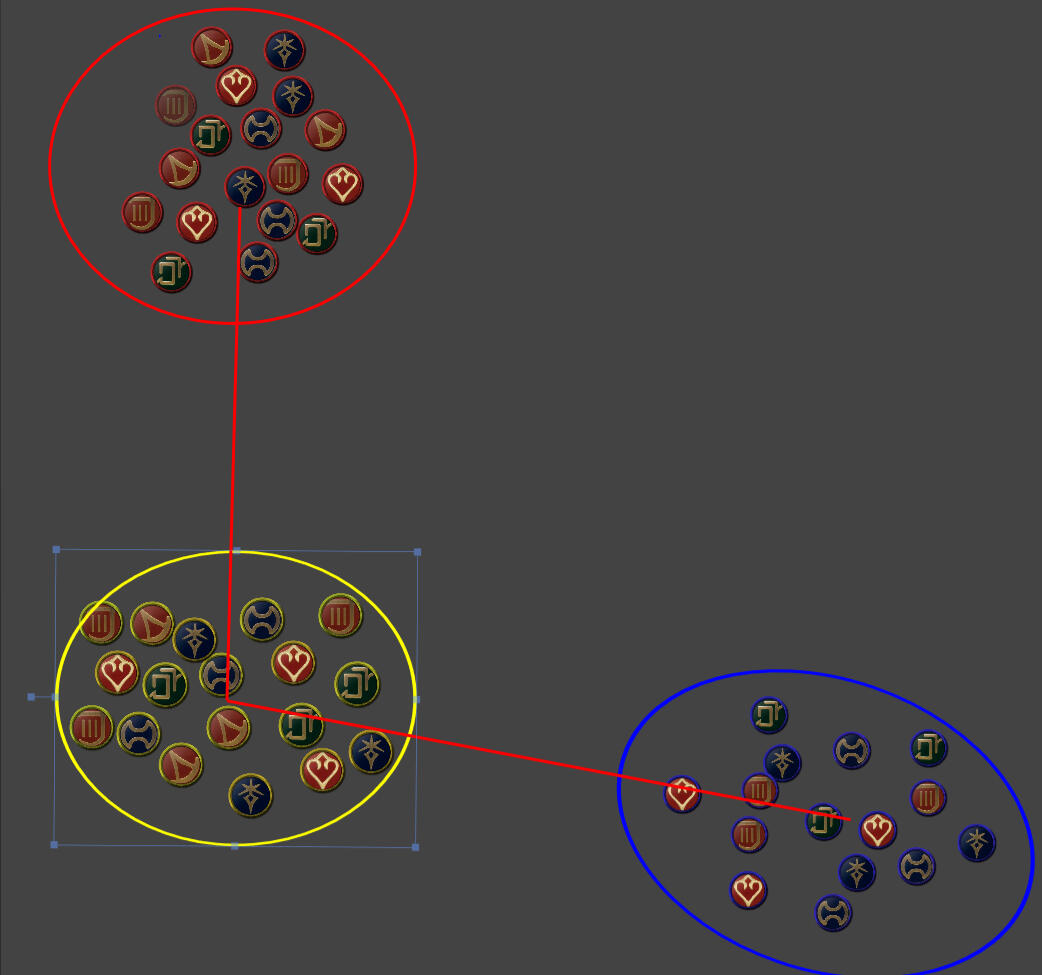
An Obtuse "Strong" Angle
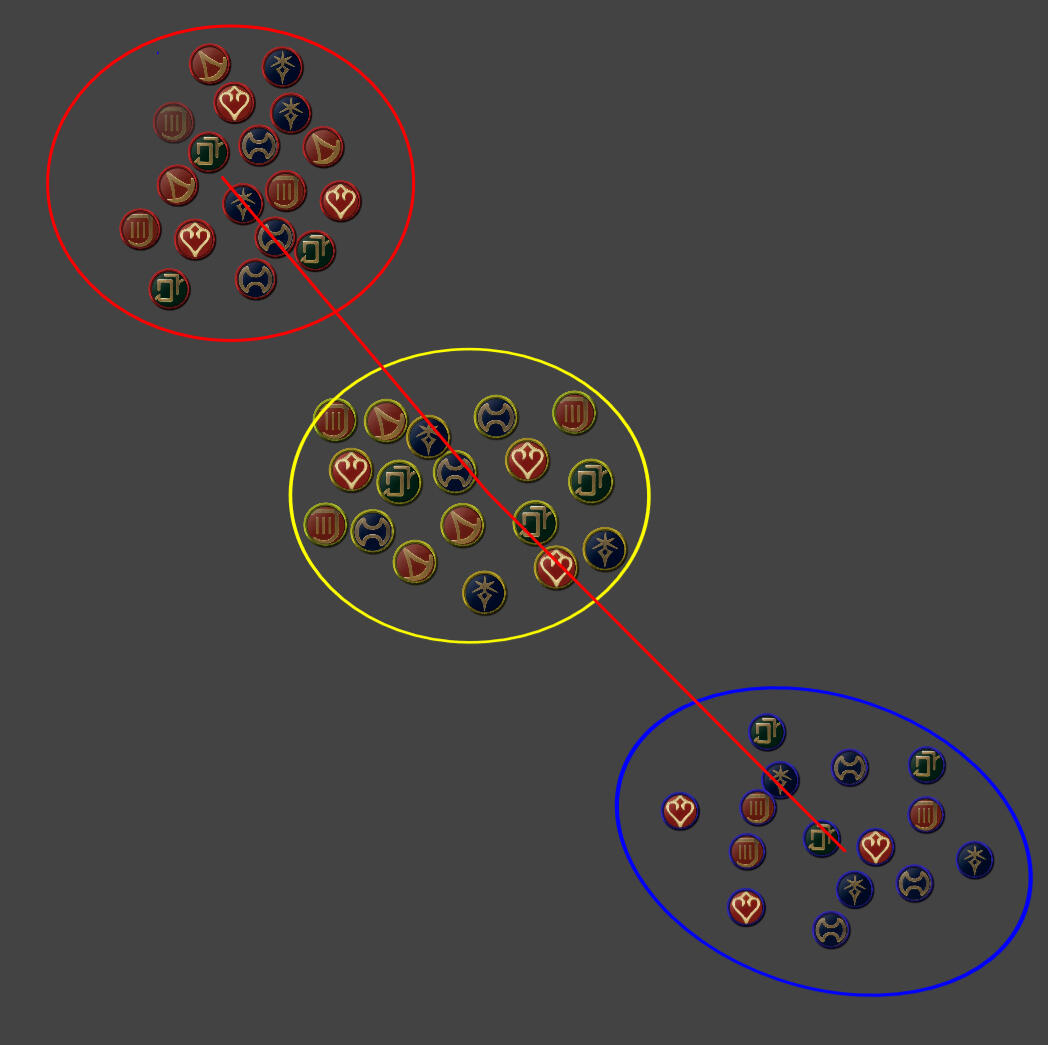
When there's less terrain to use to your advantage, you should be thinking about these angles of attack. You want your team to constantly be positioned to sandwich the team you want to attack with the 3rd.Obviously, this also means that you want to avoid being in-between any team that wants to attack you, or wants to attack the team on the other side of you. This point is especially important when in 1st place where both teams want to attack you.As a team, you need to be rotating around an engaged enemy, updating your position to avoid pinches while making the target you're attacking more delectable to the 3rd team.If you so desire, go back to the maps above and draw the angles yourself and see how the angles show good and bad positioning.
Note: Any attack angle you draw that goes through the 3rd team before the 2nd is a bad angle. Angles of attack do not account for walls, cliffs, or other hazards.
Gathering and Baiting
Funnily enough, the enemies don't necessarily want to go into a bad position. They don't necessarily want to attack either. They probably don't want to gather up neatly and make themselves an easy target. We need ways to make the enemy do the dirty work for us and then just add the finishing touches.So, how to make the enemy naturally gather themselves? As always, there's a couple of ways.
Waiting
Objective Bating
Player Baiting
Funneling
Engaging
False Retreating
Waiting
Sometimes, there's no need to be so fancy. Patience is a virtue. If you're in no real rush sitting on a node, just let the enemies naturally gather up and come too you.This is usually used in conjunction with the other options as waiting to long leads to overly passive play.
Objective Baiting
Like moths to a flame, enemies can't help but go to an objective. In some cases, simply waiting at a location just out of range is enough to get a large group surrounding a node. This is a more favored strategy in "Shatter" where the objective also happens to take the enemies' offensive capabilities away. Wait for them to gather up and use their cooldowns, then pounce on them.

Player Baiting
Have a lone player in a conspicuous spot, something that can live a long time or get away easily, like Paladin, Ninja, or Reaper. Enemies naturally gather up as they try to chase that player for an "easy" kill.
Once in position, pop out from atop a cliff or behind a wall and destroy them. Thankfully, you don't actually need a person dedicated to this (though it does help). You can use people who have overextended to similar effect. If it's your goal to be the baiter, it helps if you call out you're doing so.
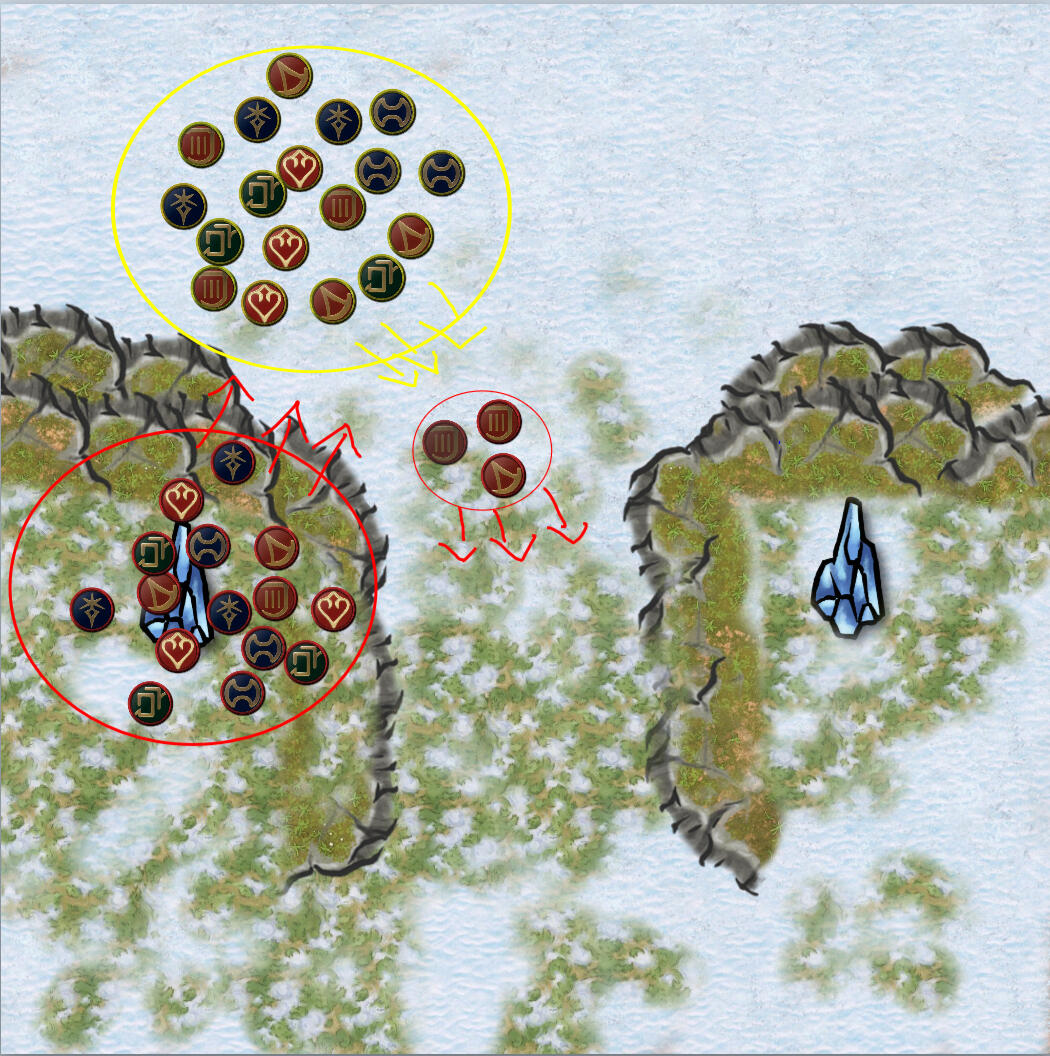
Funneling
Funnels are your friend. Have the enemy chase you into one or start a "fight" at the end of one, forcing them to condense.This is usually in combination with other gathering tactics and plays into good positioning.
Engaging
Having part of your team start a "fight" is a decent way to gather the enemy. You can have your more active bursters come in from the side or behind a weakened enemy team and crush them fairly effectively.Starting "fights" is also a decent way to lock a team in place, allowing the 3rd team to attack instead. This is usually a good thing if you're locking down 1st place, but make sure you aren't the one getting hit!
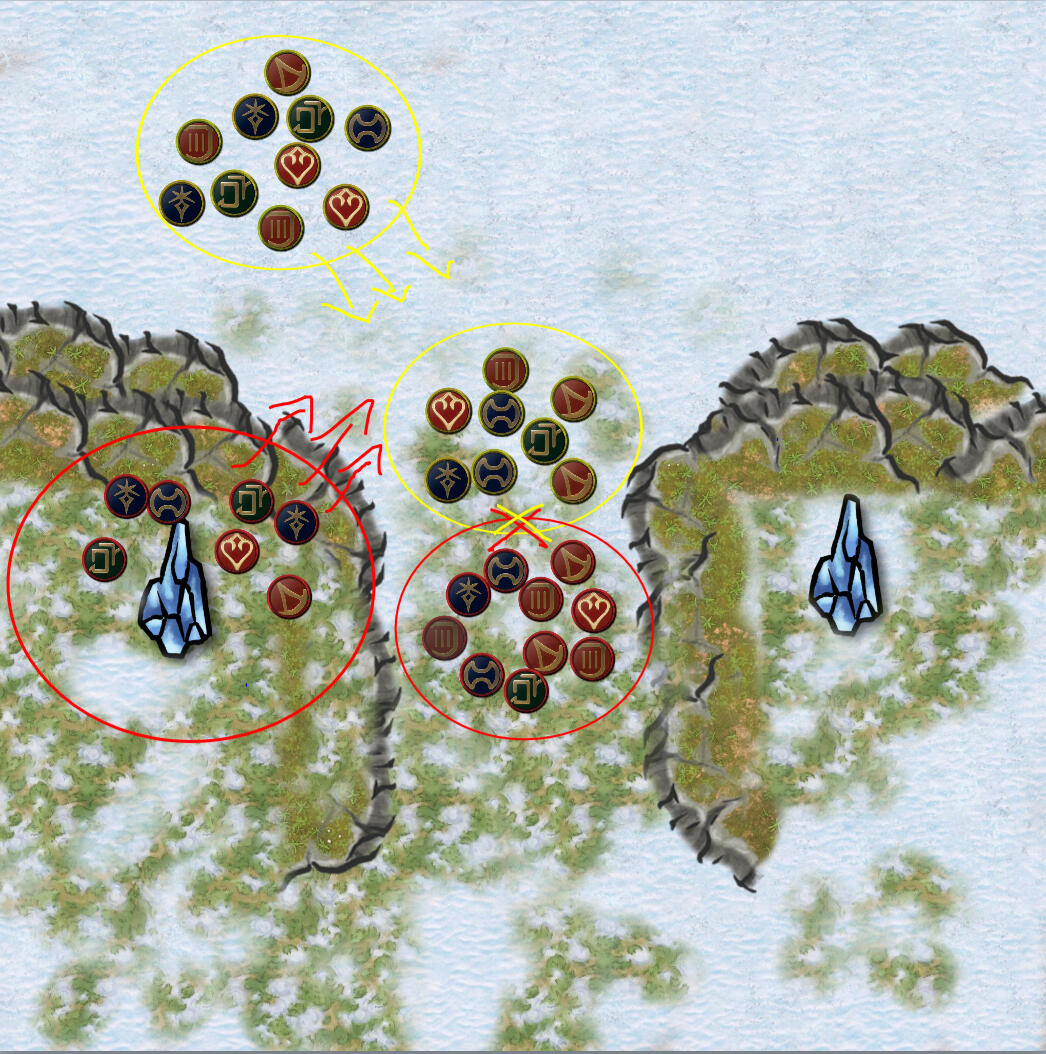
False Retreat
"Appear strong when you are weak, appear weak when you are strong"Once the enemy sees that you are retreating, they're gonna wanna chase, and that's what you're banking on. Draw them into an unfavorable position thinking that they have you beat, and bounce back on them at full strength.This is very similar to player baiting, but with the whole team.
Burst
Now that you've obtained a good position, and the enemies are grouped, it's time to go in.When bursting, it's important to try and get as much of your team involved as possible, and get as many kills as possible. Then quickly ascertain the situation to decide if you can keep pushing or need to retreat.
Roles in Burst
There are 4 major roles when using burst style game-play:
-
Guard Break: Composed of 3 jobs (Dancer, Reaper, and Warrior), but Dancer vastly outperforms the others in this role. Jobs in this role specialize in removing guard from the enemy and making them unable to act. That doesn't mean they still can't output damage, often they also still deal a ton, if not the most out of all the jobs.I like to think of these jobs as increasing team damage by 90%. Since that's how much "Guard" blocks. You pretty much want as many of these jobs as possible desyncing their LB's to ensure strong burst every pull.
-
Suction: After the enemies have been made helpless, you want to quickly suck them up even closer together to ensure that all of your team's AOE attacks hit as many enemies as possible. This and the guard break happen at almost the same time. The jobs with draw effects (Dark Knight and Sage) are best suited for this role, but you could accomplish it with well-placed knockback effects.Similar to guard breaks, you can never really have too many of these jobs. Due to counterplay, having only 1 or 2 in this role will make your efforts to burst very easy to thwart.
-
Damage: Basically, anything that doesn't suction the enemy or have CC that is stopped by guard or purify falls into this category. These people should focus on watching where the suction and guard break are and make sure their damage is going in on that spot. It is imperative that you do this. In a frustrated commander's voice... "This is your one job."You don't actually "need" people in this role, it's more of a "leftovers" spot, but having some jobs that are good in chase down and sustained damage can help keep your attack going and fill in the down time.
-
Interference: There will be enemies trying to stop your burst, Burst Stoppers (BS for short). This role comprises of jobs dedicated to stopping the enemies who are trying to stop you. They will tend to deal less damage and not contribute to the actual killing in the burst, but they will be enabling it to happen successfully, which is absolutely worth doing. Players in this role will also tend to be in charge of marking high-priority targets like commanders, dancers, and high Battle High enemies.
Timeline
Step 1

Step 2
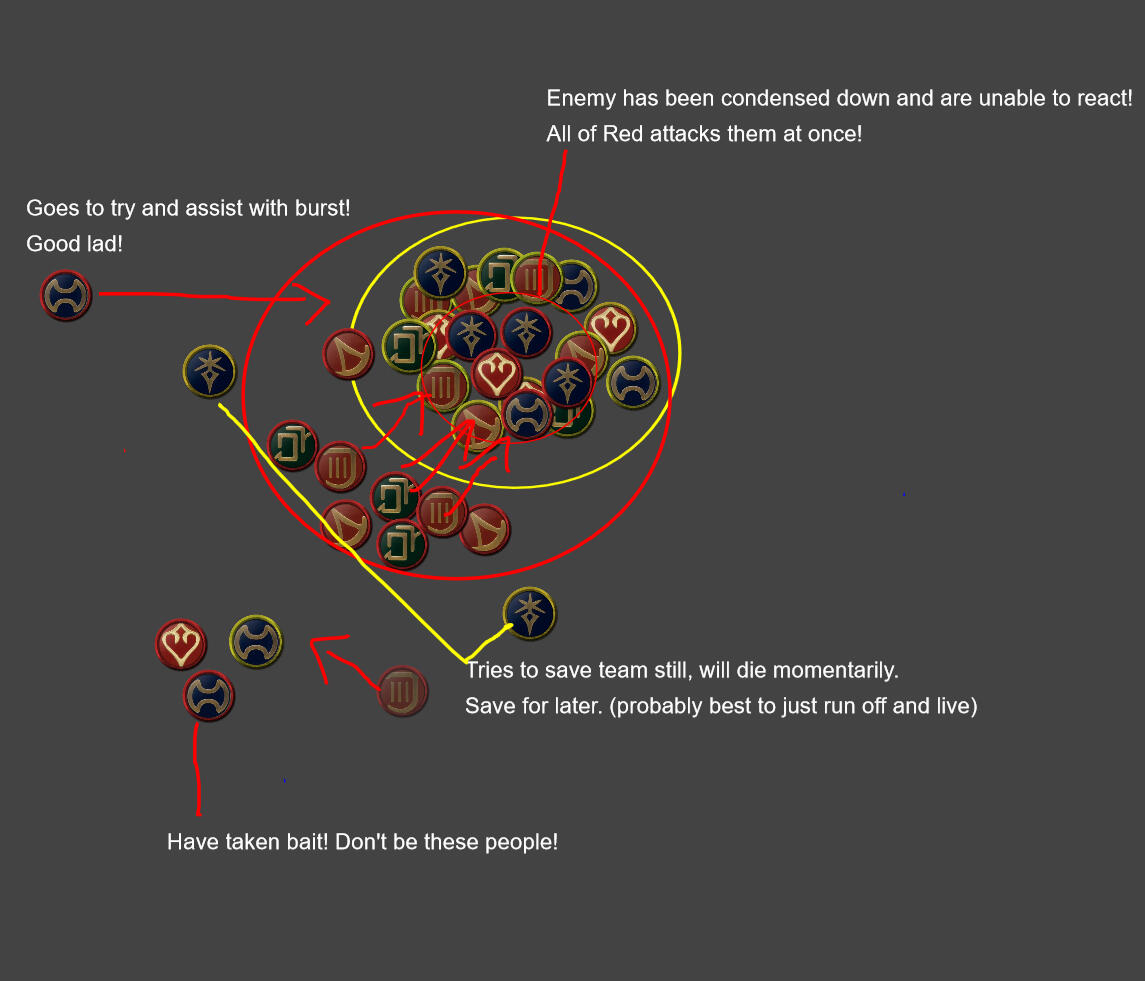
Step 3
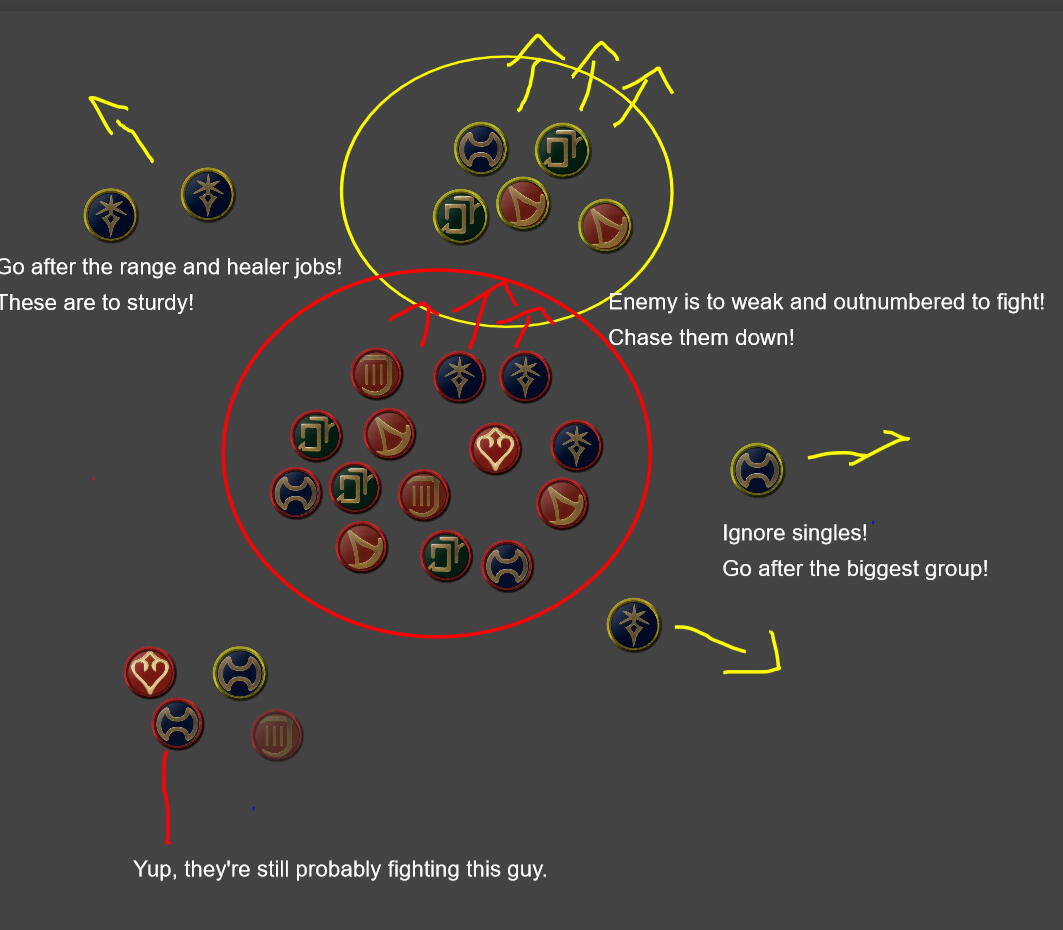
Keep in mind, these 3 pictures should be happening within 3 GCDs (the less, the better). The more spread out your burst becomes, the less likely it is that you create a rout/chase down scenario. Instead, you'll end up having to retreat and stop an enemy burst with far fewer resources at your disposal.
Stopping an Enemy Burst
The first and best way to stop an enemy burst is to never be in a position where they can do so. If the enemy can't close in because you're on the high ground, if they can't get to you without going through the 3rd team, or if attacking you means getting sandwiched between you and the third team, you should never get bursted successfully.
The first and best way to stop an enemy burst is to never be in a position where they can do so. If the enemy can't close in because you're on the high ground, if they can't get to you without going through the 3rd team, or if attacking you means getting sandwiched between you and the third team, you should never get bursted successfully.

The second best way to stop an enemy burst is to run the hell away. Are you in a bad position? Go get to a good one. Are both teams coming at you? Just leave. I'm very serious about this. Unless whatever objective you're defending is game-determinative, your life is the most important asset on the Frontline. No objective, kill, assist, location, etc., etc., is worth giving it up. There are plenty of comeback and RNG mechanics in Frontline to make up for your lost objective. Giving the enemy more Battle High while losing yours (and a ton of points) is not one of them.
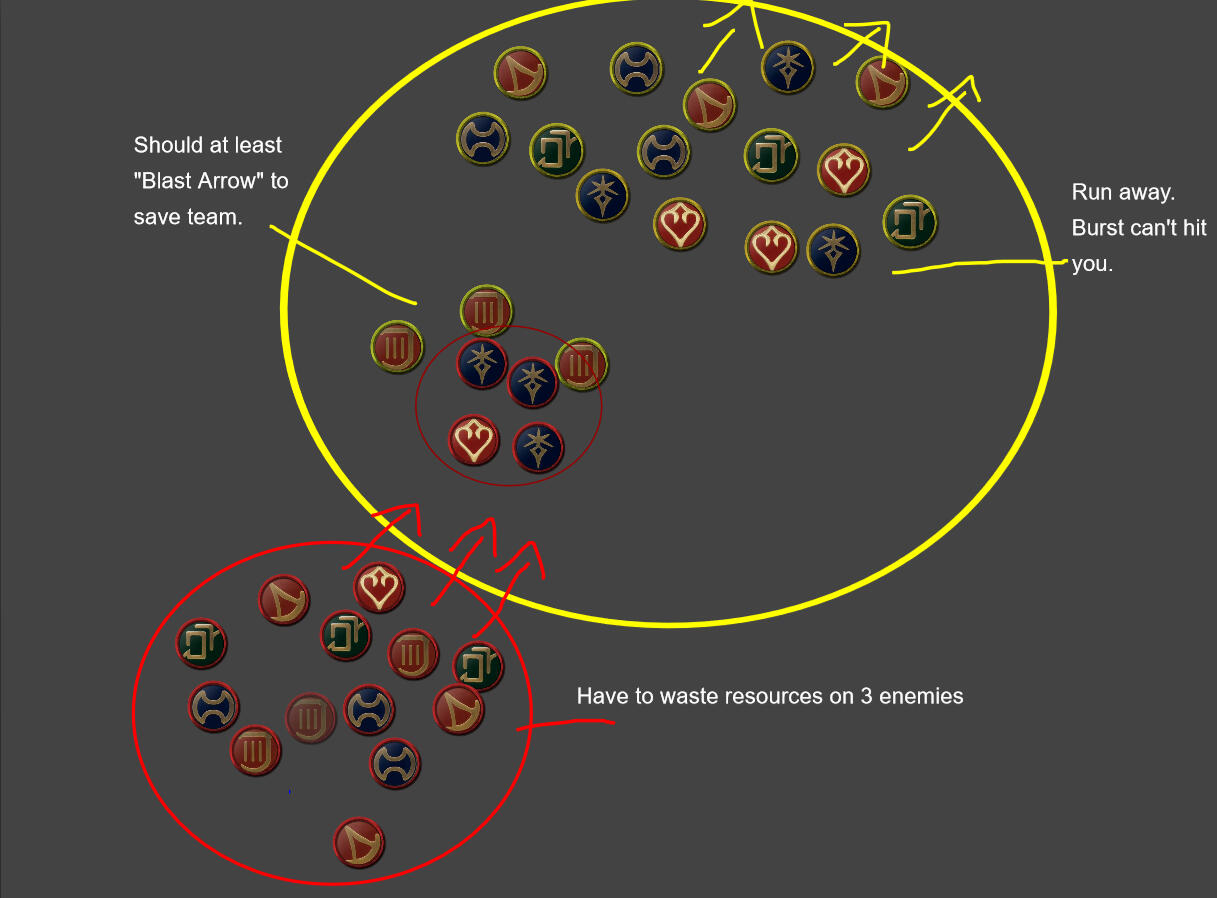
The third best way to stop an enemy burst is to spread the hell out. Most burst happens in the span of 3 GCDs in a small 10-yalm radius. Being outside this range could mean taking 0 damage from the enemy team. The more spread out everyone is, the less damage your collective team takes.
This does hinder your own offensive capabilities, but surviving outweighs having to regroup.
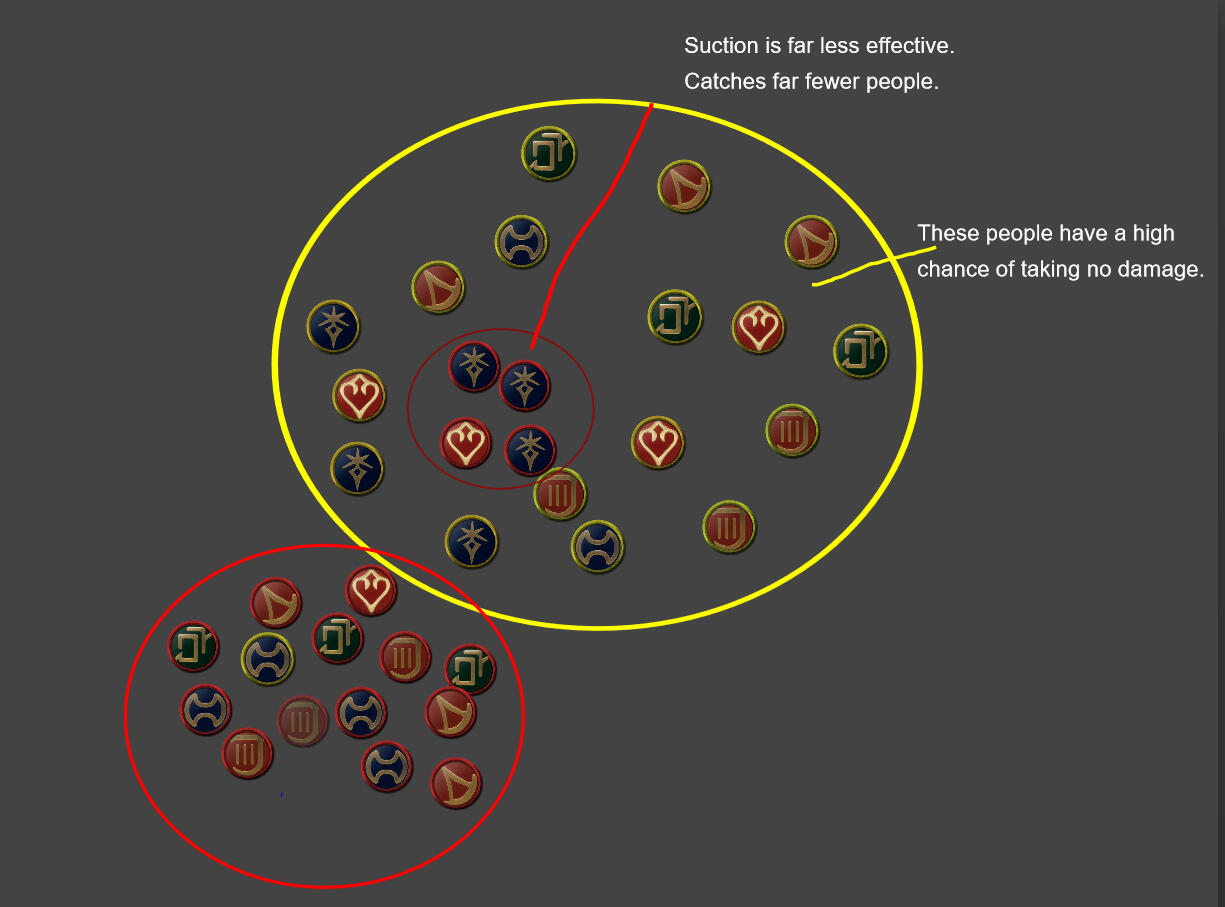
**The fourth best way to stop an enemy burst is to burst them. This is a dangerous option. If you're trying to attack because the enemy wants to attack you, there's a high likelihood that they have lots of resources and are in a good position. They wouldn't be doing so if they didn't... right?
Still, an attack could mean mutual destruction, fewer deaths overall, or actually be a complete success.
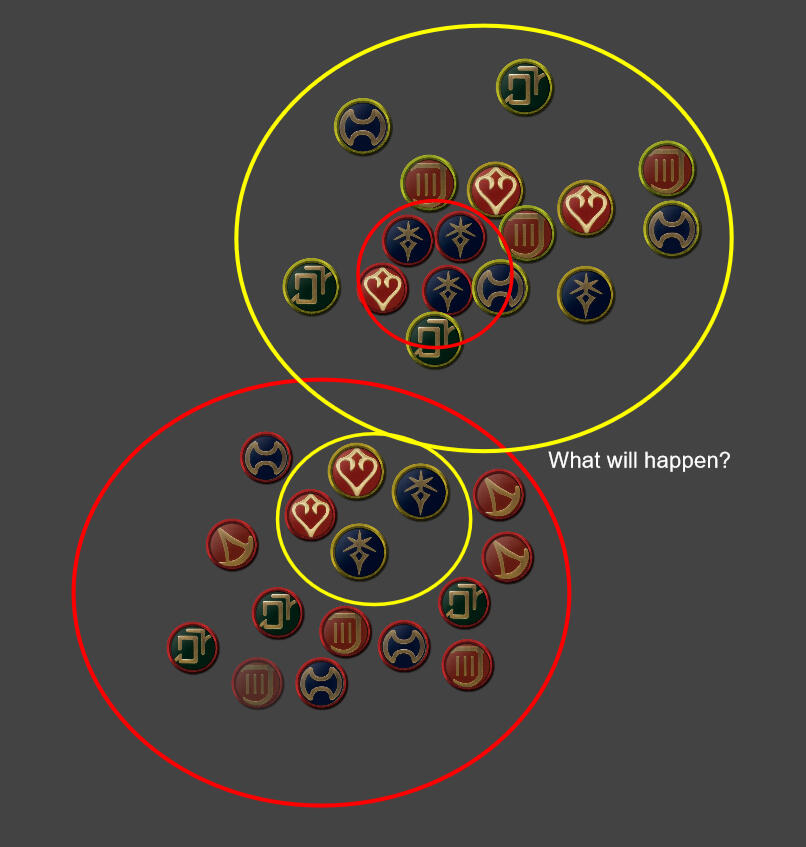
Tied with 4th is de-syncing the enemy burst. This is utilizing "BS" to spread out the incoming damage. If you can successfully cut off the guard break and the suction from the DPS, then the enemy can't kill effectively. More so than before, the enemy team needs to attack together. By using some of your resources to spread them out and stop them from guard breaking, suctioning, or DPSing, you've effectively crippled their burst.
This will then let you burst on them more effectively in the crackback.
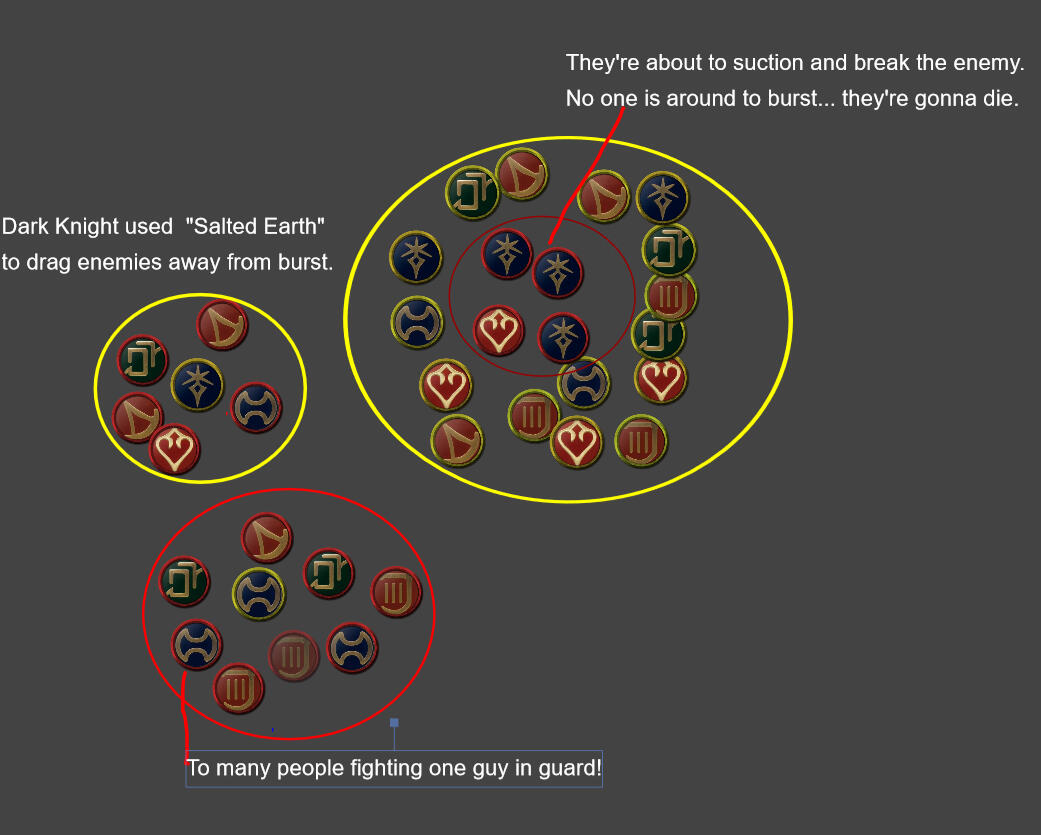
Routing the Enemy
If you successfully burst, most of the enemies are dead and the remaining ones are thrown into disarray.Routing the enemy is about cleaning up the rest.Now, these are basically free points, but you need to remember that this is really an inefficient means of gaining said points. Moments before this section, you bursted the enemy and "should" have killed over 5+. You're now killing 1 enemy every 3 GCDs if you're lucky.Also, keep in mind that chasing enemies is going to put you in a bad position. The longer you chase, the bigger risk you put yourself in from getting bursted by the 3rd team, or the team you just killed regrouping.Finally, make sure you are comparing the values of chasing the enemies/earning battle high, and focusing on other things like regaining a favorable position/capturing objectives.I only emphasize the danger because this is easily the most dangerous section of the "Flow." You stand to gain very little while risking a whole lot more.
It's better to take your winnings and leave than risk losing all that you've gained.A telltale sign of bad players are players that stay in this phase for too long and die.As for actually being successful in your chase down... mark closest enemy target, kill, repeat. Continue until you can't.
Retreat
Retreating is all about returning to a good position as quickly as possible while losing as few people as possible. Without fail, someone will try their luck, greed a kill, or just not be listening to the calls. This is normal. Just ensure it isn't you, and you aren't losing more people in the retreat than you ended up killing.The main thing to keep in mind about retreating is the 3rd team's location. You are in your weakest state at the moment, and they "should" be taking advantage of that. Also, a retreat does not mean moving towards spawn.
In general... your spawn is a weak location that doesn't offer strategic value. Most NA teams don't know how to retreat back up against its wall and abuse invincibility, so it becomes even weaker.Retreating lets you elixir and regain resources to set up for the next burst. Remember what we said earlier. Burst lets you get a ton of battle high and points while minimizing risk. You want to do them as often as possible. Constant aggression isn't sustainable. The longer you stay out, the more disjointed your attacks become from the rest of your team's. Use this time to realign your CDs and see who's guard breaking next!One last thing, if you're late in your retreat, then do not drag the enemies back into your team. Leaving late is on you, don't put your team in a bad position by having the enemy chase you. If they're going to kill you, stall out as long as possible, run towards the 3rd team, or back towards the attacker's spawn to prevent your team from suffering further losses.
Roles
Every player has a job, and no, I don't mean of the job stone variety. The role you take in Frontline is about how to create value for your team. You can measure this in points per second (PPS). Whenever you're doing something in Frontline, you should be thinking about maximizing your and your team's PPS.
Commanders:
These players use a combination of markers and macros to direct the main force of the team towards optimal objectives, attacking at opportune times, and keeping the team alive. Their effectiveness is tied to how well a team can follow and perform with their callouts. They'll usually boast some of the highest win rates among the player base as well.
Just keep in mind... everyone starts from somewhere, and a "bad" commander can often be better than no commander at all.
If no one on your team is taking up the mantle, you should. There should always be 1. No more... no less.
Soldiers:
The main force of the team. These players work with the commanders and focus on the highest priority objectives/targets. They can utilize several macros to deliver key information like if their LB is ready, if a pinch is incoming, or a game-determinative event is happening, but will usually be more tacit.
These players are extremely vital to a successful burst. The team needs Guard Break, Suction, and Damage. Every player contributing means more points and battle high for everyone!A majority of players should be operating in this role.
Guardians:
These players protect out-of-the-way objectives. They should also be the ones further out from the group predicting spawns. This is not your avg afker, mind you. These players specialize in stalling, dueling, and knowing when to vacate a position.
Guardians add value to their team by holding these objectives when you would otherwise lose them. I'm sure many of us can remember that 1 lone ninja going and capturing a base node that could have won your team the game. These players are preventing that.You usually don't want any more than 3 people watching a node, though. 2 if you have multiple out-of-the-way objectives to hold.It helps to let others know you have the node covered and others should leave, or if you need help due to a large number of reinforcements.
Mavericks:
Similar to guardians, these players operate outside of the main force. They do a myriad of different things such as scouting, capturing far-out enemy objectives, baiting enemy teams into each other, or acting as bait for the main force. They're typically very strong players specialized in killing out-of-position players or have high mobility and survival tools.Optimal group size is a premade, but great for strong solo players. Remember to judge your value against whether your main force can kill without you or not.It helps letting your team know what you're doing so they don't get in the way of your plans.
Coordinated:
Cordinating burst is the most effective ways to win games. Jobs that contribute to this playstyle stand at the top, while those that play outside of it are rated less highly.
Having a healthy dose of "Enablers" is mandatory for your team to not get shut down every engage.
Many people will see one good dark or one good dancer and assume that will be enough when all it takes to ruin every pull is a single monk or machinist.
I mean this to say, that if you want to use this style of play. Then playing and mastering these 2 jobs should be one of your top priorities. A team of 12 darks and 12 dancers will probably roll over any match simply because your engages couldn't be stopped.
The other jobs are certainly important and offer many things that the top two can't, but they need to exist on a strong foundation of suction and CC.
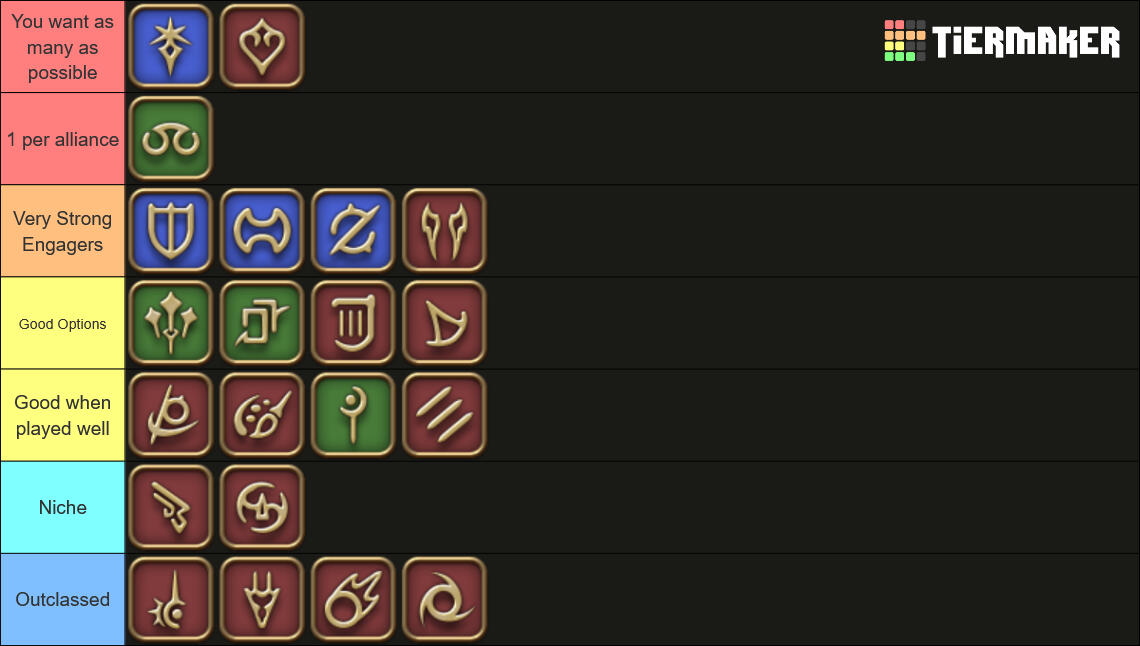
"You want as many as possible" - These jobs stack very well. More people playing these jobs directly increases your WR.
1 per alliance - 1 scholar in your alliance is bringing incredible utility with its heal down stacking and massive AOE. Every scholar after that brings much worse damage and far less utility that I can't recommend bringing extra when you could be having another Dark or Dancer instead.
Very Strong Engagers - These jobs hold ground and deal a lot of damage. Darks and dancers are rather frail and aren't dealing the most damage, but these guys really add in the support to make everybody shine.
Good Options - These jobs can't hold the line like the above tier, but still bring a lot of things like buffs and CC that make them solid pick-backliners.
Good when played well - These jobs are tecinally fine, but require more finesse to use correctly.
Niche - These jobs do 1 thing well, and it's usually not the most amazing thing, but they're really the only ones that can do it.
Outclassed - These jobs just have something that's better than them.
Uncoordinated:
When playing without a commander. Jobs that can deal a lot of damage and secure kills reign supreme. Being able to take hits for your team is important as well.
I don't see much reason to go in-depth here, as the best thing to do when playing with an uncordinated team is to start coordinating them.
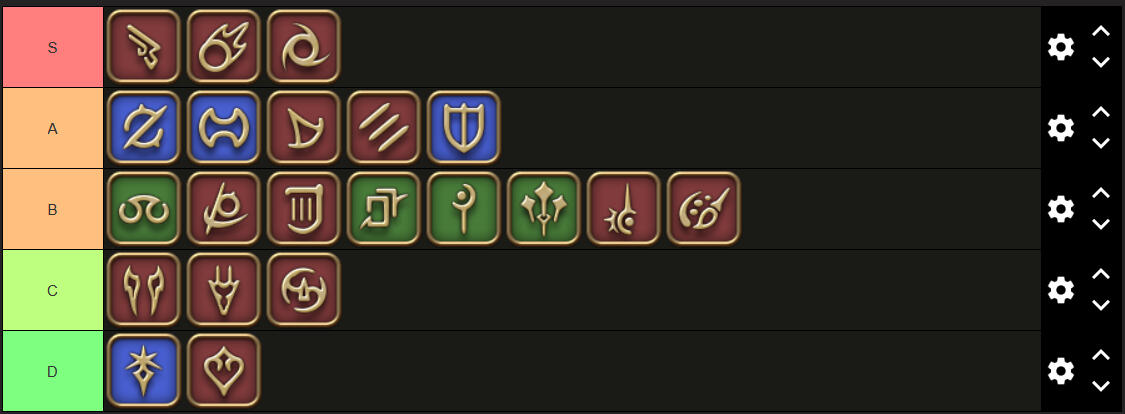
Jobs
Allow me to preface this section with: all jobs are not created equal. Everything will have a niche, but that doesn't mean it's good. Choose a job that you like to play, but also... if you want to win the choices of what you should pick are obvious.Anyone can make a job powerful with skill, but it's about the effort required, and there are things that other jobs just can't do. No other job can bring as many enemies together as a Dark can, and no other jobs can CC an enemy like Dancer can. In a team based game like Frontline, a specialized job will fare better when you are working together.To consistently succeed as an alliance, you need a strong foundation of "Enablers" to open up opportunities for your team to destroy the enemy. If you only have 1 or 2 strong jobs that can initiate, then they'll easily be shut down and your team will lack the capabilities to burst effectively thus making this guide and advice rather pointless.It's fine to play these lower end jobs in your alliance, but if you are seriously trying to win your games then you need to have these higher end jobs in your back pocket so if your team needs them you can pitch in.
Coordinated:
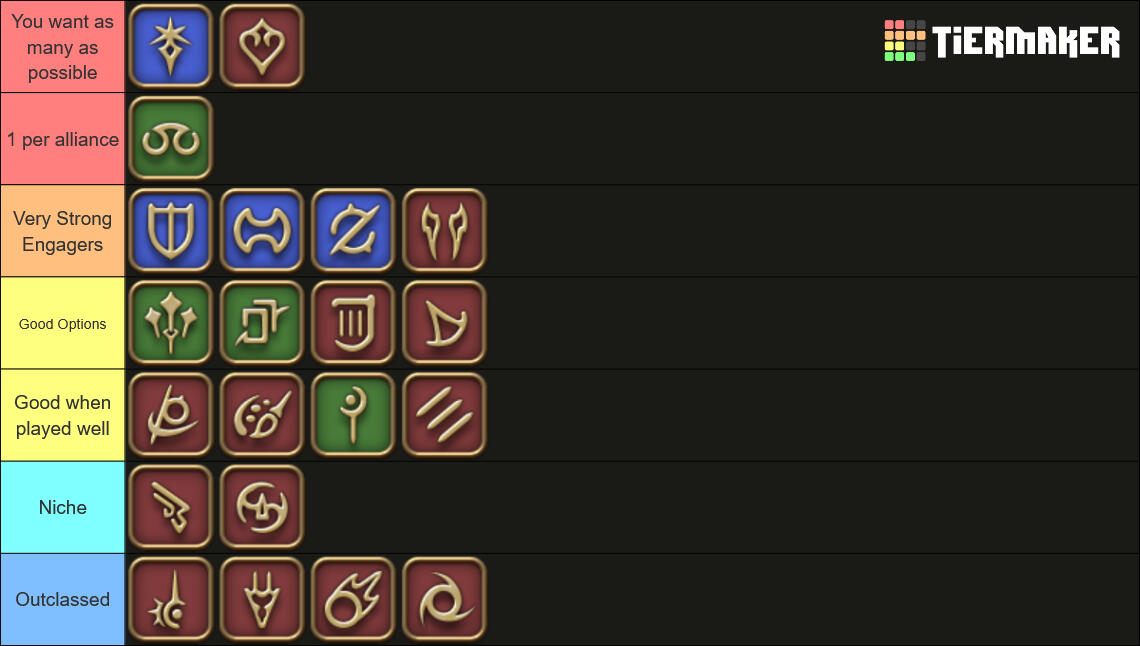
No Calls:
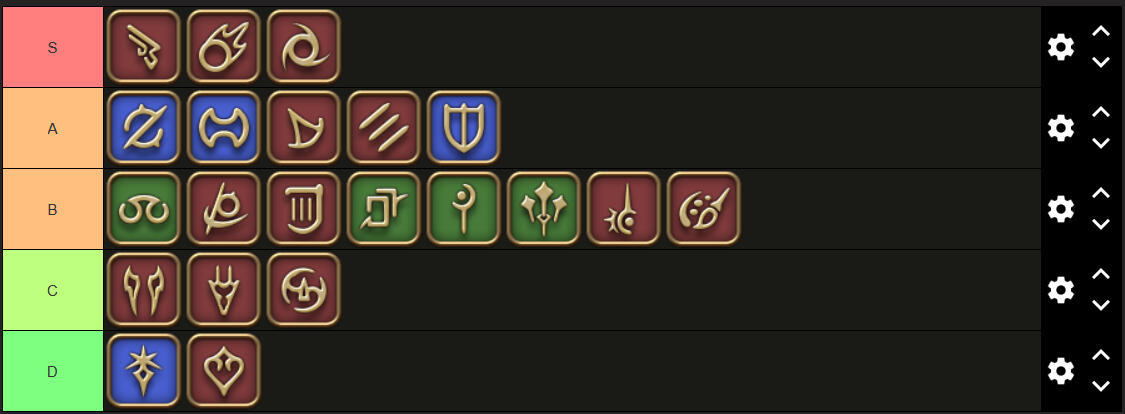
Tanks:



Stats
Burst Damage
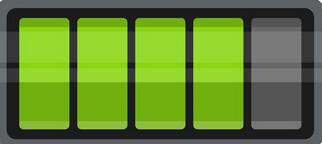
Sustain Damage
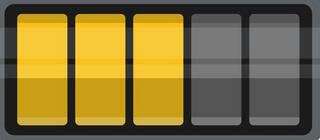
Crowd Control
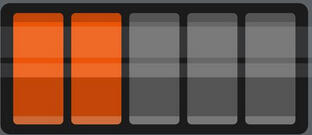
Utility
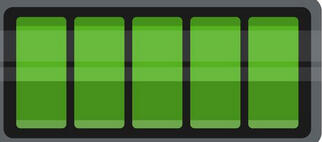
Survivability
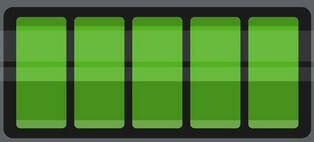
Mobility
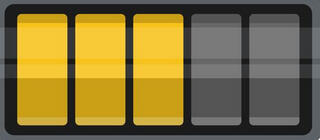
Roles
Commander

Solider

Guard/Mav

Solo

Normal Burst

(No "shield smite" icon)
LB Burst


Pros:
Invincibility
Offers tons of suport to the team
Low CD stun for routs
Cons:
Clunky/Mid Damage
Long LB Charge Time
Paladin is an absolute monster right now.
With the nerfs to purify duration, Paladin being able to completely negate CC and damage for a party member is an absolute game changer.
But not only that, it has an absolute nasty burst with a 3 second heavy that makes it extremely valuable even when not covering.
-
Still, covering high-profile engagers such as Dancers or Dark Knights can make the Paladin a true MVP in any match.
-
Paladin also makes a decent guardian or maverick, easily able to withstand multiple enemies attacking it while it continues to chip away at them.



Stats
Burst Damage
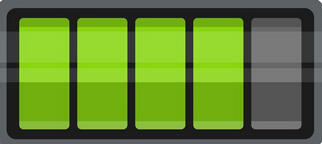
Sustain Damage
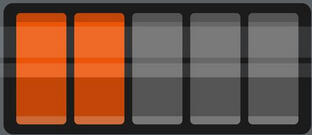
Crowd Control
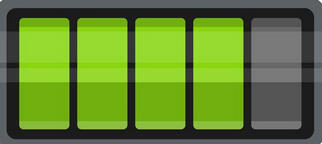
Utility
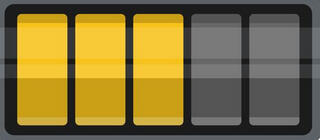
Survivability

Mobility
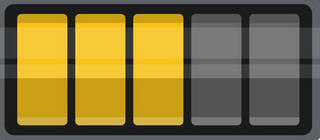
Roles
Commander

Solider

Guard/Mav

Solo

Normal Burst

LB Burst


Pros:
Great Damage
Guard Break
Pulls enemies out of position
Cons:
Few escape options
Low sustain damage
Aiming Lb is difficult
Warrior is a strong option in any role. High damage, high utility... it has it all.
Using Primal Rend to lock enemies in place, remove their guard with LB, and then bind them afterward makes for a strong engager who can rough it solo, in a premade, or as a commander.
-
It functions quite well in the interference role as well, thanks to its pull ability "Blota." Singling out high-profile targets is a key utility you're bringing.
-
It's alright as a guardian or maverick, but its low sustain damage shows its head more here, and doesn't quite have the staying power of other tanks in these situations.



Stats
Burst Damage
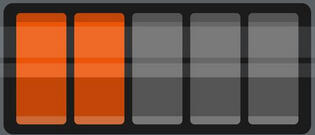
Sustain Damage
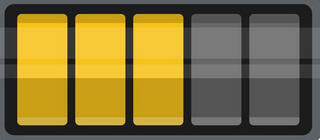
Crowd Control
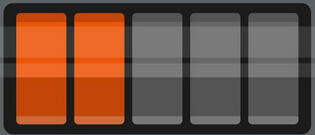
Utility
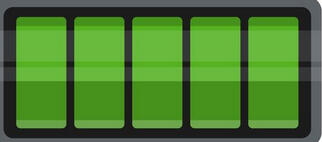
Survivability
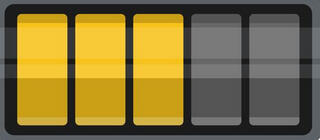
Mobility
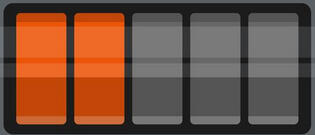
Roles
Commander

Solider

Guard/Mav

Solo

Normal Burst

(No "plunge" icon)
LB Burst


Pros:
Suction is Great Tool
Tanky with invincibility
Cons:
Slow LB Charge
Low Damage
Damage cost HP
Needs team support
The commander's job. A staple of the Frontline, and still probably the biggest enabler out of all the jobs. As an engager, you want to use "Salted Earth" to suction as many enemies as possible to increase your team's overall DPS. If you can stay in after, that's extra damage, but your job is mostly about getting in and getting a good suction.
-
"Salted Earth" can also be an amazing interference tool, suctioning enemies away from their pull, spreading out enemy damage.
-
It can function as a guardian or maverick, but only to stall. You'll be lucky to actually get a kill solo, and your "Salted Earth" becomes a wasted ability.



Stats
Burst Damage
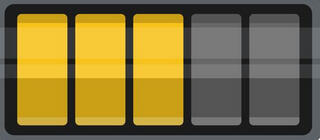
Sustain Damage

Crowd Control
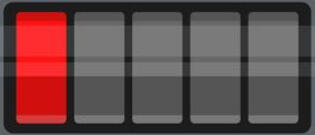
Utility
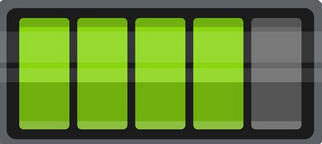
Survivability
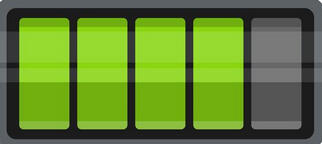
Mobility
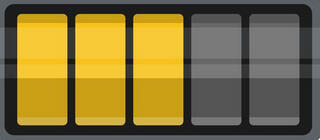
Roles
Commander

Solider

Guard/Mav

Solo

Normal Burst

(No "Rough Divide" icon)
LB Burst

Pros:
Good Single Target Damage
Punish enemies for hitting you
Cons:
Low Damage
Small AOE
Easy to mess up LB
With the new additonals added back to the game along with recent buffs. Gunbreaker has become an absolute juggernaut of a tank. It can use LB in conjection with rampage for massive damage up on enemies or take rampart and become neigh unkillable while enemies wail on them uselessly.
It can still struggle if enemies ignore them, but gunbreaker has definitely become a strong option that, with the proper support, becomes amazing.
Healers:



Stats
Burst Damage
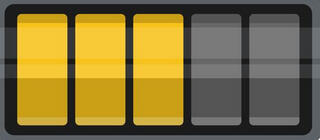
Sustain Damage
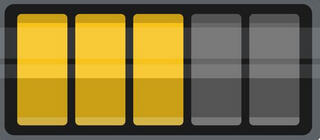
Crowd Control
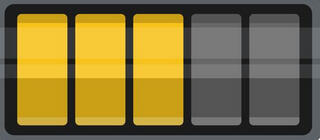
Utility
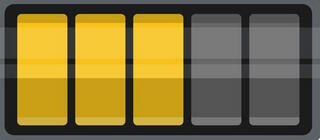
Survivability

Mobility
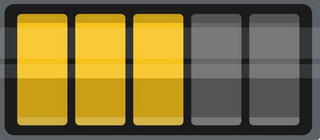
Roles
Commander

Solider

Guard/Mav

Solo

Normal Burst

(No "Seraph Strike" icon)
LB Burst

Pros:
All rounder
Great party buffs
Good Healing Output
Extra CC immunity
Cons:
10% Damage Penalty
Healing has cast Times
No mobility options
White Mage may never be the "best" choice in any given play style, but it can effectively fill every role, be it engaging, damage, or interference. Using LB to stun enemies, ensuring your team can get in, is invaluable, or using it as interference to make sure the enemies can't reach you.
Your burst also has built-in mitigation and extra healing to keep your party alive from counter attacks.
Polymorph on key targets remains a strong tool for stopping engages as well.
-
It doesn't function in the maverick and guardian roles very well. Focus on supporting your team to make the most out of this job.



Stats
Burst Damage
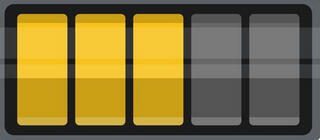
Sustain Damage
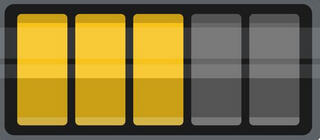
Crowd Control

Utility
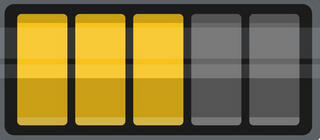
Survivability
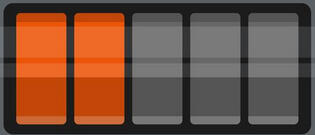
Mobility

Roles
Commander

Solider

Guard/Mav

Solo

Normal Burst

LB Burst

(No "Seraphic Halo" icon)
Additonals really flesh out scholar's kit and make it a strong option... but only truly powerful when there's one in an alliance.
-
Scholars extremely powerful de-buffing doesn't stack, so the value after the first one is greatly diminished.
Its support potential is not terrible. Having a 10% damage and defense up every pull is powerful, but something like bard would probably fulfill this role better.
If you're the only one in your alliance, you're being extremely useful, but if there's multiple consider switching off for another job.
Pros:
Big Shields at BH5
Better for long "fights"
AOE CC cleanse.
Cons:
10% Damage Penalty
No Damage
Team Dependent



Stats
Burst Damage
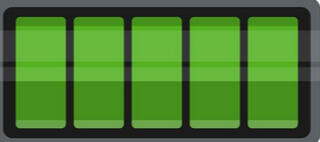
Sustain Damage

Crowd Control

Utility
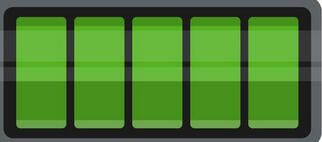
Survivability
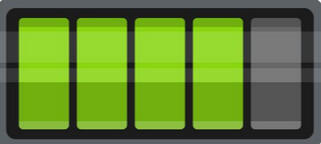
Mobility
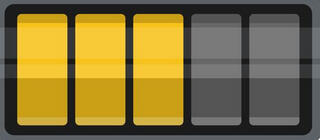
Roles
Commander

Solider

Guard/Mav

Solo

Normal Burst

LB Burst

You may choose to use "Macro" 1st to hit more enemies before the Dark Knight Suction.
Pros:
Strong Burst Damage
Mobility, shielding, healing
Burst is fully at range
Cons:
15% Damage Penalty
No sustain if burst fails
Easily being able to deal the most damage, do the most healing, and have little trouble with escaping danger, astro is one of the best jobs in Frontline. That being said, it needs the support of the Dancers and Dark Knights to truly shine.
-
This is a team oriented job. Focused on bursting effectively and keeping your party alive. Acting as interference or being a guardian is not how to make this job shine.



Stats
Burst Damage

Sustain Damage
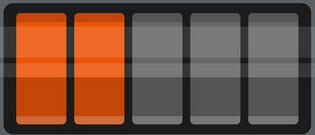
Crowd Control
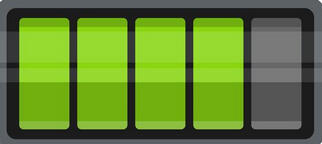
Utility
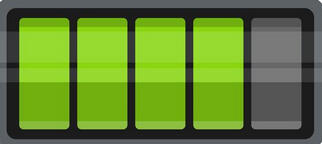
Survivability
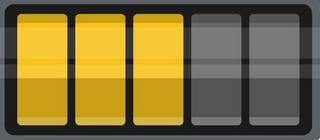
Mobility
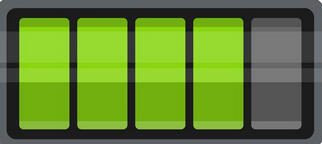
Roles
Commander

Solider

Guard/Mav

Solo

Normal Burst

(Pneuma can also be used last.)
LB Burst

Pros:
Suction CC is good
Debuffs are stronger then buffs
nullify damage completely
Cons:
Has to play risky
big hit has cast time
Long LB charge
There is a lot to love about Sage, such as giving invincibility to your party, having a draw-in effect, providing AOE shields, and increasing damage enemies take.
It ends up being a solid pick as a commander or solo quer.
-
Its main strength comes from team play and maximizing your team's damage and survival. There are much better choices for a guardian or maverick.
Melee DPS:

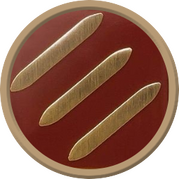

Stats
Burst Damage
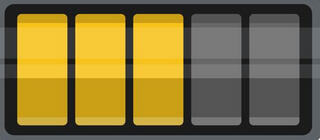
Sustain Damage
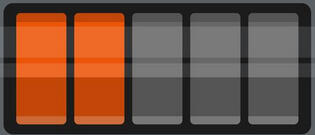
Crowd Control
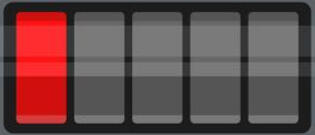
Utility
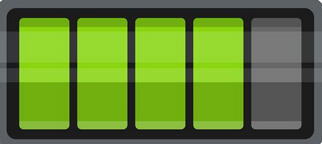
Survivability
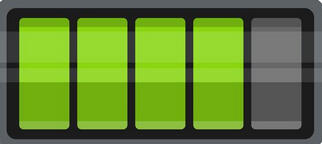
Mobility
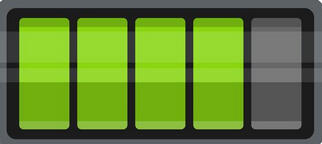
Roles
Commander

Solider

Guard/Mav

Solo

Normal Burst

LB Burst

Monk LB is situational.
Pros:
Good mobility/support options
Able to call out high priority targets
Able to Burst at range
Cons:
No interference outside LB
Monk LB is one of the most nasty tools to stop a burst. Its knockback can also be used for burst or interference. It does have some dueling potential, so it's not a bad option as a guardian or maverick either.
-
Making the most out of Monk is about how you should be playing and shifting which playstyle you're in as needed.

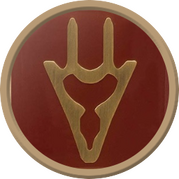

Stats
Burst Damage
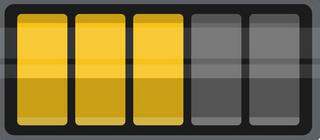
Sustain Damage
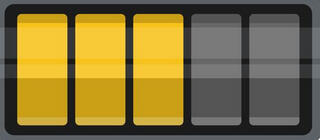
Crowd Control

Utility

Survivability
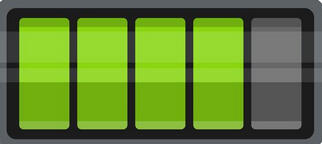
Mobility
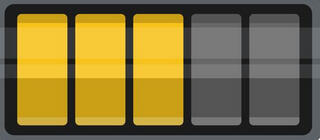
Roles
Commander

Solider

Guard/Mav

Solo

Normal Burst

LB Burst


Pros:
Good mobility with extra CC cleanse
Still strong burst with BH
Cons:
No CC or utility
Damage is worse then jobs who do bring it
The increased defenses of other jobs and the nerfed damage hinders Dragoon's ability to standout. When you aren't the top dog at dealing damage, not being able to contribute CC or other utility hinders a job's viability.
Still, if other jobs are present with that CC and utility it can perform quite well as a safe DPS.
-
Having no personal utility and a weak single-target kit means it's much stronger when used in combination with burst and not as a guardian or maverick.



Stats
Burst Damage
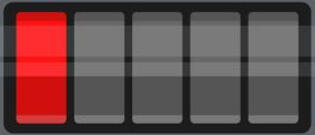
Sustain Damage
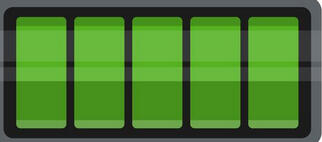
Crowd Control
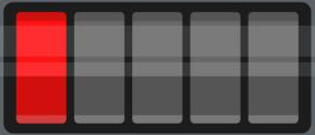
Utility
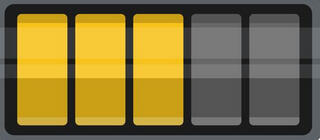
Survivability
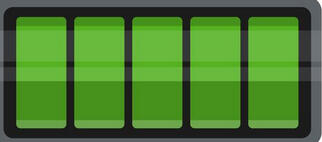
Mobility
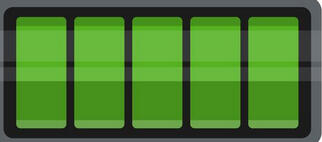
Roles
Commander

Solider

Guard/Mav

Solo

Normal Burst

LB Burst

Ninja LB is situational.
Pros:
Amazing for routing enemies
Great Mobility and Single Target CC
Cons:
Hard to pick up and play
Small burst
"win more" job
Ninja is a versatile job that really gets to shine when your team routs the enemy. Ninja, with its multiple stuns, instant kill chaining (or making sure a commander dies), and multiple range options, make it a strong choice as long as your team can actually get to that phase.
-
It also makes a decent interference unit with its double stun or smart Doton placement. It can also function as a strong guardian or maverick-style player thanks to these tools and its strong LB.

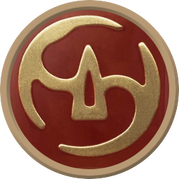

Stats
Burst Damage
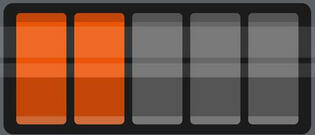
Sustain Damage
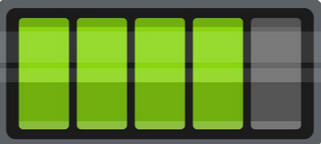
Crowd Control
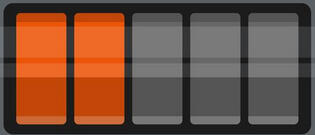
Utility
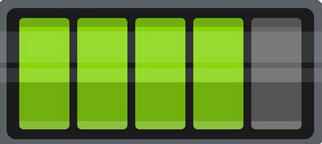
Survivability
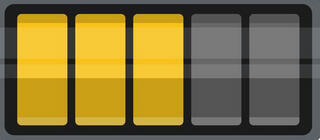
Mobility
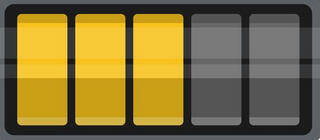
Roles
Commander

Solider

Guard/Mav

Solo

Normal Burst

(no icon for Chiten -> Soten)
LB Burst

Make sure the enemy hits you first.
Pros:
LB is unfair
Extra CC cleanse
Decent at everything
Cons:
Cast Times
10% Damage Penalty
The increased tankiness of all the jobs makes Sam LB much more valuable. It also got more AOE burst options and survivability. Melees are still in a rough spot, but Samurai will be able to accomplish more than they did previously when playing with the team.
-
It doesn't do wonderfully at interference, though it still can, thanks to its stun and bind. It's a very strong guardian and maverick thanks to its LB and strong sustain damage.



Stats
Burst Damage
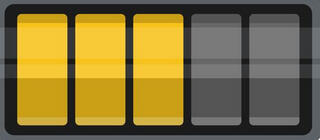
Sustain Damage
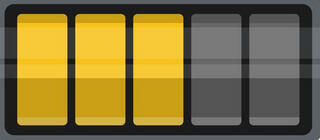
Crowd Control
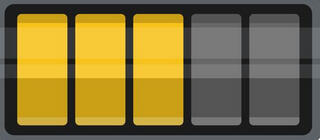
Utility
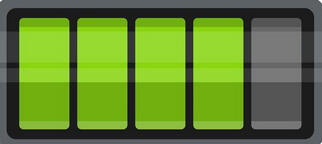
Survivability
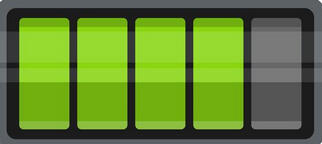
Mobility
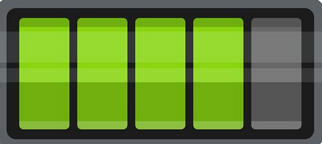
Roles
Commander

Solider

Guard/Mav

Solo

Normal Burst


LB Burst

Pros:
LB causes "helpless state"
Strong AOE CC and support tools
Decent at everything
Fast LB charge + Instant Kill
Cons:
Bad LB use can ruin team's burst
Damage is very spread out
Reaper is in a strange place at the moment. Using the LB incorrectly punishes your team even more than before. Its burst is also very spread out. It does have a unique AOE instant kill, but more games need to be played to see how strong it actually is.
-
That said, acting as interference is very easily accomplished with Reaper LB, and you can save your team multiple times thanks to the fast charge time.
-
It does alright as a guardian or maverick, mostly of the stalling variety. You will probably net your team more points by keeping them alive.

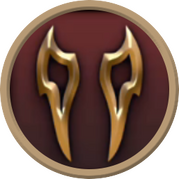

Stats
Burst Damage
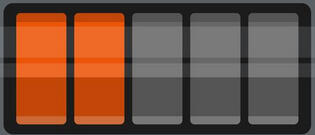
Sustain Damage
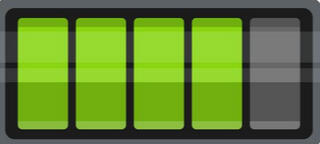
Crowd Control
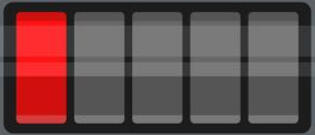
Utility

Survivability

Mobility
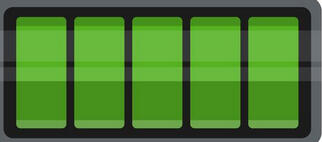
Roles
Commander

Solider

Guard/Mav

Solo

Normal Burst


LB Burst


Pros:
Damage goes through guard
Good Mobility
Cons:
No CC
No Utility
Numerous buffs as made Viper a underwhelming, but serviceable job. Being an annoying fly that can't seem to die is a valuable trait to have and being able to soak a lot of damage and get away is something that viper excels at. Getting your team to leverage that is another matter, and ultimately there's still better options for that role.
-
It is also a very safe role that new players may be interested in with their plethora of extra defensive and range options as a melee.
Physical Range DPS:



Stats
Burst Damage
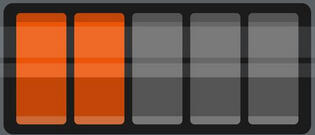
Sustain Damage
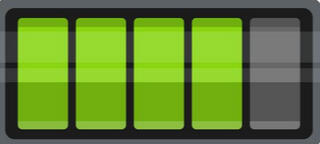
Crowd Control
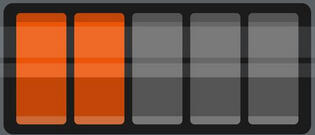
Utility
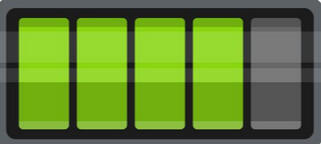
Survivability
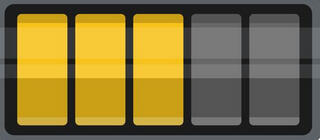
Mobility
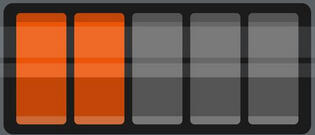
Roles
Commander

Solider

Guard/Mav

Solo

Normal Burst


(no icon for Silent Nocturne)
LB Burst


Pros:
Decent Single Target CC
Helps Ally LB Charge
Good Long Range Burst
CC Cleanse
Cons:
Mild Burst Damage
Knock Back can ruin pulls
Can't Hold Ground
Bard has had a big glow-up. Stealing enemy MP, more defenses, more burst, and more sustain. Lots of good things here, just in small doses. Make sure you're not using Blast Arrow too early and hitting all the enemies away from your team.
-
It does best when working with its team and bursting the enemy. Acting as a guardian or a maverick is wasting everything Bard is good at.

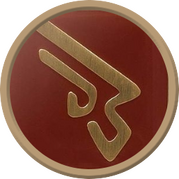

Stats
Burst Damage
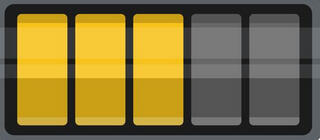
Sustain Damage
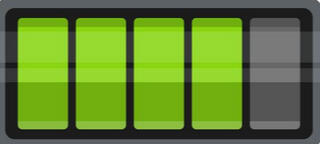
Crowd Control
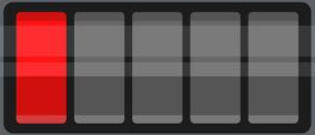
Utility

Survivability
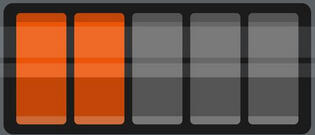
Mobility
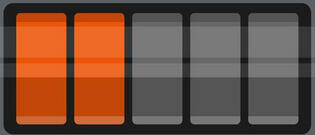
Roles
Commander

Solider

Guard/Mav

Solo

Normal Burst

LB Burst

Single Target.
Pros:
Strong Single Target Burst
Long range LB
Cons:
No AOE CC
Turret not very good
Burst hard to line up.
Has to get in close for several moves
Machinist has a really strong burst... but it is very finicky. It can struggle to properly align its burst damage and maintain its strong sustain. It still has some useful tools for taking out squishy targets, such as pesky Astros who would have (almost) gotten away.
Even if you fail to burst effectively, Chainsaw increases damage taken by 20% on all enemies hit, which can be a major boon when lined up.
This is a very team-dependent job that shouldn't focus on being a guardian or maverick.



Stats
Burst Damage
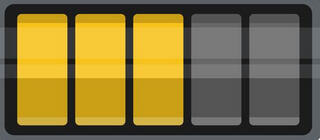
Sustain Damage
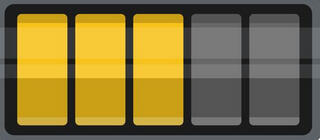
Crowd Control
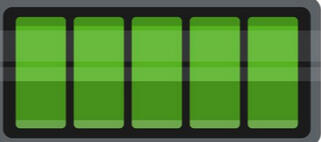
Utility
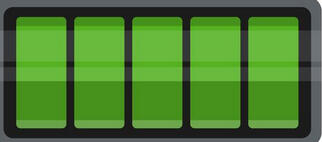
Survivability
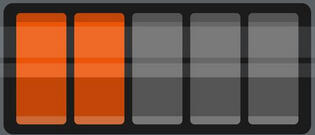
Mobility

Roles
Commander

Solider

Guard/Mav

Solo

Normal Burst

LB Burst

Pros:
Best LB in mode
Buff Teammate with LB charge
Decent burst options at range
Cons:
Needs Coordination
Has to go in for LB
Targeted Easily
Dancer's LB has become the single strongest force in Frontline. Being able to support and take advantage of this broken move is what burst-style gameplay is all about. It also brings more LB charge to itself and its dance partner, meaning even more Dancer LBs (especially if you partner another Dancer).
Caster DPS:

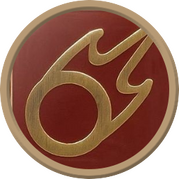

Stats
Burst Damage
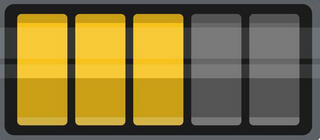
Sustain Damage

Crowd Control
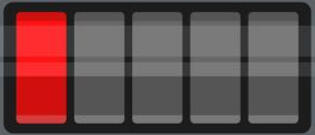
Utility
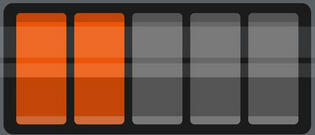
Survivability
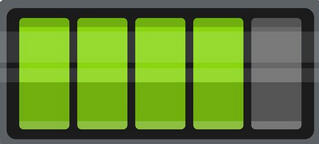
Mobility
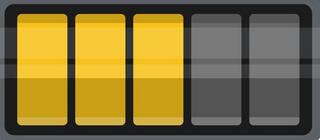
Roles
Commander

Solider

Guard/Mav

Solo

Normal Burst

LB Burst

(Can also use Freeze version.
Pros:
Short LB Charge
Full Range Uptime
Lots of survival options
Cons:
Low AOE Damage outside LB
Best Damage options require cast times.
No AOE CC except with LB
Black Mage is a sustain damage machine thanks to the full-range uptime and Fire Wreath. It can help with the engage using Freeze Star or push out massive damage with Flare Star. Not being able to do both does hinder it, and having barely any burst damage outside of LB makes it suffer when using constant re-engages.



Stats
Burst Damage
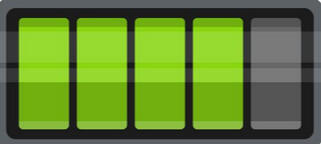
Sustain Damage
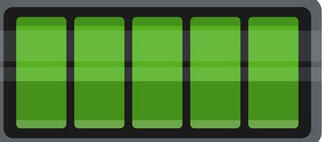
Crowd Control
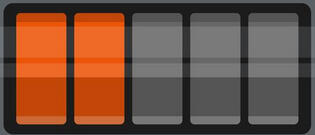
Utility
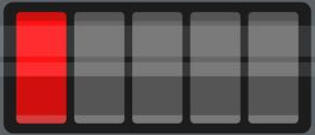
Survivability
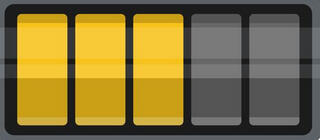
Mobility
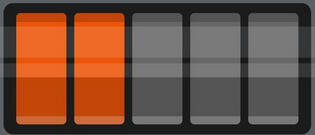
Normal Burst


LB Burst


Roles
Commander

Solider

Guard/Mav

Solo

Pros:
Strong Sustain AOE Damage at Range.
Long Range LB with good charge time.
Cons:
Big Damage Penalty
Forced to dash in for burst
Cone Stun can miss
Summoner offers good damage, but is held back by the Frontline nerf it received back in 6.1's Bahamut era. With the balance changes it ends up being one of the best options for following up on successful engages, but since it can't bring those about by itself it falls just a little.

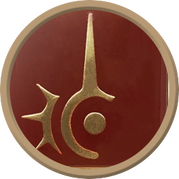

Stats
Burst Damage
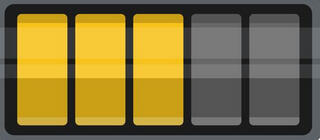
Sustain Damage

Crowd Control
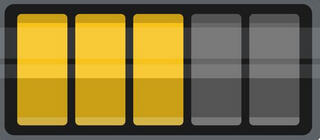
Utility
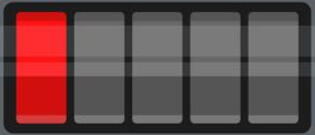
Survivability
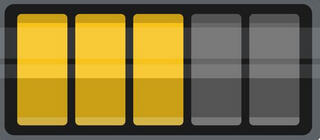
Mobility
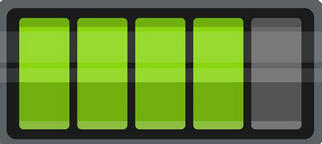
Roles
Commander

Solider

Guard/Mav

Solo

Normal Burst

LB Burst


Pros:
2 AOE CC options
Buffs team's damage and defense
Strong Burst options for Single Target and AOE
Cons:
Has to go in
LB slow charge time
A crazy powerful job with its rework. Great defensive and mobility options. Tons of AOE damage and CC abilities, though they can be tricky to set up and use probably that drops it slightly. It can still be called out without defensive CDs up.
It can function quite well as a guardian, but can be a little lackluster as a maverick.



Stats
Burst Damage
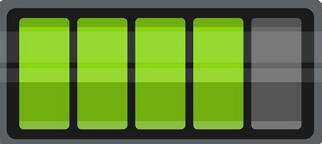
Sustain Damage
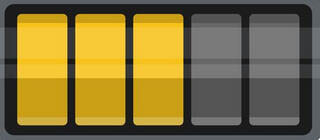
Crowd Control
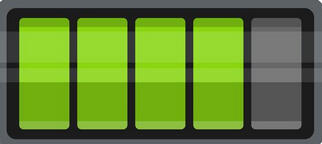
Utility
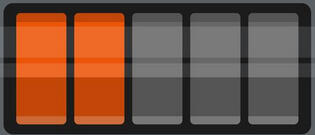
Survivability
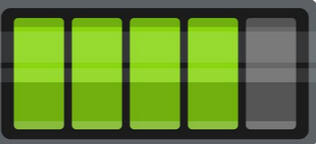
Mobility
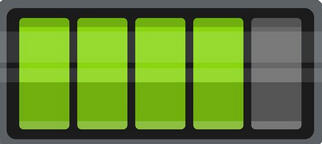
Roles
Commander

Solider

Guard/Mav

Solo

Normal Burst


LB Burst


Pros:
Strong Burst Options
Lots of buffs and debuffs
A bit unwieldy
Full range uptime
Cons:
Painting has long cast time
Damage hits late
This job flies under the radar a bit, but there's no reason that it shouldn't be a powerful option.
It does fall into the camp but can
It can be a decent guardian thanks to its full mobility and long-range attacks, but doesn't have the defenses to stay for long.
Comps
You can enter Frontline with a party of 4 players. I HIGHLY SUGGEST DOING SO. If you're trying to win, having 3 others who also want to win is a massive boon to your teams potential. It is my experience that the top 8 players will do over 50% of the total damage in an alliance.The curve on performance for people who do and do not care is just massive. Even if you don't want to try hard and play the most optimal way possible, it's better to play with friends then to play alone. It makes the wins feel better and the losses easier to bear. This is a social game, try to be social!The comps listed below are different combinations of 4 that can be brought in, and will have great synergies/ offensive power. Most of these are tested and found to be successful, but by no means is this extensive.
I've also included some possible substitute roles for slight adjustments
listed below the job it would replace.
Double Dancer Cores:
These parties run 2 Dancers that will usually partner each other for maximum LB generation and the maximum number of "strong" engagements in a match. They offer a far more aggressive play style, but can fall short in engagements without their LB's ready. These are still probably the strongest parties for general play.Dark is basically a must in these comps, so the biggest difference is in the 4th member that is added.
Double Double

One of my favorites right now. This party ensures that the enemy team will be suctioned and will be Danced. If you're looking for massive wipes on a regular basis, this is your comp. The main problem that you will run into is that you are losing a lot of damage due to the massive penalties on Dark Knight. Just make sure that your team is coming in with you to make use of attack and you will be fine.
Paladin Dancer Core

The Paladin ensures that your Dancer always gets in, this is invaluable to ensuring successful pulls. You are giving up the extra Dark Knight suction, which can be an issue, but making sure you get in can outweigh it.
-
With the addition of rampage and bravery, this comp has become extermy strong.
Astro Dancer Core

This comp trades out defense and suction for DAMAGE. Astro dealing a ton of damage and increasing party damage by 30% is usually enough to cover for a lackluster team.It unfortunately means that you're not hitting quite as many targets as you would with more suction, and this comp is more prone to getting "BSed," but it's a strong comp regardless.
Sage Dancer Core

The Sage here is a compromise between bringing a Dark Knight, Astro, or Paladin. It doesn't have the suction of the Dark Knight, the damage of the Astro, or the defensive value of the Paladin, but it can do all three at once, and such a consolidating role is very useful for teams that aren't covering all the bases needed to be successful.
Warrior Dancer Core

Currently untested, but can have a lot of value. Warrior adds an extra guard break, brings considerable burst damage, and adds extra CC and "BS" potential letting your comp operate even without Dancer LB ready which is what the other versions of this core can struggle with.
"Good Stuff" Comps:
By dropping a dancer, you trade constant aggression for more damage, more versatility, or more survivability. These comps are less tested due to double dancer usually being the stronger option, but in modes that require less fighting (Shatter) they can outperform the double dancer options, and with proper coordination outperform on the other maps as well.
"Classical" (Sage)

Suction, Guard Break, CC, Burst damage, defensive options... this comp can do it all. What's nice about this comp is that no single member is responsible for a pull's success or failure. While there is an ideal order to pressing your buttons, if it gets a little mixed up it'll still work out.
"Classical" (Astro)

This comp trades out the additional suction for additional damage. It's defensive and CC abilities are about the same although they work differently. This one takes a little bit more effort to pull off correctly, but a very devastating comp regardless.
"Double Dark" (Astro)

Double Dark as a comp is more a luxury than a necessity these days. If your team is coming in for the pulls then it is really good. If they're not... you're not going to meet the damage threshold. Astro LB will assist with this though. This team ends up being alright, but can't force pulls if enemies know how to guard.
"Double Dark" (Sage)

A more support oriented group that trades out the extra damage from Astro for more suction and defense on the pull. Very strong for a team that goes in, but can still suffer when having to attack without Dancer LB ready.
"Off Meta" Comps:
These comps work a bit differently then the normal burst style game play. I haven't personally tested them, but I hear good things, so they were worth including.
Pressure Comps

"Pressure comps" Focus on applying stacking debufss on enemy alliances, rendering them unable to fight. This example stacks Scholar's heal down, with Red Mage Heal down and damage down along with the suction and damage amping/ guard breaking of the tanks to create a scenario where the enemies may not instantly die, but they can't fight back either.Sometimes, you want a comp that doesn't kill the enemies as quickly simply because mass wipes can cause enemies to focus on you or throw against you later. These comps try to avoid some of that by slowing the rate of death to make it "feel" like your team just lost the fight rather than got outcomped. Definitly worth experimenting with as it's a chill comp. Rather than putting a lot of eggs into a big burst, your comp is acting more as the first domino to fall.
Sage Suction

This comp forgoes the Dark Knight for 2 Sages instead. The idea behind this comp is that all the jobs operate on a 20-second burst timer instead of a 30-second one. This means if you engage on the same team twice in a row, their Purify and Guards will not be off CD for the second engage. This leads to a more "momentum" style of play where you constantly KO small batches of the enemy force rather than one big pull.
-
This has the advantage of not putting all your eggs in one basket. Even if your burst gets stopped, you're not completely defenseless like you would be with the other comps that go all-in, and you can go back in faster after the fail.
-
On the other hand, each pull nets you fewer rewards than a full attack with a Dark Knight, and when you're going in... you probably won't have Guard or Purify on the second engage either.
Gunbreaker Hypercarry

By utilizing Bravery, Rampart, and Scholar, Gunbreaker can get close to 90% damage reduction. This coupled with increased healing and damage provided by the comp, makes the "spike" damage dealt by gunbreaker incredibly potent while having an effective permanent guard active while you tear through the enemies.These gunbreakers are incredibly hard to deal with. You're best option is to usually just ignore them and go for the rest of their team, but psychologically, that is much harder to do.This comp works quite well on onsal and secure, but I find it not quite as powerful on seal rock. Your milage may vary, but still a powerful comp.
Scrub Killer

A straight forward comp that focuses strictly on damage and shock and aw. Not having stun CC or guard break limits this comp's effectiveness against better players, but for your average match this will be more than effective. Replacing the Dark Knight with another Astro for even more damage is sometimes preferred as a Dark Engage can tip people off that a burst is incoming. You might also choose to replace them with a warrior as well to lock in pulls while using it's short stun to prevent healing long enough to kill the enemies.
-
This comp also excels as a finisher who comes in after the main team engages and cleans up weakened troops. It's also probably the most viable comp for teams that do not listen to calls and won't burst with you.
-
Beware that this team can get shut down pretty easily due to having no direct protection from strong interference like monks, reapers or dancers.
Baha Blast

An off-meta choice that utilizes the range and power of Summoner LB to decimate enemy teams from a distance.
-
This can be done before a big push to soften enemies before your team engages, or during a mid-battle sweep to finish off weakened enemies.
-
This team is all offense and no defense, though. You'll find yourselves unable to engage successfully outside of LB, and your team may not be able to capitalize on your burst if they're weak or not ready.
(More comps will be added as new ones are tested)
Seal Rock
Basics:
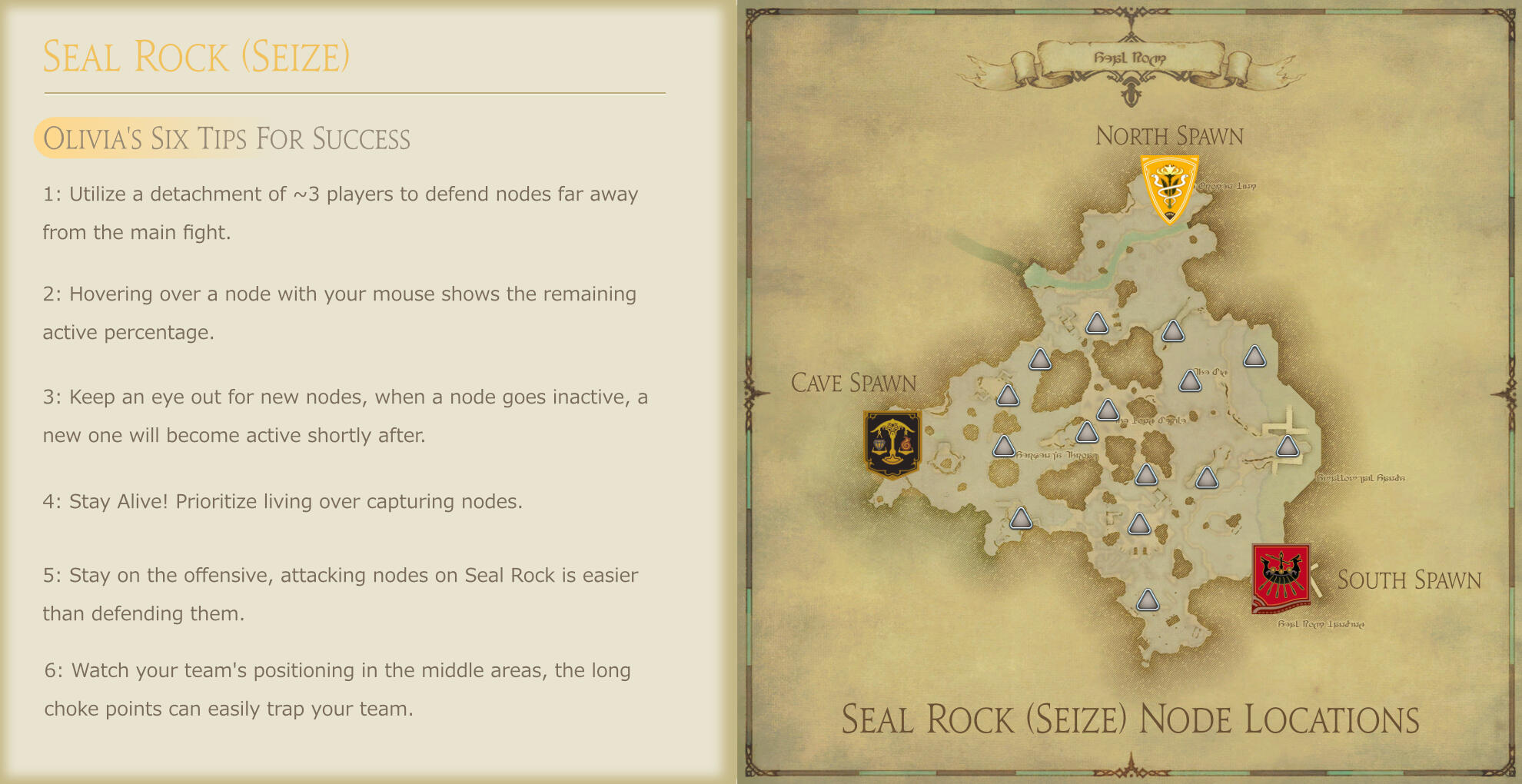
Probably the most complicated map currently. Seal Rock remains one of the best maps to command on, and benefits greatly from having you do so. This map suffers from having non-symmetrical starts that disadvantage the North Spawn Team while giving an advantage to the West Spawn Team. Its RNG elements also can hand teams wins that did not really deserve it.
-
The advice given in this section is for when all 3 teams are of equal strength. Adjusting your plans for being stronger/weaker than your enemies will be in the "tactics" section of the guide.
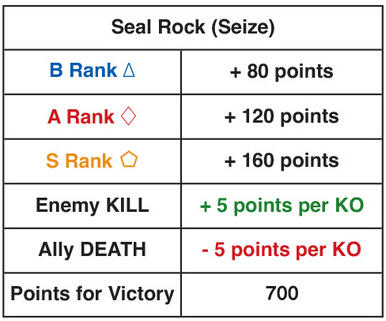
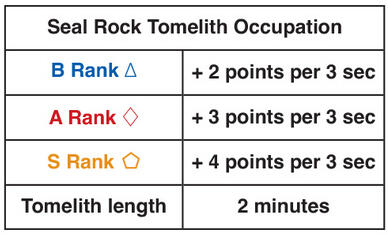
Let's take a moment to look at these charts. Note the values of each node level, pay close attention to the amount you lose when you die, and the amount you gain per kill. The total score needed to win is very low in Seal Rock, and it's really easy to pull ahead only to end up in third, or be so far behind, but come back for the win.-
4 nodes will be active at a time until the 10-minute mark, where it will drop down to 3 nodes. Higher rank nodes will usually appear more frequently the later the match goes, but that does not mean they will not spawn at the start.
Objectives by Place:
1st Place:
DON'T DIE, this is the most important thing about being first. You have a target on your back, and the enemies should be gunning for you. Give up objectives, run away from "fights," look for the safe opportunities to attack—the nodes.
Losing the lead has its advantages, but losing your lead while dying, losing your battle high, and giving it to your enemies does not.There will be opportunists to close out the game. Wait for those moments and be ready to pounce on them when they appear.
2nd Place:
Don't let 1st win. You are the 2nd closest to winning. 3rd is out of the race by their estimates and are under no obligation to help you... Especially if you're really close in score to 1st place. It may be in their best interest to wait for you to attack 1st so they can go in on you for free. Regardless, if you want a chance to win, you have to stop 1st from winning. This may mean giving 3rd objectives that may be rightfully yours, this may mean taking really suboptimal routes or picking suboptimal fights, but the onus is on you to stop them.
3rd Place:
Catch Up. You aren't here to be cannon fodder, you aren't here to be the King Maker. You have a chance to win... Always. While trying to snag as many points as possible with 1st and 2nd fighting, you need to pay close attention to the score. You are in real danger of entering a "King Maker" game, and you need to stop that from happening.
A "King Maker" game happens when 1st and 2nd place are very close in score, so either team you attack gives the other the win. You need to ensure 2nd place stays close in score to your own while making sure not to hit them so hard that they throw against you, or 1st wins... This ensures that you and 2nd work together to stop 1st while you still have a chance of winning.
It is a tough position to navigate, but also allows the largest opportunity for gaining Battle High and coming back.
Early Game:
Battle High. This is the only thing that matters. You need it, your enemies don't. I wouldn't worry about the nodes or the score in these early phases, only "who can I attack" and "how can I not die."
Obviously, points are important, but an early game lead can mean being targeted the rest of the match, and your team may not be able to handle that. Also, killing and gathering Battle High naturally leads you to objectives and points, simply think of them as a by-product of gaining Battle High.
-
The nodes should be bait and beacons for where your attacks should take place. You're not going to the objective to capture it, but because there are enemies there to kill. You're not protecting this objective because it's giving you points... but because the enemy wants to come and take it, and you want to kill them.
-
Worrying about the score too much in the early game is going to leave you weak, and it's usually not going to end up mattering.
Mid Game:
I usually consider the mid-game to be around the 10-minute mark. This is when the total active nodes drop to 3, and the system for which you should be commanding becomes simplified (all teams being equal in strength).
-
With 3 nodes up, 3rd place and 2nd place should constantly be moving to pinch and push 1st place out of obtaining any objectives. This "should" result in 3rd place holding 2 nodes and 2nd holding 1. Don't worry too much about the rank of the nodes. Node spawns can mess up this "ideal" scenario, and you have to worry about backstopping and suboptimal plays from the other team. (This is why you have guardian and maverick players.)
-
Just keep in mind the changing of scores and potential opportunities to pinch the enemy and jump ahead in score. Unlike before, where the score didn't matter very much, it's more important during the mid-game to keep the scores even. While making sure your Battle High remains high while the enemies' remain low.
End Game:
As teams near the 560~ point mark, they enter the end game of Seal Rock. This is a hectic time where mistakes are heavily punished, and you need a little bit of luck to close out the game. There are a few strategies you can employ. They usually all involve a big burst in points that don't give the enemy teams enough time to react. Teams that employ these strategies don't always win; sometimes your only choice is to camp spawn and pray you outkill your enemy, but these are much more favorable options to strive for.Option 1: Winning Nodes
There are two "winning" nodes on the map, with a few less optimal, but decent alternatives if desperate or in the right situation.
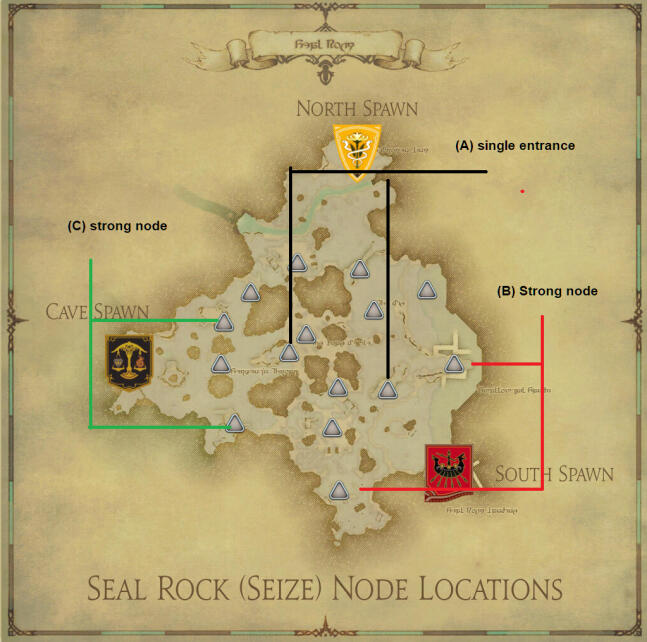
The Black Lines here indicate nodes with only 1 entrance to them. These are the absolute best nodes to try and hold in the endgame. If you get your team up there, then the enemy has no choice but to funnel and pinch themselves to get to you. Holding one of these nodes with 550~ points is usually a guaranteed win as long as your team successfully bursts whichever enemy tries to attack you.
-
The only thing you really need to worry about is another team holding 2 nodes and killing the 3rd team. This will outpace your node value, so while you should be playing it safe and making them come to you, don't let your win slip away due to inactivity.
-
The Red and Blue Lines indicate strong nodes to try and hold if the other ones won't pop. They're hard-to-reach locations that are pretty defensible while offering numerous escape routes and few attack options. Sometimes stalling at these locations long enough will eke out a win before the 3rd team can get into position to stop you.
-
The other nodes are also possible "winning" nodes, but you need to set them up to be so. As 1st place, it's important to keep the "fight" and the enemy teams as far away from your spawn as possible, so when a node does spawn in your territory, your guardians and mavericks can quickly nab it while your main force can threaten another capture, make a full retreat to stall for points, or line up 1 more big burst to close out the game.Finally, notice that all of these strong nodes are far away from the North Spawn. This is just one of the reasons it's a weaker spawn location. More so than the other teams, pre-positioning in these locations is important.
Option 2: 2nd Place King Maker
By trailing behind 1st place, you "should" not have the ire of 3rd place. If 3rd place is being very aggressive and engages with 1st, you have the opportunity to wait and see who wins their engage and then come in for the clean-up. This usually means you get all the points, the node, and the win.
-
This option does rely a little bit on 3rd not resigning their chances for a win and misplaying, so it's not always an option, but this strategy also works if you engage 1st while in a weaker position node-wise, making the "optimal" play for 3rd to pinch 1st instead of you.
Be wary of engaging 1st while in the better position, since that will mean 3rd should attack you instead.
-
Doing this correctly may not win you the game, but it'll put you in position to do so in the next set of nodes, and you'll be fighting a much weaker (former) 1st place. Do make sure to disengage quickly after this happens, so you leave 3rd fighting (former) 1st place with nothing to crack back on. The target is on you now, but it'll take time for the enemies to adjust, and that's your window to close out the game.
Option 3: Sneaky Node Win
This strategy is pretty much an exclusive 3rd place option. If 1st and 2nd get into a long drawn-out encounter, you can quickly close out the game with 2 uncontested nodes and a good burst. The point swings are huge at the end, and it's not impossible to have an A and a B rank node for 240 points while 1st and 2nd fight for an S rank on the other side of the map. With a strong burst on an enemy, you can get another 50 points while ensuring that team doesn't win long enough for your nodes to tick you to victory.
-
I say it's a 3rd place option because you're flying a bit under the radar. Being in a higher place would mean getting more focused.
-
Similar to winning nodes in 1st place, you need to make sure the other teams don't outpace your score, and you need to stall them either with a burst or uncapping their node... whatever option is available to you. Your greatest strength in 3rd is that the enemy really shouldn't be attacking/bothering you. Don't squander that advantage.
Option 4: Kill Win:
Is your score above 650? Then just murder dog. When you're that close to winning, the enemies are chasing you down. In theory, you get to choose where to engage. Don't squander that. Pick a strong position and just burst down the enemy. If you can cap a node, great, but easy kills on a fleeing enemy are going to usually outpace a 2nd place team at 600 or less. AND MOST IMPORTANTLY, DON'T FEED.
-
Don't panic, wait for your opening, and end the game. The longer it drags on, the more likely you're going to be pinched and farmed down into spawn. One good blow is all you need.
Common Mistake:
Feeding
Pointless deaths, you must avoid these. So often, players get themselves killed without doing anything of note. Don't be this, be better. Remember, your life is more important than anything else.
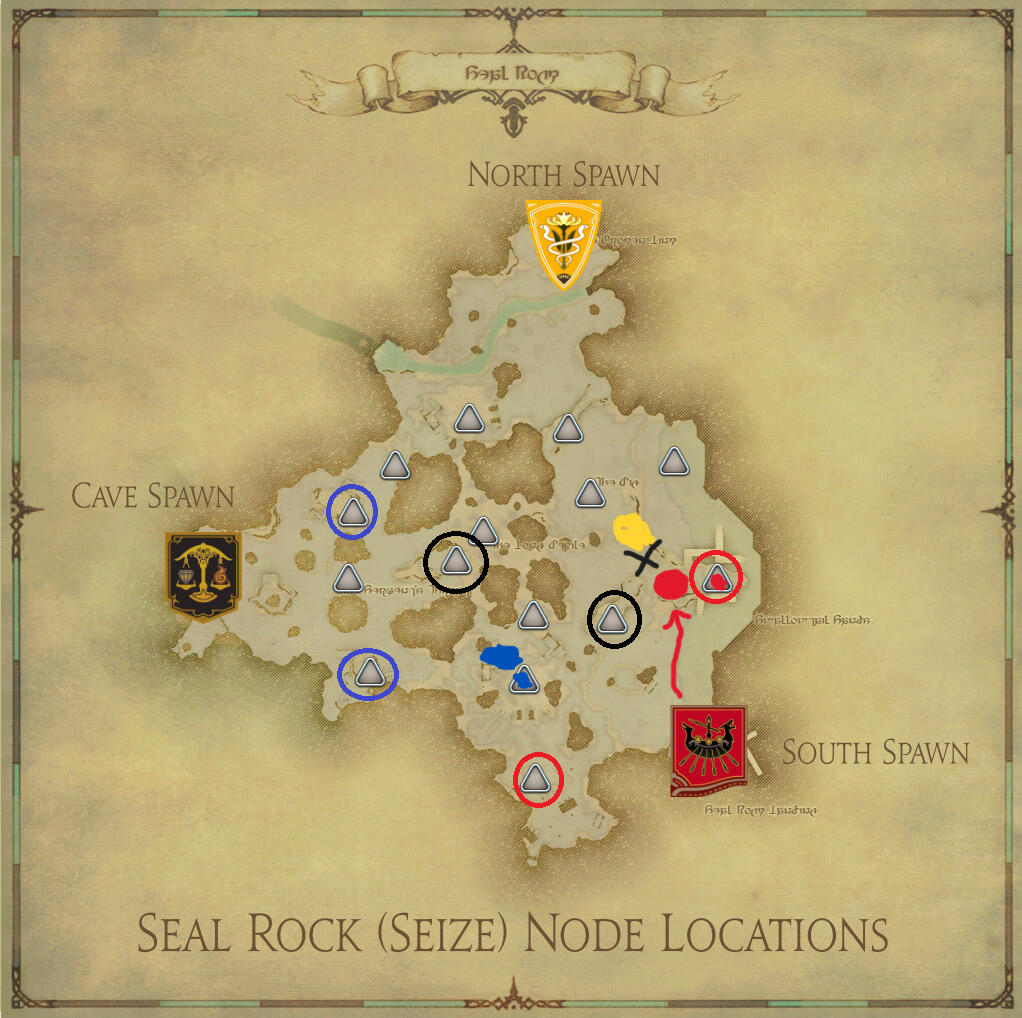
Here's a common scenario. Your team, Red (Mael), is protecting a node on the East cliff against the Yellow team. If you've died fighting, that's fair, it'll happen. Once you respawn, you can quickly rejoin your team and continue the fight.One might notice that Blue is down south at their own captured node. It's also very close to the Red spawn... So... what do you think happens?
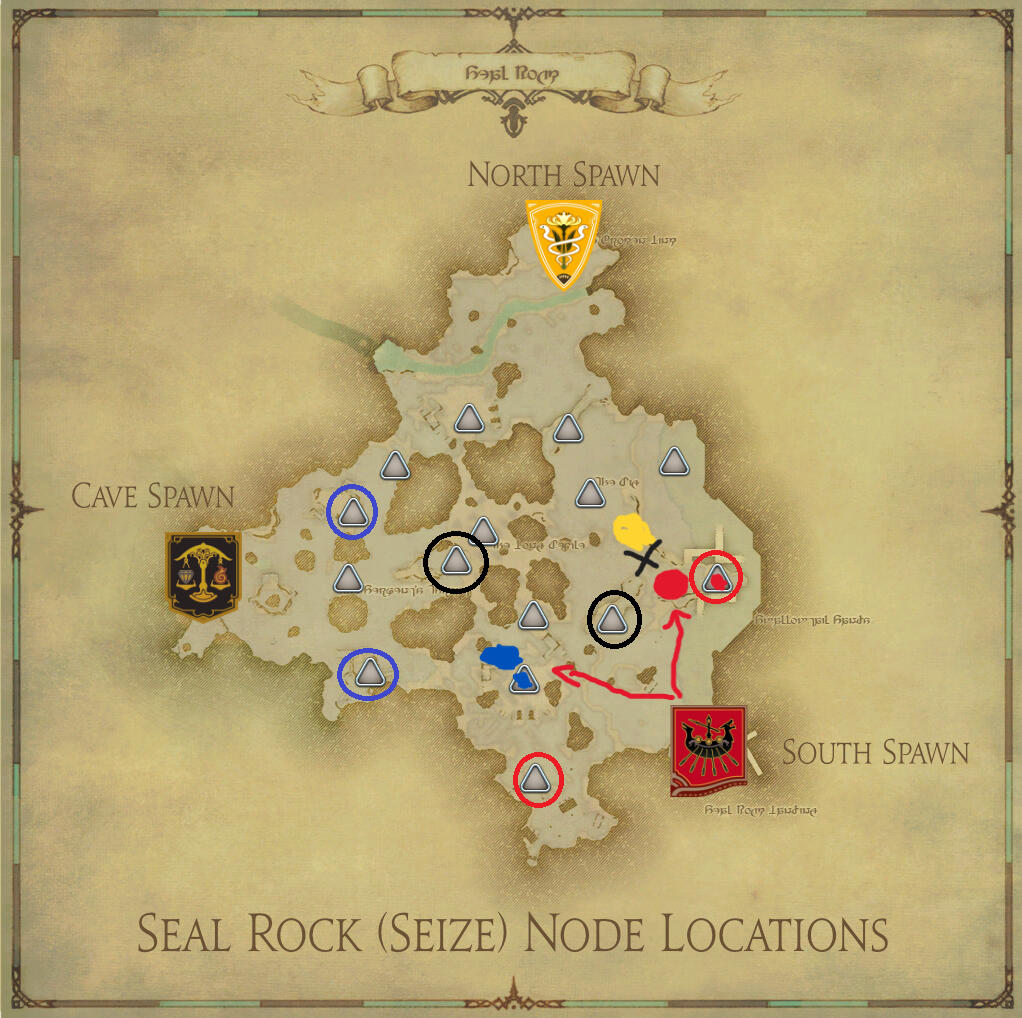
Yup... the respawners go to the "closer" node, and it's those brave few against a full team of 24. They go over there and die, losing your team more points and giving the enemy more Battle High.
Getting Camped
Are you getting spawn camped? The answer is probably no... You are most likely pushing out too far into one team, and the other comes in on you. If two teams are coming at you near your spawn, you need to remember the angles of attack. Move your team out from between them; this could mean taking a side path, hard pushing through the center, or splitting even to distract the enemies and draw them away from the main force.
-
You can also choose to huddle right next to spawn (or inside it) and do nothing. The chances of the enemies going into you with invincibility are unlikely.
-
Remember that they're probably doing this because you have the lead. Be patient, wait for the enemies to turn on each other, one of them to leave, or you to have enough LB's to take out one team completely and then engage the other. Losing the lead early or mid-game is fine. Losing your Battle High is not. Protect it!
Shatter
Basics:
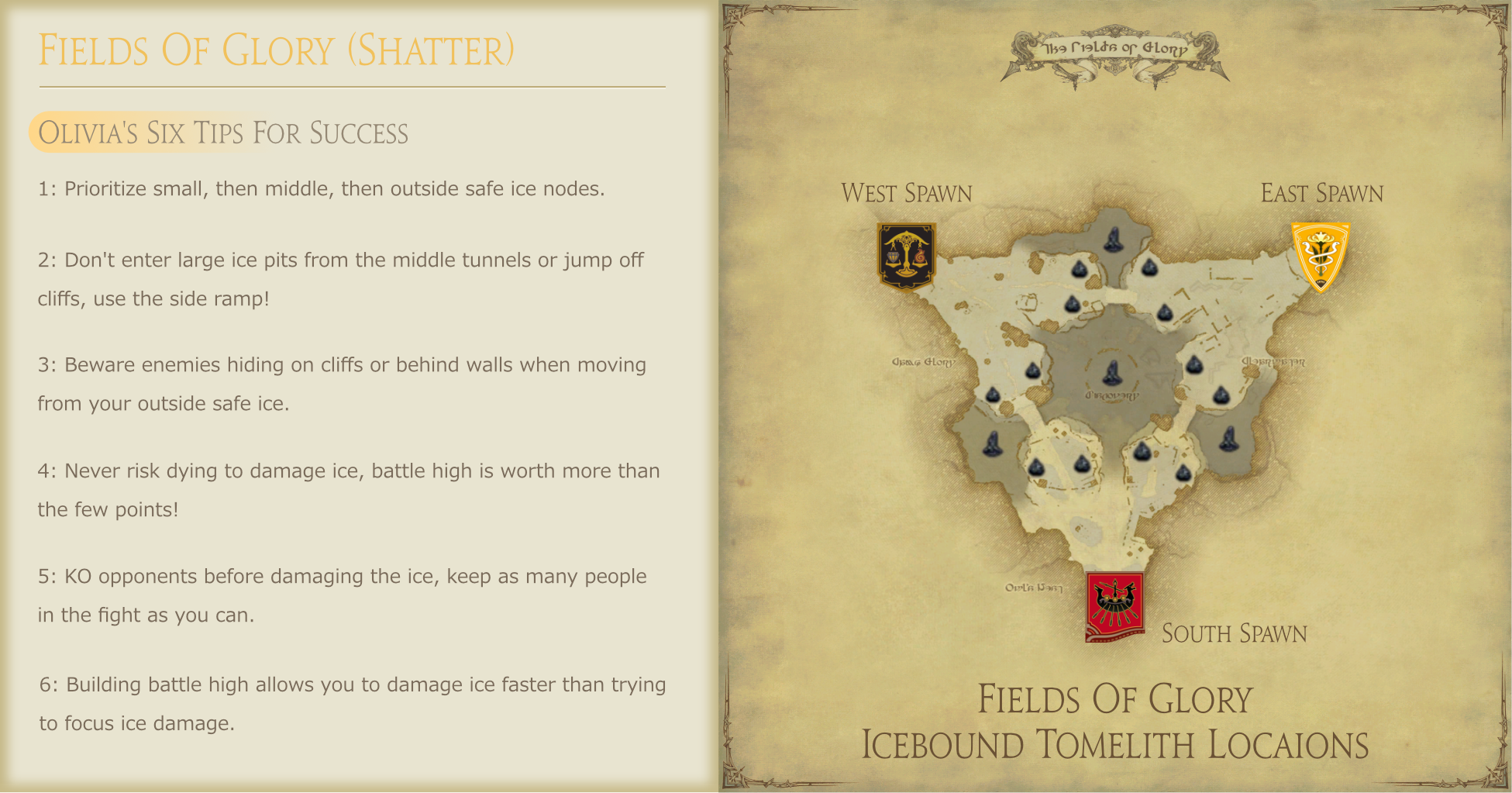
A complex map design that is completely wasted since the ice rework. This map does differ from the previous maps in that you actually have to damage the objectives to earn points and favors teams that perform well during the entire duration of the match, rather than allowing for major upswings in points in the final stretch. That doesn't mean you can't come back, but it requires much more effort and it's easier to get an insurmountable lead.
-
The gameplay isn't separated into early, mid, and late game like Seal, and is more about what positions the "Big Ice" are currently in and if "Small Ice" is currently active. Practice licking as much ice as possible and denying the enemies the same chance!
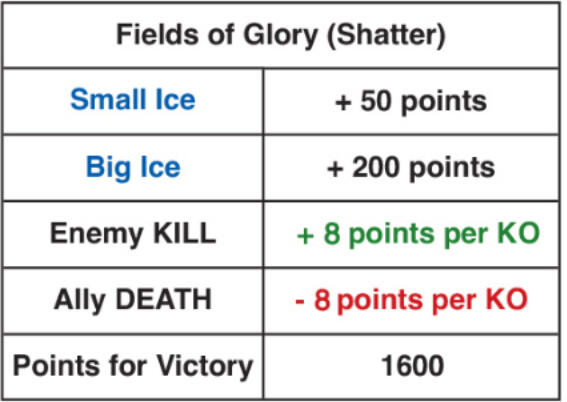
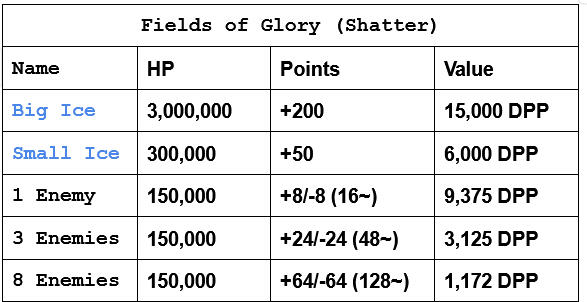
DPP = Damage needed per Point, Enemy Health is an estimate based on avg. health, mitigation, and 4 recuperates.
Priority
Burst > Small Ice > Middle Big Ice > Safe Big Ice > Single Enemies > Nothing > Enemy Big Ice
Why this order?
"Burst" remains the most effective means of creating value because not only are you gaining points, you're also gaining Battle High, which lets you gain even more points from the other options. A dead enemy can't earn points for their team. Also, most jobs' burst are AOE, which doesn't gain any benefit from licking ice, meaning it's a much steeper opportunity cost to use those moves on ice rather than a group of enemies.
-
Small ice is next because, even with factoring in travel time, it easily beats Big ice in terms of value. It also only spawns twice in a match. Getting small ice is usually your top priority when it spawns because the chances of you bursting an enemy team when they're up is rare since they'll tend to spread out to lick more effectively. Pathing to get the most ice uptime is also an important part we'll go into later.
-
The Middle Big Ice is your next priority. It is the only neutral Big Ice on the map. If it's up, you should probably be at it. The enemies aren't going to go to your Big Ice if it's up unless they're very dumb, brave, or your team is so bad it doesn't matter. Choosing to hit your safe ice while Middle Ice is up is effectively costing your team 66~ points you could have had for free.
Don't forget that this is the most likely place for the enemies to fight and otherwise be engaged, making it the best place to spend your "Burst." Not going to the Middle Ice is just all around a bad option most of the time.
-
If you can't guarantee a kill on an enemy, your effective value is 0. This is why it remains a worse option than licking ice most of the time. If you can ensure they do die, then quickly take care of them, but otherwise, it's better to lick for consistency.
-
"Nothing" is the best option after that... unless your team is strong and has a commander. Going to an enemy ice will most certainly result in your team losing a ton of points and Battle High, so... if you're stuck in a situation where you can't do anything else... wait for the other options to become available again.
-
Enemy Ice is the final choice on your list... and you're only choosing it because you are either super strong, they are super weak, or you lose the game otherwise. There are other niche cases where this is a "good" option, but I'll go over that later.
Ice Positions:
In this next section, I will go into more detail about how you should react based on the currently active Big Ice spawns. There's no way to go over every scenario, but each section should give you enough information to adjust to your situation. We'll be going from the strongest position to the weakest position.
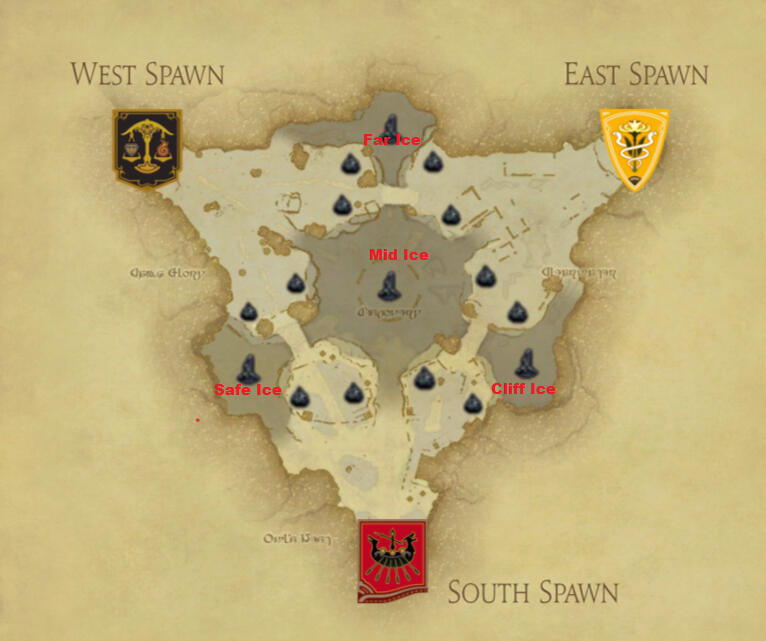
Safe Ice: Clockwise from your spawn. Has a ramp leading to your spawn. Also called "spawn ice" or "our ice."
Cliff Ice: Counter-clockwise from your spawn. Has a cliff close to your spawn. Also called "close unsafe ice."
Far Ice: Ice directly opposite of your spawn. Also called "far unsafe ice."
Mid Ice: The ice in the middle of the map.
Safe/Far Ice:

Probably the strongest start and usually a strong position, if not the strongest. A lot of what you do in this position is based on how the unsafe ice team reacts to the situation.
Yellow Funnel Attack:
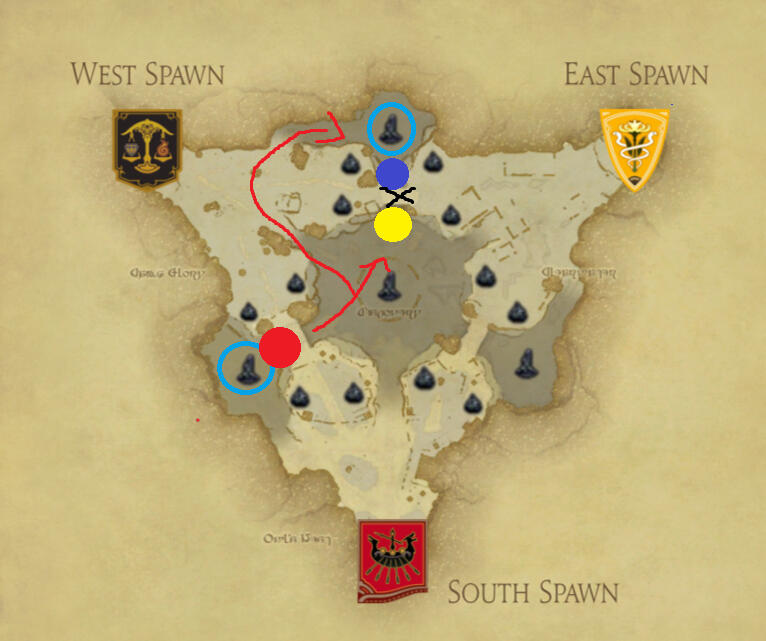
9/10 times here, you simply pinch Yellow, then return back to your ice. Going all the way around is an option, but if your team isn't on the ball, it can end up with you getting pinched easily, so it's not as suggested unless the Safe Ice team has a huge point or strength advantage.
Yellow Cliff Attack:
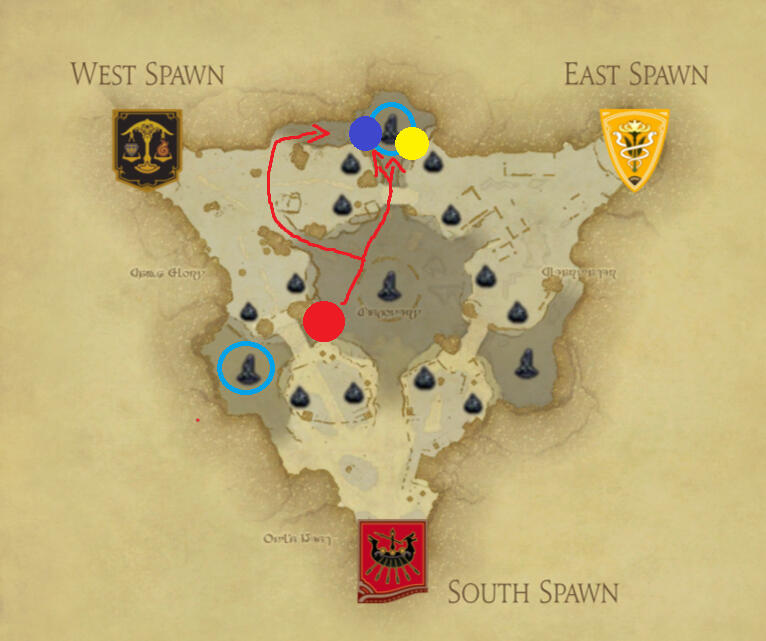
This will usually end up even better for your team. 9/10 times, you want to follow Yellow into the funnel, but make sure to burst the Safe Ice team first!
Once you've helped Yellow secure a position inside the ice arena, they have no way to escape but through you. They're basically free points, so you can save them for later while hitting Blue enemies and licking their ice.You should keep an eye on the Safe Ice team and make sure they don't head for your ice instead, but if they do this, it tends to not be a significant number that your Guardian/Ice Parser-style players couldn't handle.If you're afraid they're going to all go to your ice after the burst, you can do a full flank on the Safe Ice team, then quickly leave, as the position is slightly better for you, but you still need to be quick about it.
Yellow Far Attack:
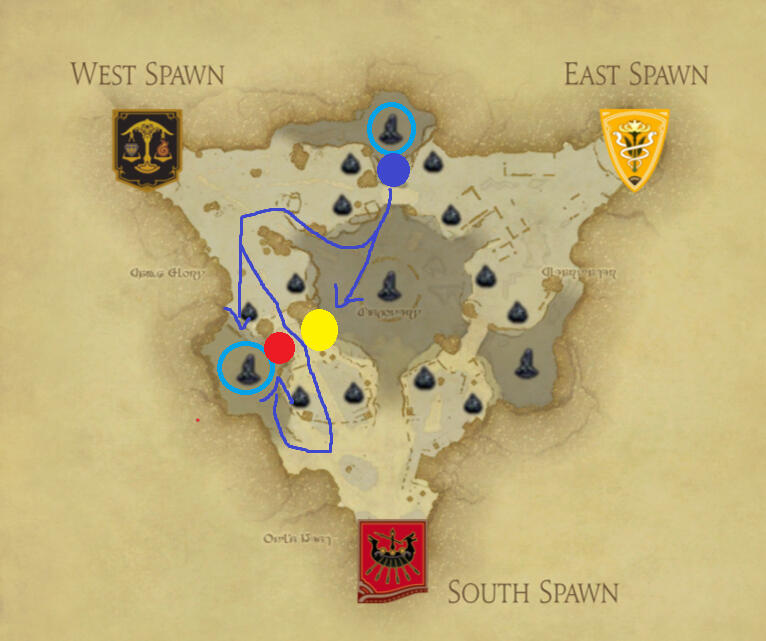
This attack is unlikely to happen unless you have a decent-sized lead. It's very simple to burst down Yellow in the funnel for free points, but you do need to be aware of the other Safe Ice team. You can see if they're attacking the ice or not; if they're not, you need to quickly adjust and make sure they aren't trying to kill you.If they are, either by a cliff dive or a flank attack, the best option is usually to use the "return" action, then do a pinch on them while they're stuck engaging the unsafe team.If you can't do that, then you should...
Yellow Back Attack:
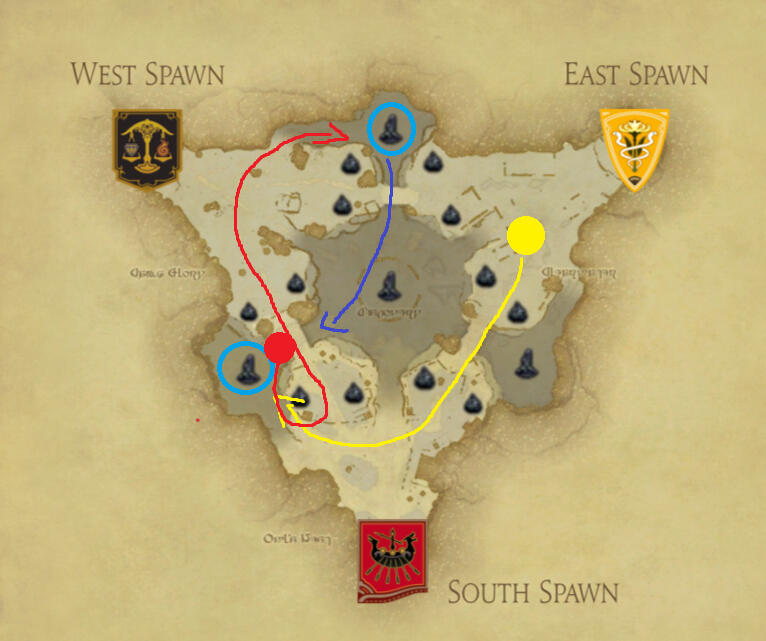
A slightly smarter attack on Yellow's end if you don't see it coming. If you see Yellow going around back, you first need to check for the other Safe Ice team. If they're also coming, then the best option is again to use the "return" action, then go back in on the flanking team. If that's not an option, then fighting your way out back towards spawn is probably the next best option.If the other Safe Ice team isn't coming, then you can simply rotate around the ice so they can't easily pull and burst your team, then go in on them as normal. They have a health disadvantage if they jumped off the cliff, and if they're using the ramp, then they've funneled themselves, and you can attack them as you would the central funnel.If you're getting hard 2v1'd, you can also go to the other Big Ice while your enemies are confused. Be ready to "return" out from here as well.
Yellow Funnel Sneak Attack:
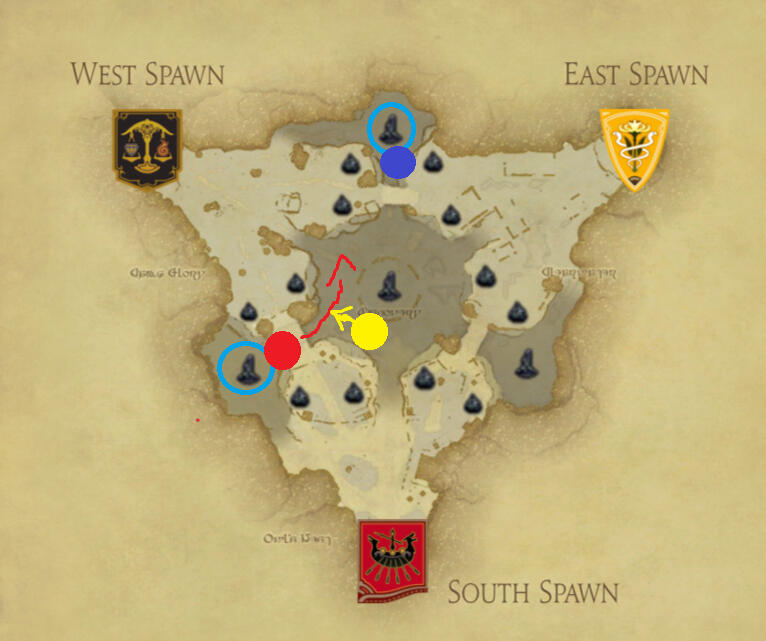
Sometimes, the unsafe team will wait outside the Big Ice arenas and wait for a team to break their ice, then go into their funnel for an easy burst. You can easily avoid this by simply leaving through your spawn ramp. Unless you are going for a quick pinch, there's not much reason to go out through the middle anyways.Rule of thumb: If both teams aren't on the map, leave through spawn, or return.
Yellow Cliff Sneak Attack:
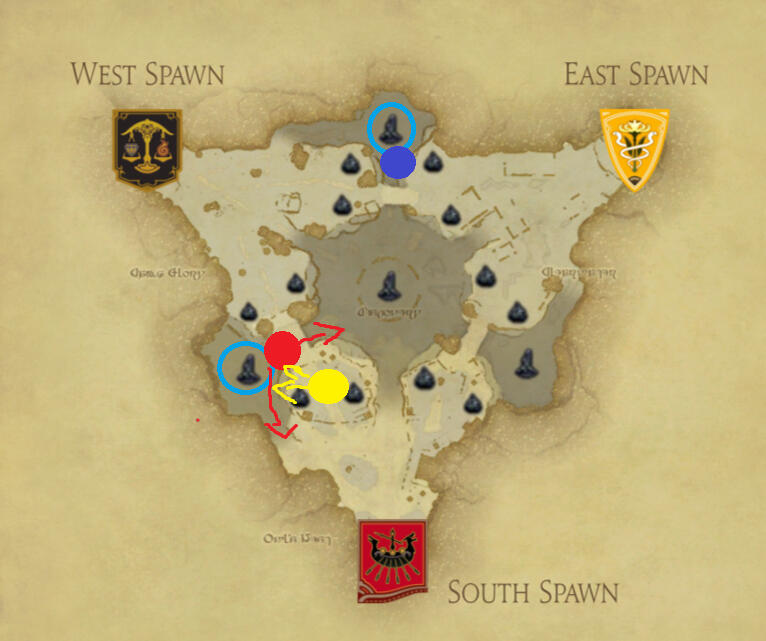
If, instead of waiting outside your middle funnel, you have gone to your cliff, unless you want to eat a burst, just use "return." It's pretty much always the best option here.
Safe/Cliff Ice:
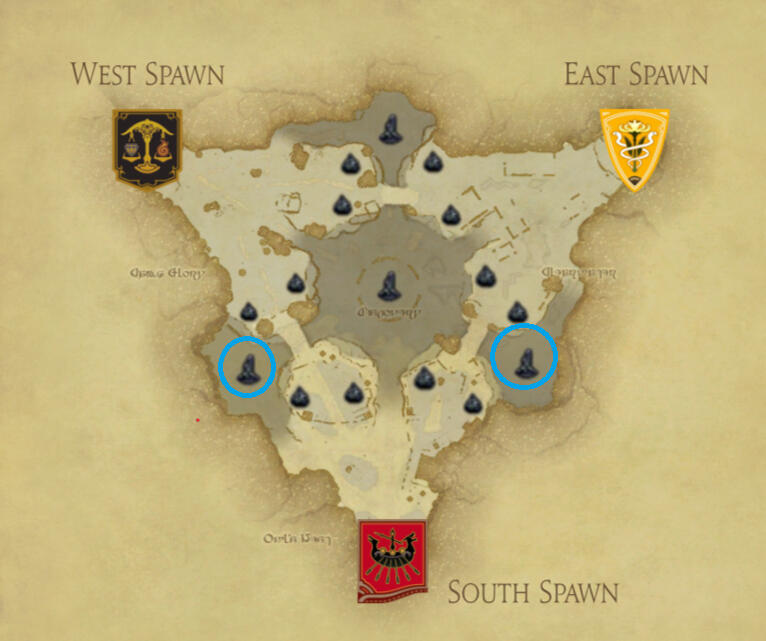
Another strong position that is ripe for advantage. You do need to worry a bit more about the other Safe Ice team, but you are usually pretty safe here. Similar to other earlier scenarios, much of what you do is based on what the Unsafe Ice team does. If they choose to do nothing, simply lick the ice.
Blue Funnel Attack:
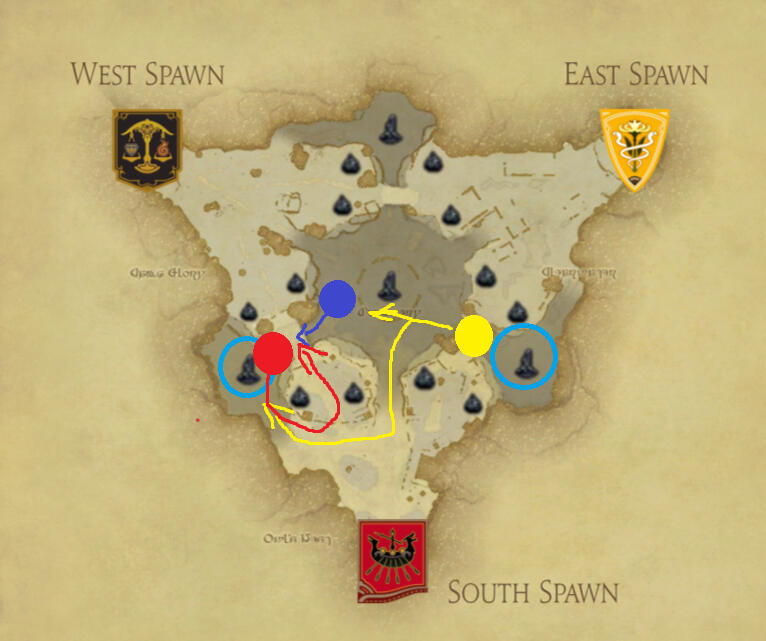
Usually, this is free points. Make sure to get the Unsafe Ice team as deep into your funnel as possible without them actually being able to hit the ice. You want to quickly destroy them so any chance of the other team pinching is impossible.If the other team is moving to pinch you, then your best option is to flee back towards spawn and move up NW towards the Unsafe Ice team spawn. This will stop the enemy from being able to pinch you, and you're in a good position to attack either team.
Blue Cliff Attack:
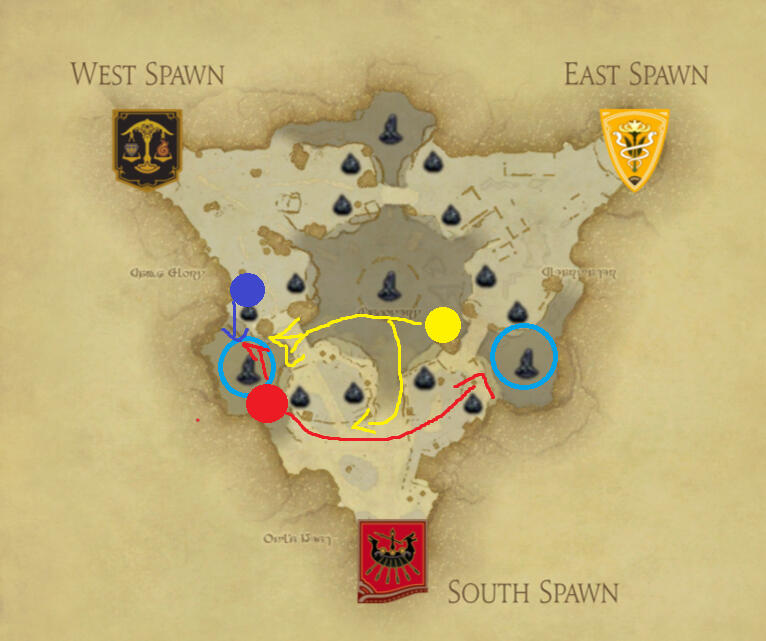
If Blue jumps off the cliff, this should basically mean free kills. Make sure they lick as little of your ice as possible. Do not let them gain anything from this. Once again, you need to worry about the other Safe Ice team pinching you from the middle funnel or behind, but you really only need to worry about the full flank attack as long as you're smart.If they hard commit to going through the middle funnel, you can withdraw from your own ice and dive off your own cliff to take theirs.I wouldn't really suggest this unless you're getting hard 2v1'd or Yellow has a significant lead.
Other Scenarios:
If Blue does anything against the Yellow team, you can refer back to the "Safe/Far Ice" scenario to make the best choices. As before, if Blue chooses to do nothing, you can simply lick ice.
Safe/Mid Ice:
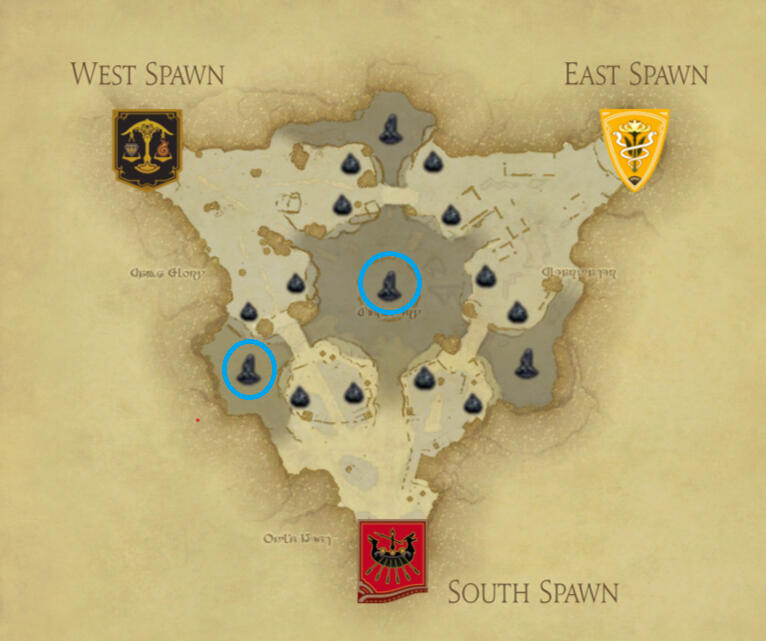
Finally, a good position where you get to decide what to do to best earn points. This can be a golden opportunity to earn many points, especially if the enemies are bad.The last thing you want to do here is lick your ice (unless you win by doing so).
You'll want to try your luck at mid pinching enemies or licking ice. The enemy teams should be trying to stop you, but that doesn't mean they'll succeed.
Teeter Totter:
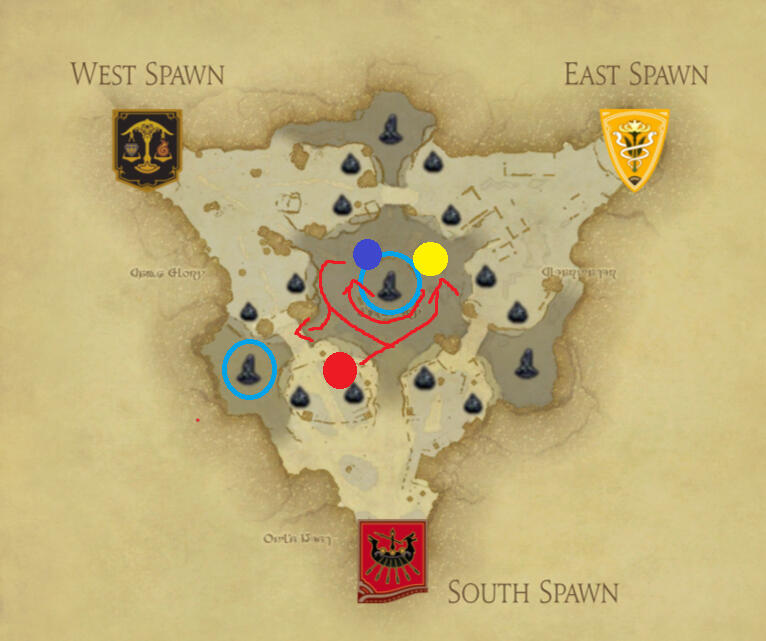
If both teams are in the middle and are engaging each other or licking the ice, you have an amazing opportunity to kill them.I usually position on the cliff to get a good view, and what you want to do is attack the team that is:
Burst team furthest from your Safe Ice.
Lick Ice while waiting for burst.
Burst team closest to your ice.
Lick Ice while waiting for burst/retreat to your funnel.
You're in such a strong position that you can make use of both choke points to dodge enemies and use the high ground to get in for free on them instead.You're only really in danger if both teams are going after you, and if they are, then you should go back to your ice and finish it up.
Ice Burst:
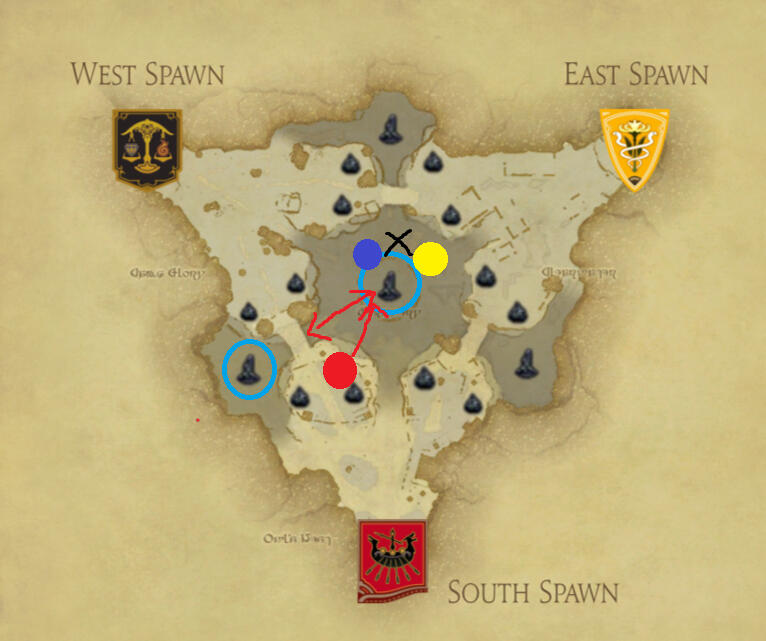
Sometimes... you let them fight. If the enemies are being ineffective and trading points with each other, you can just go in on the ice and steal as much of it as possible.If they're trying to box you out of mid, then you can use your burst on them and quickly escape before they can position accordingly. This will still net you a decent bit of points as long as you don't get caught.
Blue Steal Attempt:
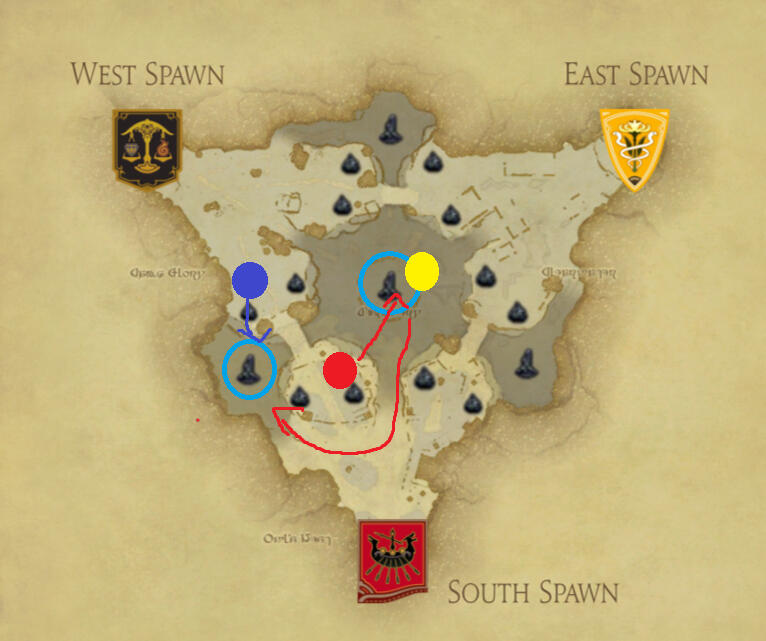
If you've overcommitted to middle, there is a chance the enemy team goes to your Safe Ice. Depending on the situation, you'll want to go all the way around rather than risking getting pinched by Yellow's chasing you, but if you're not worried about that, then you can simply go through the middle.If the enemy team is really good, they will return out before you actually get there, regardless of which path you take. So, unless they're 1st, I wouldn't worry about them too much and get as much mid as you can.This could also be done by Yellow, in which case the choices are the same.
Mid/Cliff Ice:

You no longer have a good position in the future ice placements. You're not in a bad one yet, but your point potential is a bit lower. What you do here is based slightly on the scores of the other teams and how much the Safe Ice team commits to mid.
Full Middle Battle:
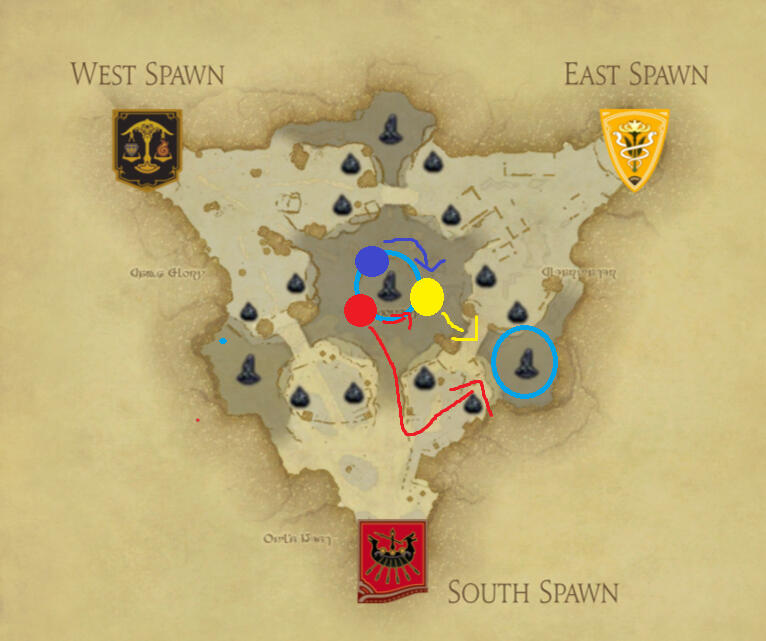
If all three teams are in the middle, and all three teams are even in score, then you should kick the team with the Safe Ice out of the middle. They shouldn't be allowed to lick mid!If a different team has the lead (even after accounting for the 200 points the Safe Ice is worth), then that team should be kicked out by the other two instead.If the other team without a Safe Ice is not being helpful, or they're just getting beat up by the Safe Ice team, you may opt to steal the Safe Ice. Just make sure you have return ready or are going to be able to burst effectively on the team scrambling to get to you.If you're the one getting boxed out of mid, then your best options are to go around and cliff dive a team or lure them deep enough into your funnel so the third team cannot reach you.
Double Unsafe:
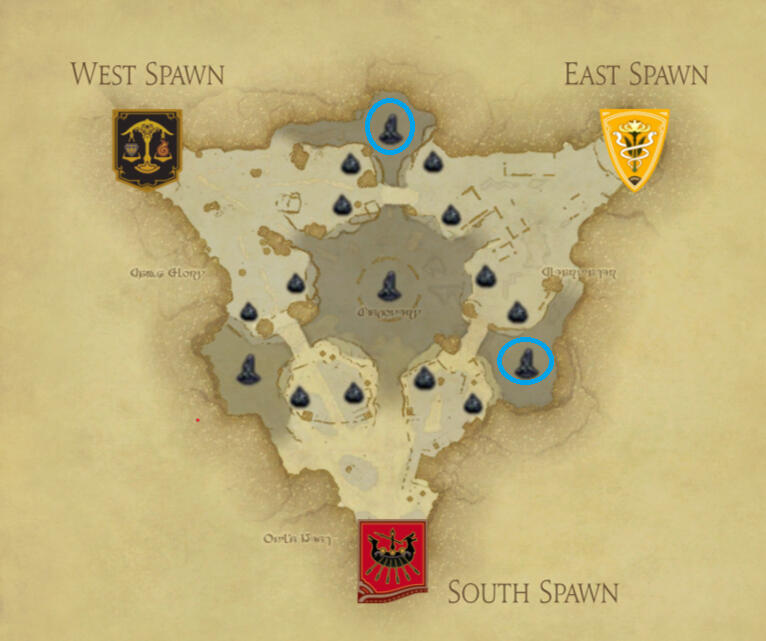
This is a bad position. You should strive to not end up in this situation.Pretty much, unless your team is very strong or their teams are very weak, you should do nothing. You're not gaining any points... but at least you're not losing them.
Double Unsafe Options:
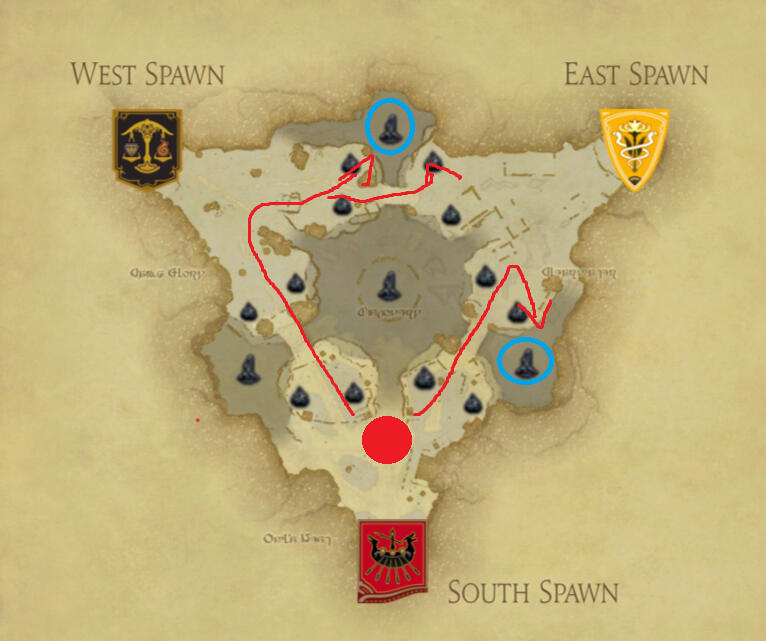
If you are going to try something, then these are basically the best choices. They're the best of the worst, but at least they're more successful than diving off your own cliff or entering through a funnel, which is a basic guarantee of failure.You may decide to wait for the enemies to destroy their ice to engage them, as they'll usually be leaving through a funnel if they don't spot you. But hitting them while their ice is up ensures you get some points from hitting it too.
Small Ice Spawns:
Small Ice will begin to glow at 13:00 min and will become active at 12:30. Given what we went over earlier, it is usually in your best interest to drop everything and lick these smalls.Ideally, you split into 2 teams and go as far as you can away from your spawn, then work your way backwards towards it.Getting your spawn ice first is wasting potential points, as the enemies might not be in position to lick the ice across the bridges or in the middle. If you nab them before they have a chance, then that's drastically increasing your lead.Hitting your spawn ice first limits your point potential and should be avoided!
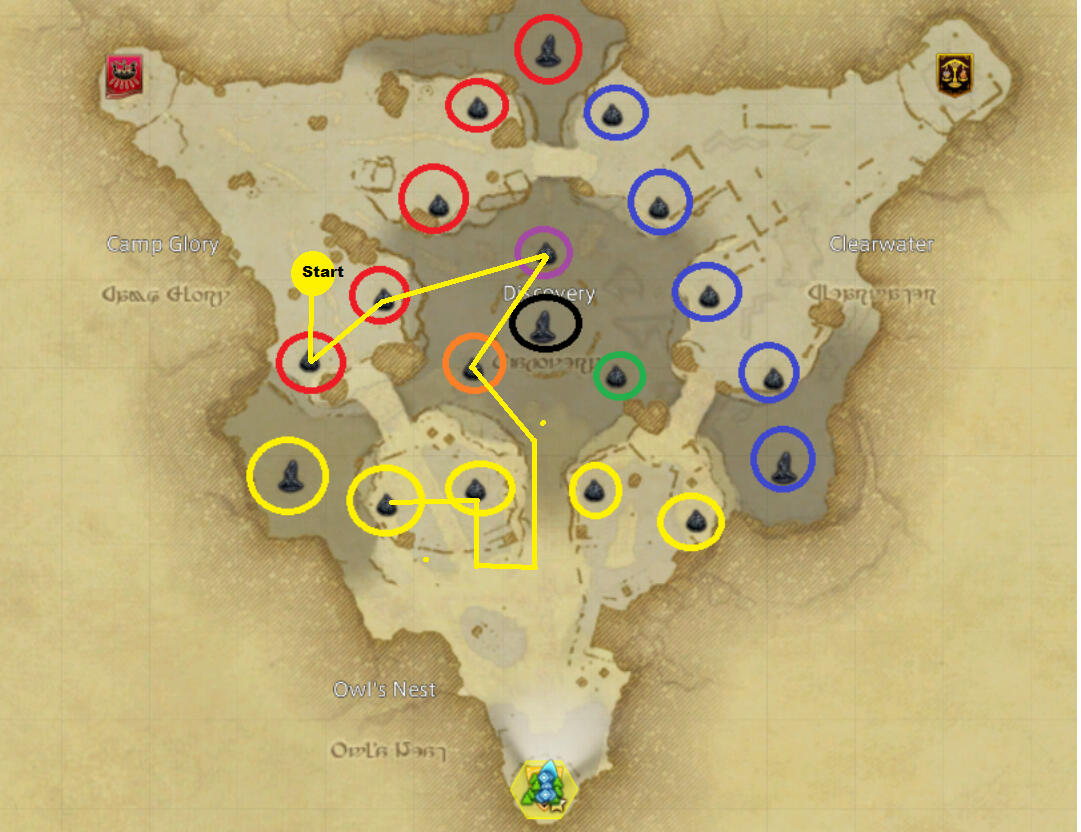
This is just an example. If a team already has a major lead, though, you may choose to not split and focus entirely on that team's side of the smalls to ensure that they don't increase that lead any further.
When to skip smalls:
If middle is about to break and your Safe Ice is next to spawn, you may want to ensure that ice breaks first. This also includes enemy Big Ice if you're desperate or they're really far away/split.If the enemy team is going to win off their Big Ice, then you gotta fight them.If you're about to win off your Big Ice, then the smalls don't really matter.If both enemy teams are pushing in on your spawn smalls, it may be better to just hit the middle ice instead.
Manipulating Ice Spawns:
After an ice is destroyed, you must wait a certain amount of time before it can be chosen again. Taking too long to break your ice or the middle ice can mean getting skipped over in the respawn chances because it is random which will pop next. This will also happen if the enemies take too long to break their ice.Conversely, if the next ice options are only the enemy ice, then you don't want to break your ice, or you are putting yourself into a double unsafe situation, which is usually a bad thing.Ice that appears on the map are possible choices for the next spawn, so keep track of these to ensure you get the largest chance of getting an ice spawn, since the most advantageous states come from having it be active.TLDR: If your ice is possibly next, break other ice as quickly as possible. If not, delay breaking as much as possible.
Onsal
Basics:
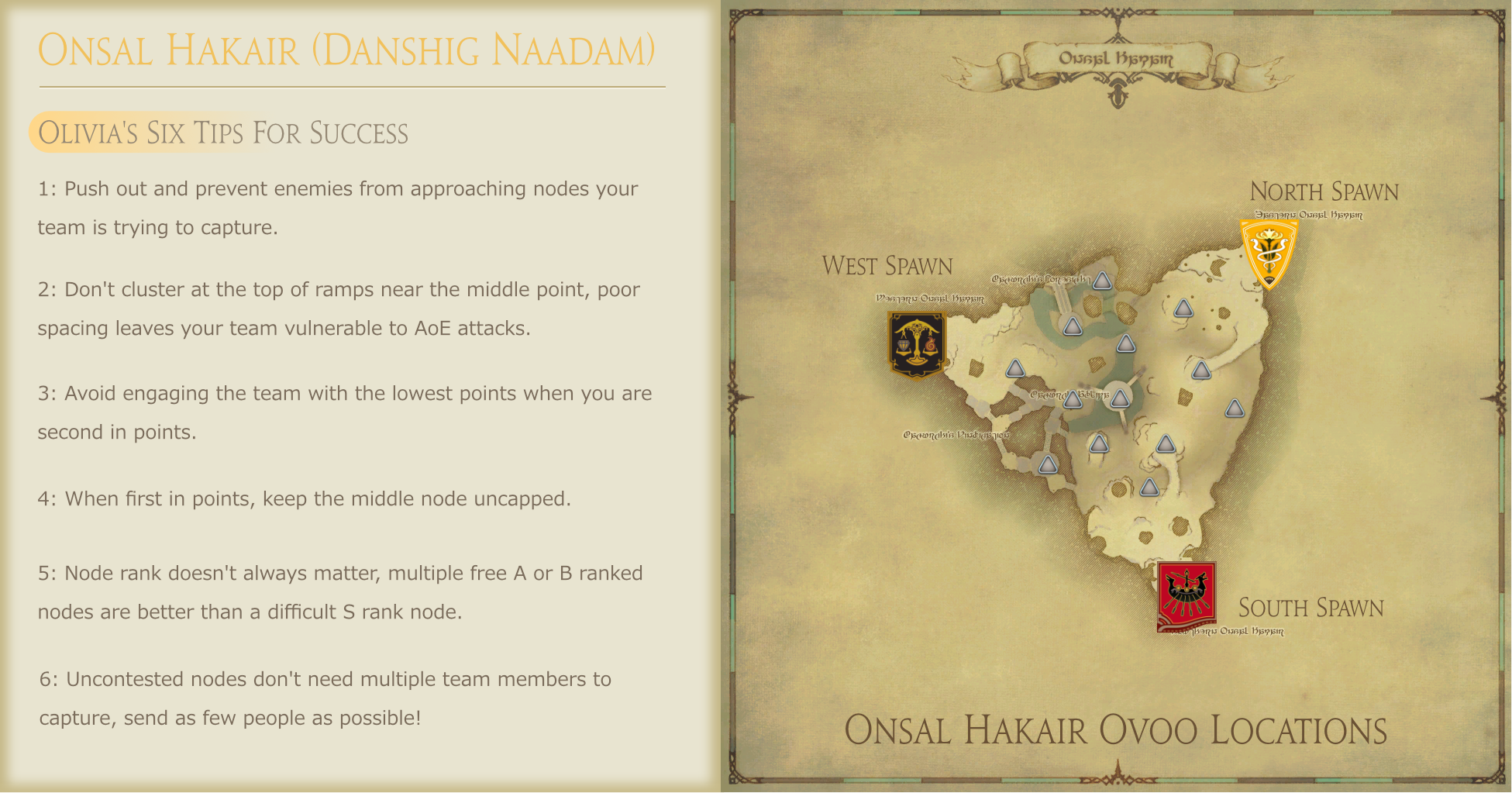
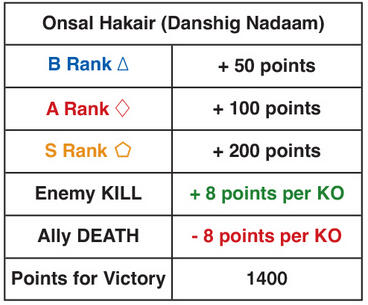
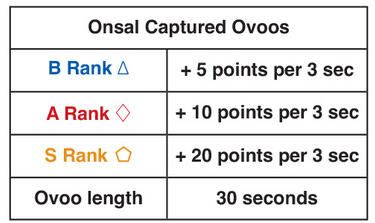
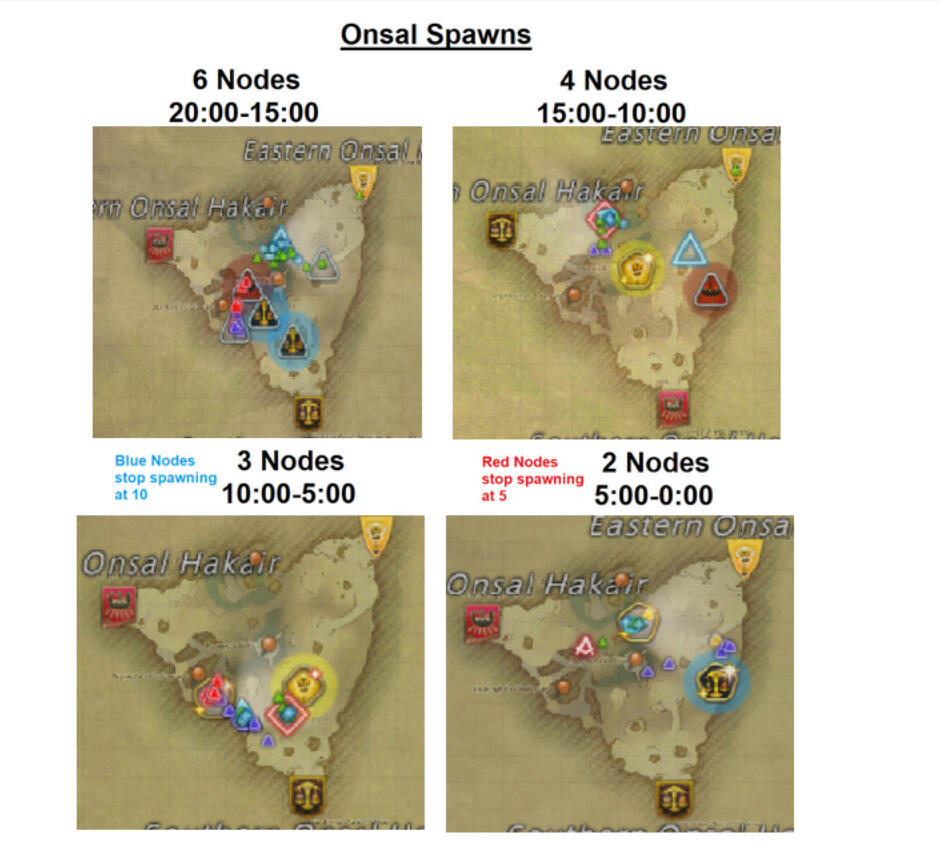
Possibly the most straightforward map. Its small size and objective style lend itself to "crazy comebacks," lots of pinches, and getting camped. These things come together to make the map extremely RNG-dependent. That doesn't mean you can't affect the outcome, it's just not as great an effect.
-
This mode has 3 states: Major 1st lead, all even, and middle up. These things are fairly easy to solve, but we shall go over them as always.
Major 1st Lead:
Choices are easy when 1st has a lead. Pinch them. If they still have the lead... pinch them again... then again... then again...
-
If another team gets a major lead, pinch them... if they still have a lead... pinch them again... then again...
-
If you're in the lead... don't get pinched. You must live! If you can get nodes or launch an attack, that's great, but don't die for it! The enemy can take the lead, but don't lose your Battle High!
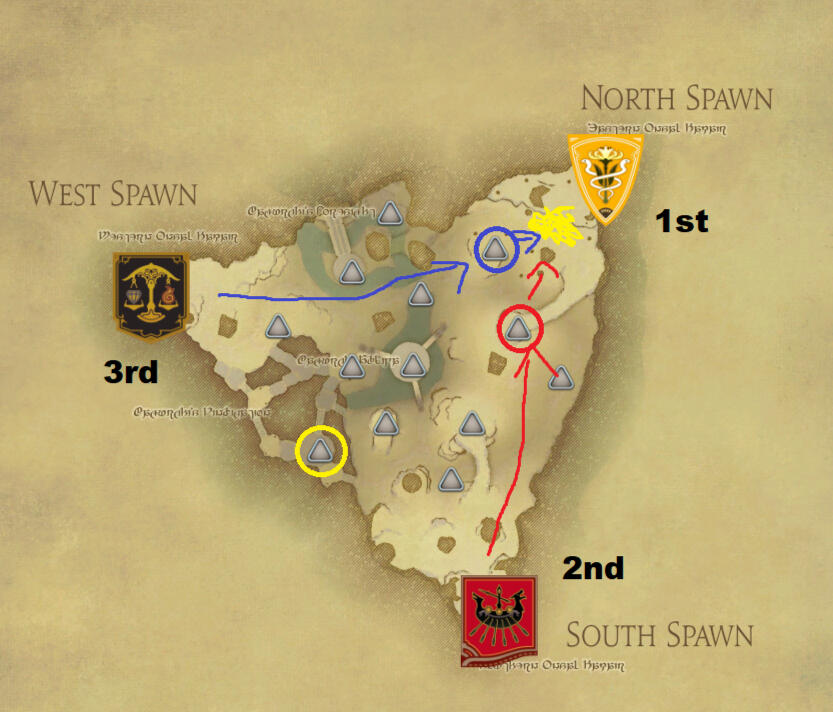
Let us take this situation. There are 3 nodes: the "S" SW, and then 2 NE. Adders is in 1st, Mael in 2nd, and Flames in 3rd.
The play is to pinch 1st. You can send a small team and stall around SW if you want, but the important thing is that 1st suffers (doesn't get a bigger lead first.)
-
This is especially true when they're about to win, but you can kinda ignore this the earlier in the game you are and revert to the most beneficial play you can achieve.
All Even:
When the scores are all similar to each other, you need to think more about what the enemy teams are going to do and avoid getting pinched! Still try to get as many points as possible, but don't die for it!
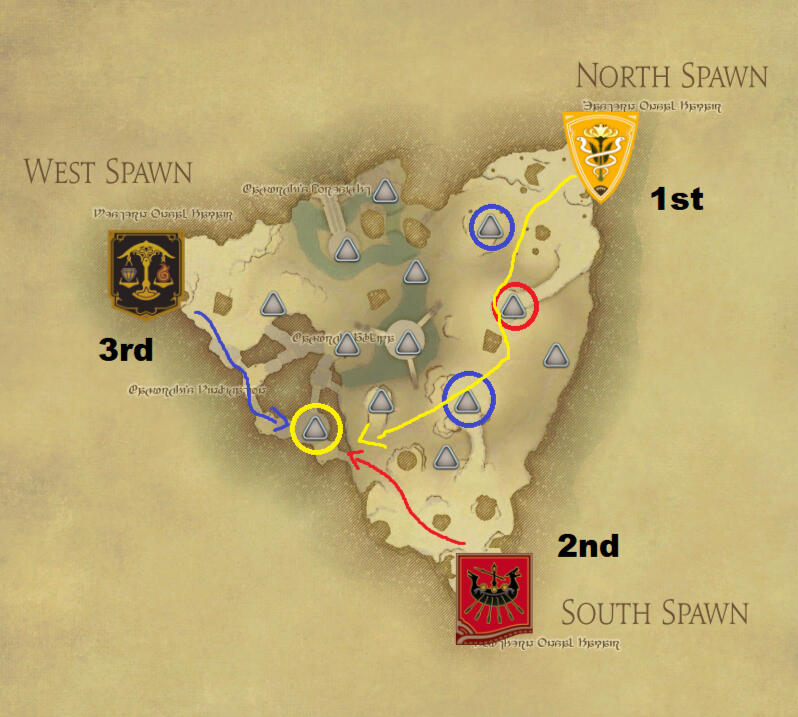
Take this scenario: the scores are close enough to not matter, so Red goes for the S. What they've failed to understand is that this gets them pinched by the unrelenting Yellow team, who's picking up free nodes.
-
Now, if Blue is terrible and you can easily crush them, this is a good play. If you can't, you should do something safer instead.
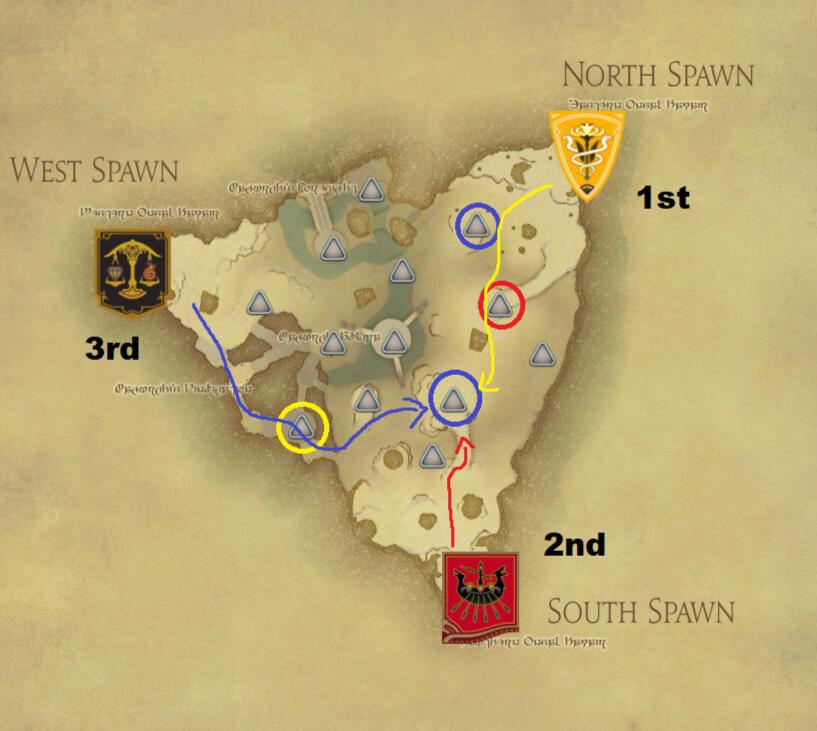
This is a safer play for Red. Technically, Blue could still come all the way around and pinch Red, but it's unlikely. Even if Red doesn't end up getting this node, you didn't suffer as heavy a loss as you could have going SW.
-
Not getting killed is an important part of victory, and not going after the obvious trap is part of this.
Middle Up:
When Middle is up... it's complicated. There's a lot to talk about, but execution is actually kind of difficult. Things to keep in mind are that middle being up is typically beneficial to 1st place, and whatever team can consistently kill. This is your best chance to win while in 1st, so do your best to crank out a win here!
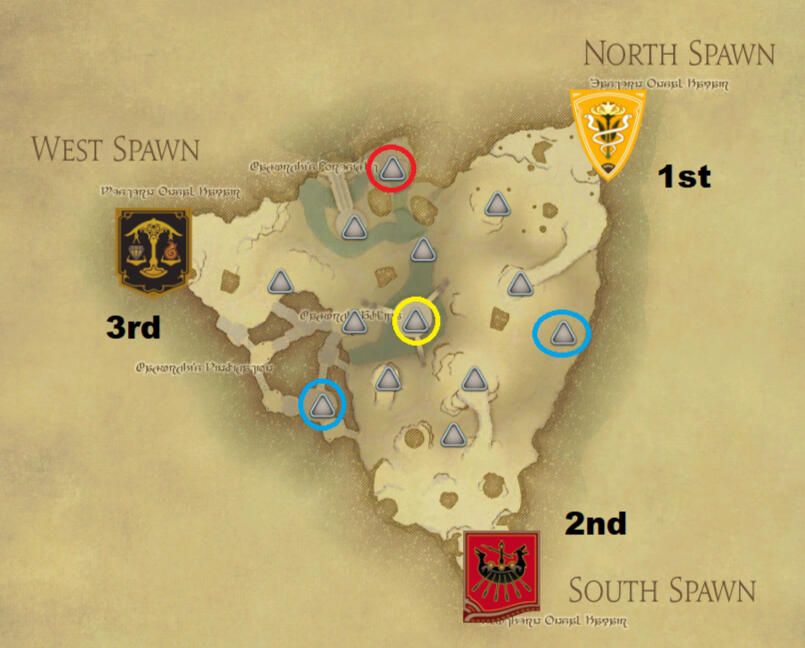
Why does it benefit 1st place though? It's because the ability to pinch is greatly diminished. People will usually go for nodes over pinches, and in this situation, going for a straight pinch will probably get your team thrown against the ledge. Psychology is like that... It also benefits 1st since the ramps funnel the enemy teams for easy burst options with a myriad of escape routes, as you can simply hop off the ledge.
-
So... how does it not benefit 1st?
The first thing is that 1st needs to make sure that mid stays up. In fact, they don't typically want to cap it themselves. It being capped means 1st goes back to getting pinched over and over. For this reason, they can't dedicate as many members to other nodes.
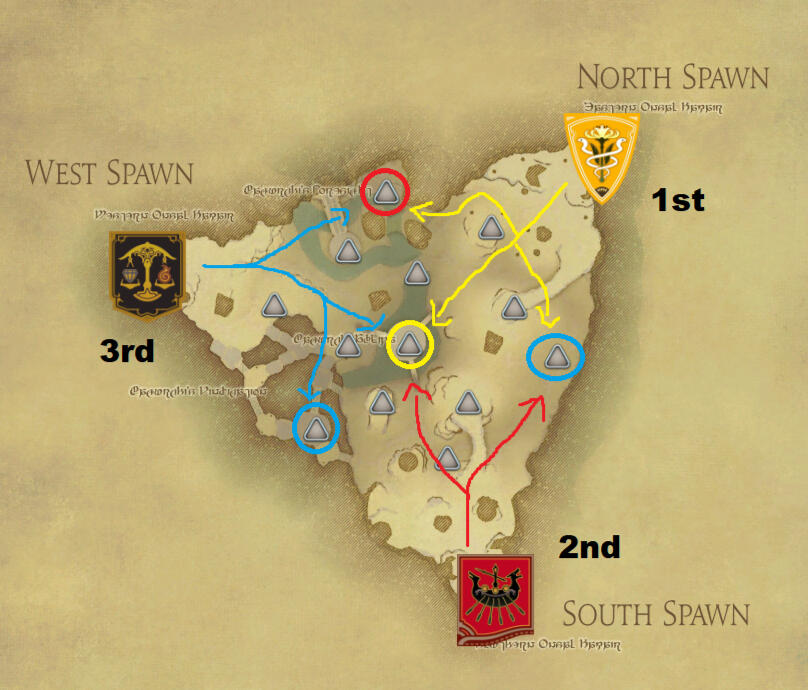
Our same placements again. Now, remember that 2nd and 3rd shouldn't be fighting in this situation (unless 2nd and 1st are really close in score). That isn't the case here, so let 3rd have some nodes and focus on making sure 1st doesn't get anything.
-
I'm going to throw some numbers out here, but it's mostly theory.
1st place - 8 floaters max. Sending more than this greatly increases the chances of mid being capped.
2nd place - 16 floaters max. You can typically crush 1st place and make sure you keep the node. Just remember that... 16 may be the max, but you'll never typically need that many. Putting this many into a node and 1st doesn't show up could mean 3rd getting blasted in the middle.
3rd place - 4/20... If you're going after a 2nd place node, you should really only need to commit 4. (If they're close to 1st place, just send everyone.) If you're going after a 1st place node, you might as well send everyone again. 1st place is typically stronger (that's why they're first), but you can send more people since 1st doesn't want to lose mid.
Regardless of place, make sure that once the node is secure, you high-tail it back to mid and rejoin the fight. Did the enemy teams not come to fight? 1 person is enough. Did you cap? You're now fighting a useless fight, so pray return to mid.That all being said, it's just a theory, and you can adjust based on what your team can accomplish. Furthermore, if 1st place is just really strong and your teams can't compete, just give up mid and don't give them the chance to farm your team. This is giving up your chance to farm mid as well, but if you aren't capable of doing that, then there's no point in entering into a fight you only lose from.
Control Space, not the Node:
To quickly capture nodes, you must control the area around the nodes. If you're standing on the node and someone is already capping it, you're being useless. Stop that... Here's a picture of what to do... do it!
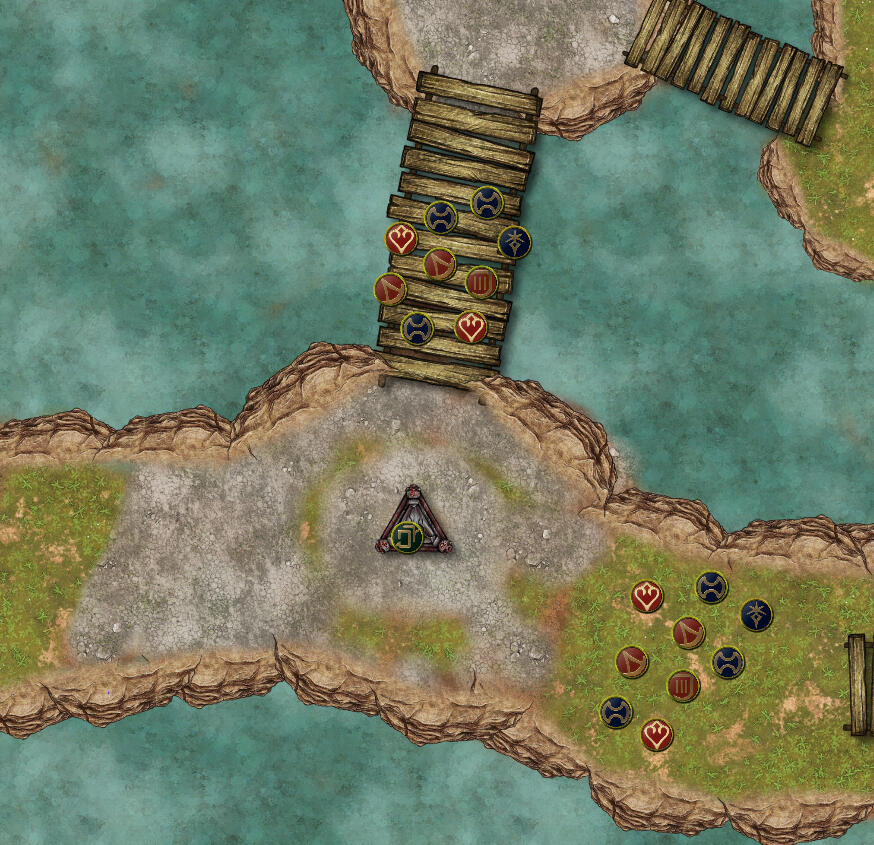
See how one person is capping and the other teammates have blocked off any chance of the enemies reaching them? In this scenario, it's assuming 2 directions of attack, but it could be just 1 or it could be all 8!
-
Fan out and use your CC abilities to ensure the node is captured. Then, if the other team is coming for you, you can quickly withdraw to a safer area. Or, if the third team is going for your enemy, you can push into them.
Tactics
This section is about various stratagems and theories surrounding Frontline. They tend to be more useful when acting as a commander, but being aware of them can help the average player as well.-
These are not listed in any particular order.
Types of Games:
There are 4~ types of games. Most of this guide has assumed that all teams are of equal strength... This is usually not the case. The way you go about the game is different depending on how many strong teams there are, and if your team is one of them.
Unga Bunga Game - When all three teams are running around like headless chickens and power is pretty low, your chances of winning aren't really in your hands... It's more or less random. The best choice you have in this situation is to start commanding and getting your team into better fighting condition. If that doesn't increase your kill power enough, it's better to aim for objectives and minimize deaths. You'll have to focus on more "fights," which is never ideal, but as long as your positioning isn't poor, you'll eventually come out on top.
Single Team Stomp - One strong team should mean an easy win, but this isn't always the case. RNG still plays a role, or one team could decide to throw against the strong team out of spite. The strong team should make sure not to get pinched as they'll probably be first. Make use of strong positioning to avoid 2v1s. If you're one of the weaker teams, try not to engage the strong team without the 3rd to back you up. Try not to fight the other weak team unless they have a significant lead. It's important to work together, but you are trying to win too.
Two Commander Game - This is a rough one for everyone. It is somewhat of a who throws for who, but it can still be a full RNG match. To sum it up, you can't attack any team so that they're at such a disadvantage they decide they'd rather help another team win. For the strong teams, it's all about restraint. Don't bully so hard and keep the scores close. For the weak team, it's all about getting what you can and not getting farmed. You just need to make sure the strong teams are fighting each other and not you.
Gentleman's Game - When all 3 teams are strong, fighting even bursting isn't a great choice. It's very hard to kill someone who knows what they're doing, at least without dying shortly after. A lot of what you need to do in these games is pressure, control space, and capitalize on mistakes. The stronger players are, the less useful fighting/bursting is as a means of points. Focus on winning objectives and punishing enemy aggression.
Pressure:
When the enemy teams are strong, even if you're strong, engaging is dangerous. When you're in this sort of situation, you don't necessarily want to attack but "pressure" the enemy. Close enough where if they move to a bad position or get attacked by the third team, you can swoop in and profit, but far enough away that you don't actually start a fight.
-
This Goldilocks distance is about 1 Shatter bridge apart, but it's better to be a little bit too far than a little bit too close.
-
The main use of pressure is to ensure a powerful team doesn't get to burst for free, but it can also be used as a means to get out of a King Maker position. If two teams are close to winning, they should be attacking each other. If you initiate an attack on either one, then the other one wins. Instead, you want to wait and see which of those two teams wins their fight and then attack the team that won. This allows you to gain the points from the team that won the initial fight. It'll end up with 1st and 2nd being in the same position as before, but you will be closer to them.
-
Beware doing this sort of thing as 1st or 2nd, since 3rd is under no obligation to hand you the game. I recommend that they don't.
Piggy Banking:
Sometimes... the enemy is very weak, beyond incompetent... sometimes they just don't have the jobs or the coordination to fight effectively. The JP community has their own phrase, but I have often referred to these teams as "Piggy Banks."They basically have no chance of winning. Any points they have are basically being stored in a piggy bank waiting to be smashed open.It is often good to let these weak teams (usually 3rd place) have free nodes and not bother them in the early and mid-game. Ticking off these teams may lead to an early lead, but unless your team can handle a 2v1 for the rest of the match, letting the other team attack and anger them is a smarter long-term play.Don't let them win, obviously... but letting it seem like they have a chance can keep them off your back while you're off building Battle High for the endgame stretch.
King Making:
Psychology plays a major role in all games. Remember that any team can lock in and have a chance of winning regardless of their current score, but it doesn't always feel that way, and teams will give up their chance to win for a chance to ensure another team loses, thus crowning the third team the winners.This is something you can make use of, but it's very difficult to do. It's far more likely to kick you in the butt, so under normal circumstances, you want to give the enemy a chance to win so they don't destroy yours.
Points Per Second (PPS):
One way to measure and weigh your actions is how many points you, your team, and the enemies are going to gain from it. It works on both a micro and macro scale. "Is hitting this enemy gaining me points?" "Is bursting here going to net the most points, or should we grab an objective instead?"One thought is that if you're earning points, even if it's a single point, if the enemies aren't earning any, then you win the game.Similarly, you don't need the highest "PPS" if you already have a lead; you just need enough to outpace whatever amount the other teams are having.Finally... You can have negative "PPS," so... 0 may not be ideal, but it is sure better than actively losing points.
Two Pronged Attack
Sometimes... you don't want to put all your eggs in one basket. In theory, it does not take a full 24 players to wipe an enemy team. The reality is that most of the work of a burst is done by the top 8 players of a team, with some scraps getting fed to the rest.This doesn't have to be the case, though. If your team is extremely strong and so is the enemy, you can send in a group to eat all the "BS" and group up the enemies, then send the rest of your team to clean up with the "true" burst. This requires even more coordination than we can currently output, so it remains a theory.
The High Ground
The High Ground offers many tactical advantages. It is a major factor in good positioning,it offers a good view of the enemy forces while obscuring yours, and most high ground areas have less entrances forces the enemy to funnel themselves.
Never underestimate the effects it has in an engagement, and don't push out of it needlessly.
Leave them with the Bag
Those familiar with stocks will be aware of this term. When engaging in a pinch or a 2v1, you want to be the first team to leave when the time is right. (I.E. after most the enemies or dead or 1st is no longer in a wining position.) By leaving at the right time, you leave the other team that was assisting you with "the bag" (former 1st place). This lets your team have a stronger position, be less likely to be pinched, and will be able to get a jump on the next objectives unabated.
Other Guides:
My previous guide, it still has some useful information and macros that are not in this version yet.
A well written guide with lots of good information and charts, (some used in this guide) It's good to have multiple perspectives, so make sure you read this if you're interested.
A guide focused on commanding in Frontlines using idioms from the "Art of War." Definitely a good read for any aspiring commanders.
A mondern guide with full alliance comps and in-depth strategies. A very good read.
Discord Links:
Catch all server for PvP in XIV. Go there for anything PvP.
A server that focuses mostly on PvP events and weekly que syncs. Very wholesome people here to play with.
My own discord for twitch fans. It's still new and growing, so feel free to hop in. Probably the best place to ask me directly.
Glossary
Baiting - Luring enemies into a bad position or force them to waste time.
Burst - The act of using pooled resources to attack an enemy team.
Burst Stoppers - Jobs that excel at locking down key targets to stop a burst from being effective.
CC - Crowd Control, actions/debuffs that hinder the control of your character.
Commander/Shot Caller - A player who tries to coordinate the team
Counter Burst - Retaliating during or shortly after an enemy team tries to burst your team with your own.
Effective Damage - damage that results in a kill or assist.
Feeder - a player who runs into the enemy team to die over and over.
Golfing - using knockback or pull-in moves to hit people off of ledges.
Guard Break - A job that can stop enemies from guarding or end their guard early.
Guard Crush - A debuff that does not remove guard but lessens its effect.
Helpless State - Any condition that takes complete control away from your character.
King Maker - a team that chooses 1 of the other teams to win.
Macro - A series of actions/chats that automatically execute.
Pinch - When two teams approach a third team from two opposite directions.
Pooling - saving resources to be used for later.
Premade - a group of 4 players coordinating together.
Rat - a player that tries to distrupt/harass your team.
Rouletter - a player who only plays one match a day. Sometimes derogatory.
Snapshot - a recorded state such as position, defensives, or other buffs that are used for calculations before an animation finishes.
Throwing - When a person or team takes actions that are disadvantageous to them winning the game.
Special Thanks to:
Korshtal - Map Graphics
Togame Rukino of Exodus - Point Charts and Map Objectives, Proofreading
Alhulari Crystal - Seal Rock Graphics
Mintrea - Proofreading
Masie Kyrou (Masietro) - Proofreading
FireAfrit - Proofreading
Chilla - Proofreading
Alhulari Crystal - Proofreading
About me:
I am Olivia. It feels weird to talk about myself, but I'm just your normal XIV player who has fallen in love with Frontline. 72 players in an open field, battling it out sings to my fantasy. Becoming a commander has only improved my experience.I've written this guide in hopes that people can see what I see in the mode. An extremely deep experience ripe for optimization with personal improvement and team synergy.
Credentials:
Then:
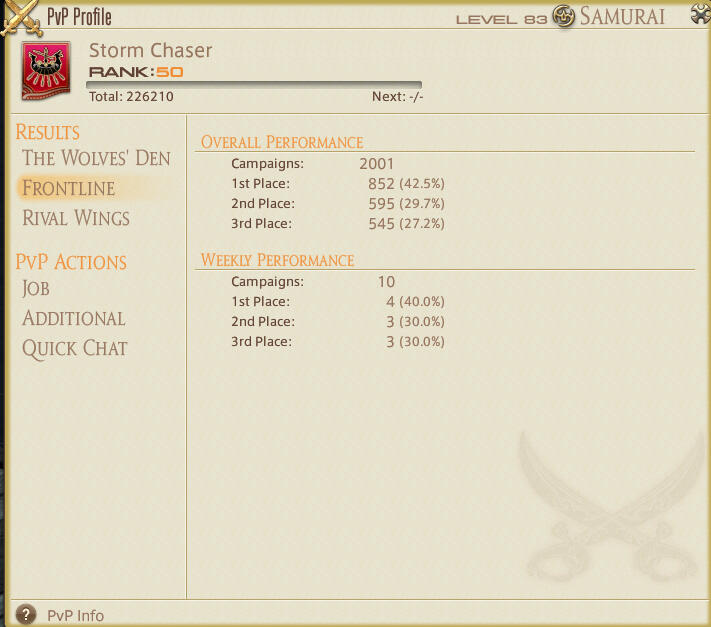
Now:
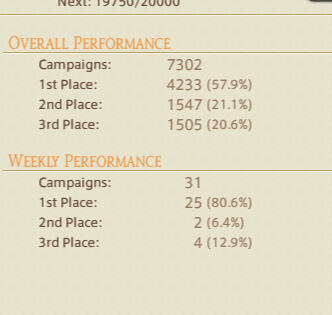
A picture with me in it:

When Shatter got the map rework:
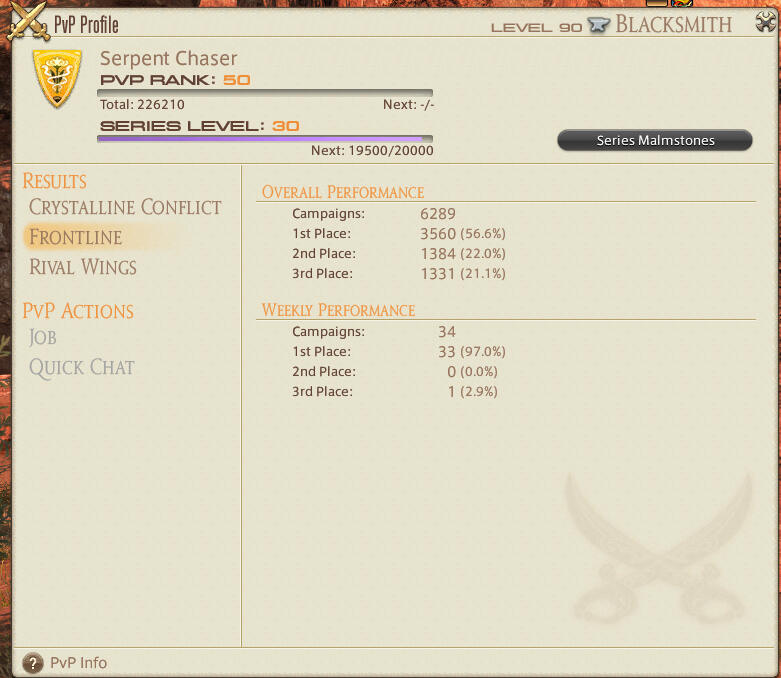
Pulling:
Dark Knight continues to be a staple in coordinated play thanks to its "Salted Earth ability. Ensuring that this ability is used correctly should be your first priority in this role. To often I see Dark Knights only pulling 1 to 2 enemies and wasting their potential. This section will take a look at how to get the most out of your most important ability.
Official ability description:
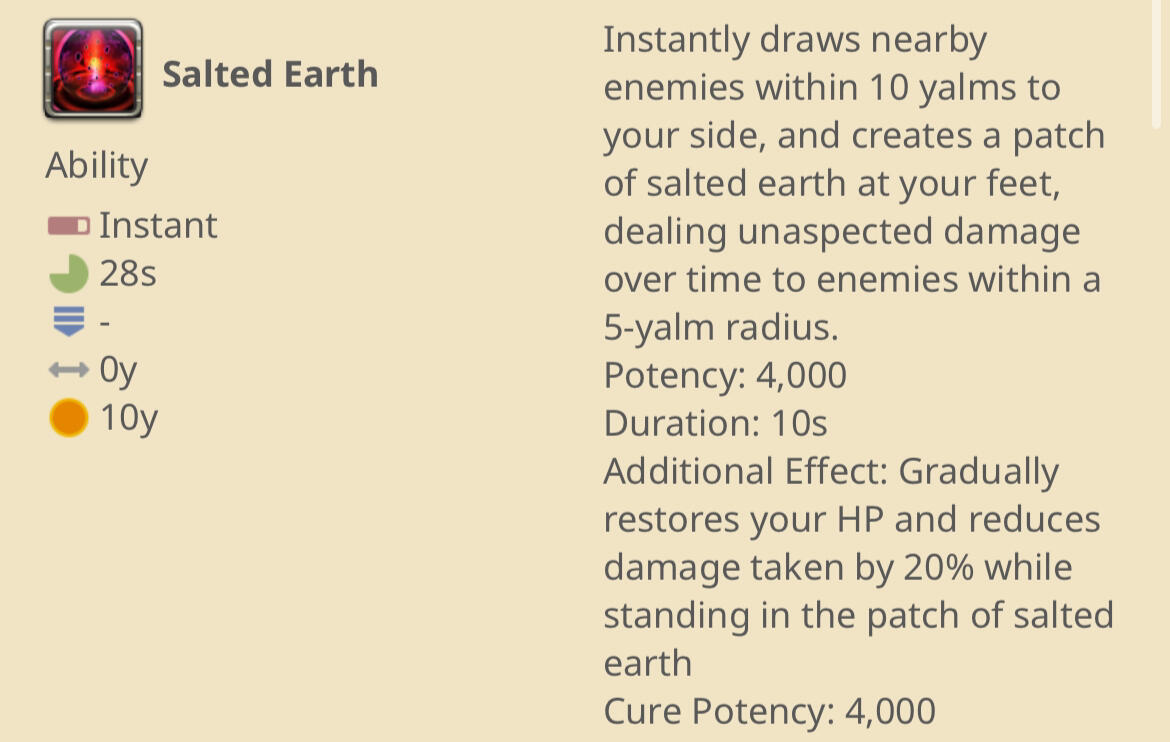
So, you have a a 5 yalm salt circle, then you have a 2.5 yalm pull in effect surrounding all sides of it. The best way to visualize it would be to press "Salted Earth" then stand on the edge of your circle and press "Impalement." The edge of your impalement is the max range of your pull effect. The enemies' end location will also be the side of the "Impalement" inside the circle as well.
Impalement Demonstration:
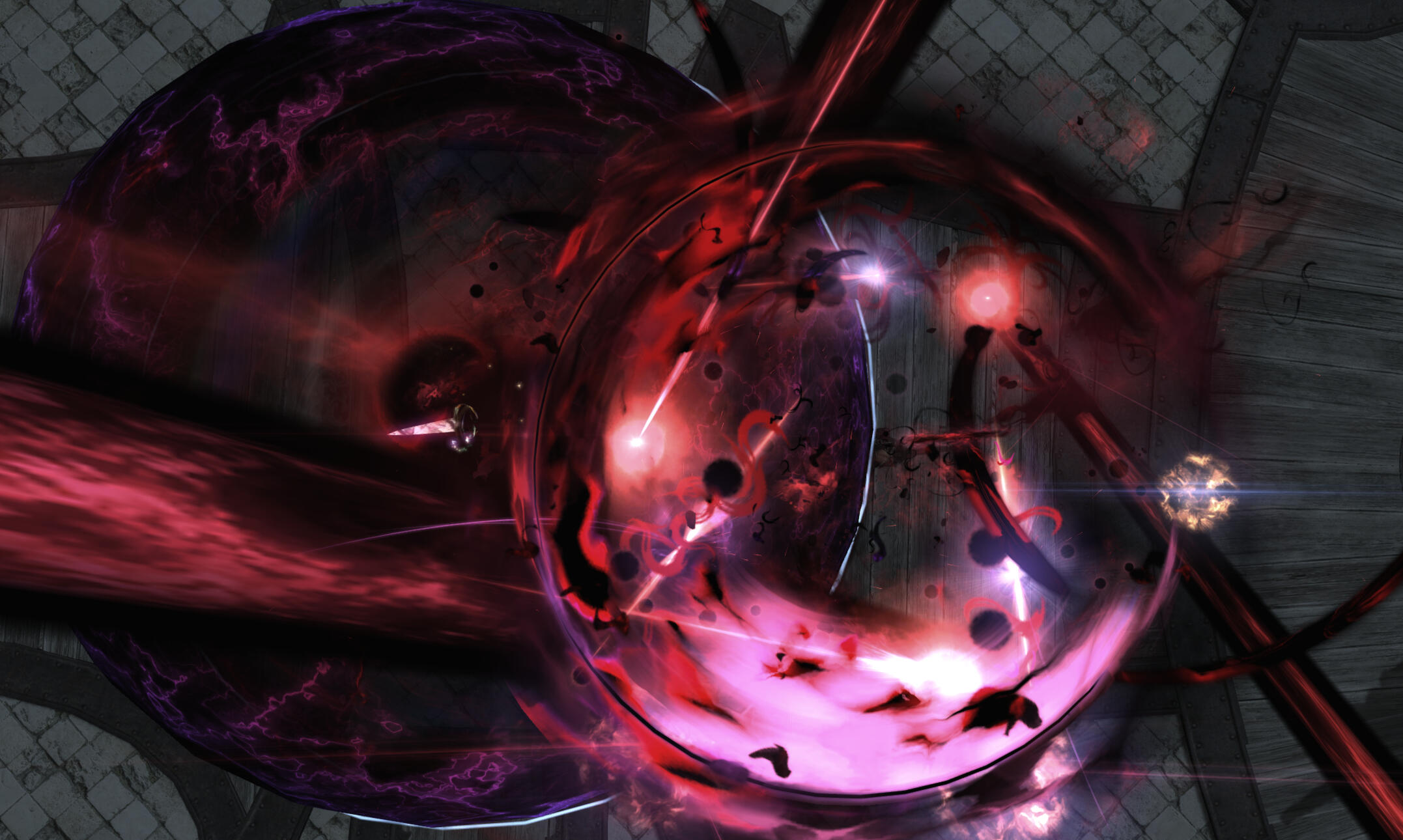

Rough Distance Estimation:
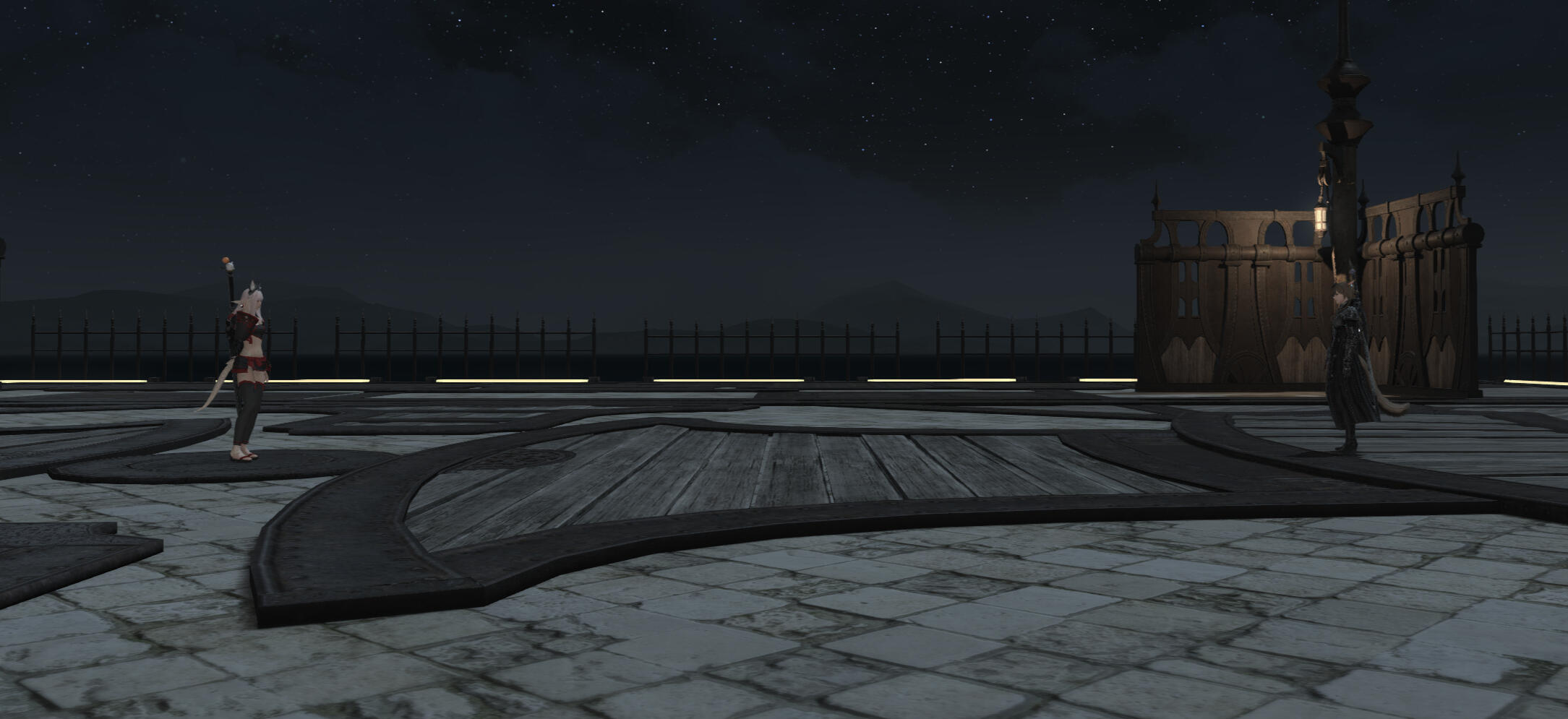
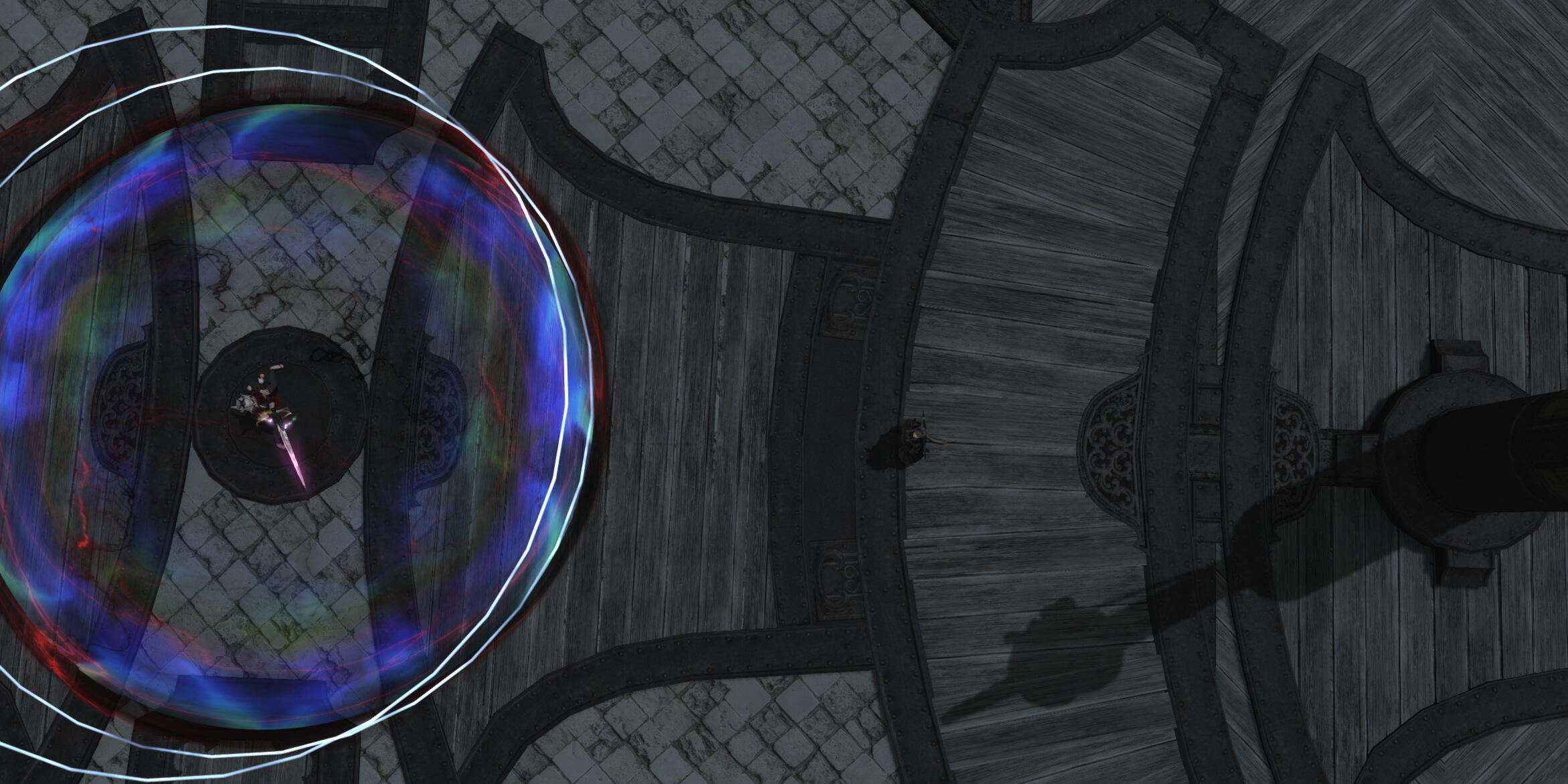
Rough Radius:

While this is the max distance people can be affected, once you factor in latency, movement, purify, and spaghetti code, the actual range is a little smaller. That is to say... don't be surprised if a person that " should have been caught" doesn't, but also don't be surprised when a person that "was totally out of range" does.
How to do a good pull:
1. Dive Deep
Getting only the front of the enemy team isn't going to help. The backline can easily cover and aren't being hindered by your pull in anyway. The best pulls are usually the ones that dive past the front-line onto the juicy range jobs. Diving past the front-line will also usually get them to turn around and fight you drawing them into your pull without any extra effort.Remember that your main source of damage is your team blasting every big damage attack have on your location. Use all your defenses and mobility to get to the right location then run the hell away and survive!2. Lead Your Target
The changes to how hit detection in PVP function means that enemies have a chance to escape your grasp. Anticipate where the cluster of enemies will be, not where they are currently.This also means getting out ahead of the enemy. If they're heading towards their base funnel. You gotta get there first and salt them so they are faced with 2 terrible choices. 1. Run towards their spawn and get blasted in your pull, or 2. scatter around the map to be picked off after your pull.3. Enter at an AngleMany people struggle with targeting. That is mainly because they're trying to attack head on. Targeting enemies, even with mouse and keyboard is difficult when the enemies are in basically in a line right on top of each other.Try approaching at a slight angle, a full side view if you, so you can clearly see the enemy formation and can tab left or right to find the perfect spot.4. Don't be Early... or Late
You must ensure that your team is with you when you plunge in. To early and the enemies get away and spread out negating your pull. To late and your team will have already spent their heavy hitting AOE moves.Pull right when your team is ready for it and not a second sooner, and not a second later.
Dealing with Burst Stopppers (BS):
In an ideal world, someone trying to interfere with your pull wouldn't matter because you have four or five other Dark Knights going in with you and covering you while you get beat up, and if they're getting in beat up, it's you who is getting in and getting the pull done.Sadly... we don't live in an ideal world, and more often then not, you're the only Dark Knight, and the pull lives and dies with you successfully getting in.So, how do we deal with "BS"? There's no catch all solution. We'll go over some different things, but there's no substitute for experience.
1. Easy Mode
Get a Paladin to cover you. Now all those little "BS" attempts will fail. This of course relies on you having a good Paladin friend who's getting beat up in your place. This also comes at the opportunity cost of not covering your much frailer (and arguably more important) Dancer friend.Early Stun/Knockback CC
You're trying to plunge in, but monks and bards are shooting you away or perhaps a Warrior is using their blota, or even an enemy Dark has positioned behind you and pulling you back for a counter-pull.Pretty much all of these means to pre-pop purify... meaning, press purify -> plunge -> Salt x2 -> Guard until Dancer LB goes off -> Attack and leave at your leisure.Early Monk LB
If a monk is using their LB on you before you plunge, then your pre-pop purify isn't going to be very useful... in fact, it is actively detrimental to getting in. Instead, try to get out ahead of your team and bait the LB while your team is catching up. Once the LB ends, pop purify to ignore the Monk Knock-back and proceed as above.If they knock you back, then LB, your action you should be aligned with your team and can either save purify for post Salt or pre-pop it should you suspect more incoming CC.Early Reaper/Dancer LB
If your team is eating a reaper or dancer LB make sure you aren't getting singled out and sent into the enemy team defenseless while your team is getting sent away from you.The best option here is to watch your spacing an delay your pull until after the Reaper/Dancer LB ends. This could be a simple 3 or 10 seconds, or you could go in and do a "light" engage and save your LBs for the next engage where the Reaper/Dancer won't have their LB.Depending on the strength of the enemy team, this may an enemy attack which is extremely dangerous. Be mindful of this and it may be better to push past the LB and "BS" the enemy instead of an actual engage.Post Plunge CC
The most dangerous time to be CC'd since you should be in the middle of the team. Pre-pop purify still works here, but it can run out before you get the salt off. Most often this will be a Plunge -> Purify -> Salt combo. This is usually fine since you want to adjust your footing after you plunge 99% of the time anyways.A monk LB post plunge is the most dangerous timing of the monk LB. Since you are helpless in the middle of the enemy team. Hope your Dancer is on point and gets it off while you're stunlocked, so you can get the Salt off afterwards.Post Plunge Dancer/Reaper LBThis is actually also a little dependent on how good the enemy team is. With luck, your Dancer/Reaper LBs are also going off at this time, so these become a scramble for which side can start recover and adjust the fastest. It may be your back up Dancer pops their LB after and the you Salt as normal, or the pull may be over as the enemy gets away. You'll have to adjust and play by ear.Post Salt CC
You're job... is already done. Good work! If you can go back in and push out more damage then great, if you need to dip and elixir, that's fine to!Pull right when your team is ready for it and not a second sooner, and not a second later.
Grid Theory:
In this section we'll go to the grid and look at some example clusters of enemies and examine where to best place our salt for maximum effect.
Things you need to be considering our which way you should be attacking from, who should you plunge.For best practices, place your mouse or finger on the exact square.
Grid Representation of "Salted Earth":
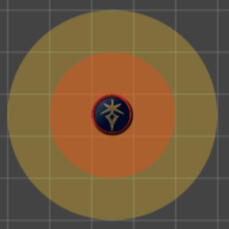
Scenario 1:
For our first example, we have this cluster of enemies. For our first test they're being a bit dumb and standing completely still. So who should we plunge to? Where should we stand to maximize the number of people our pull hits?

Solution 1:
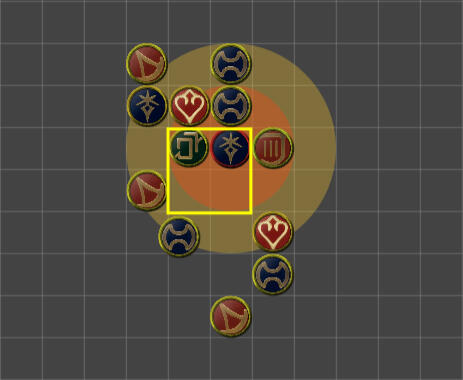
Scenario 2a:
With the changes to how effects and damage is applied to pvp. All players have time to "react" to the Salted Earth. They have a chance to get out of the radius if they're quick enough. You should always assume this will happen. So, assume this time that everyone will be running away from you when you jump in. At least 1 square. Where do you go then?
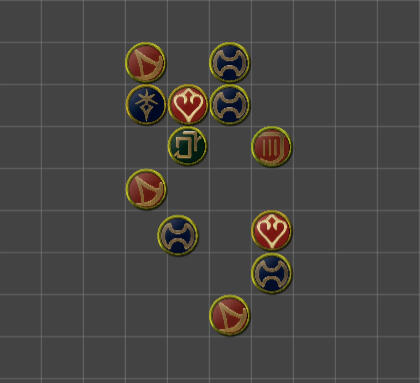
Bad Choice 2a:
same squares as before. Instead of the 9 you had before. You now only end up with 4 getting pulled. Every additional person in your pull is exponentially increasing your team's damage. Don't be slacking on this!
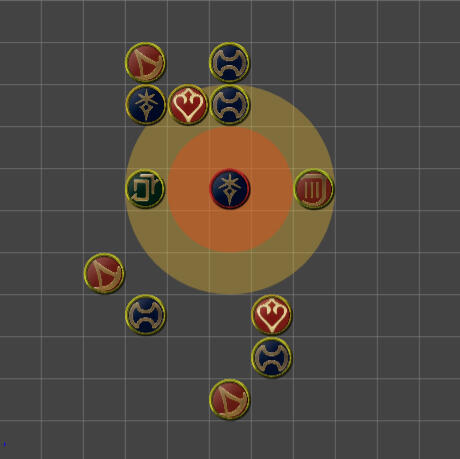
Solution 2a:
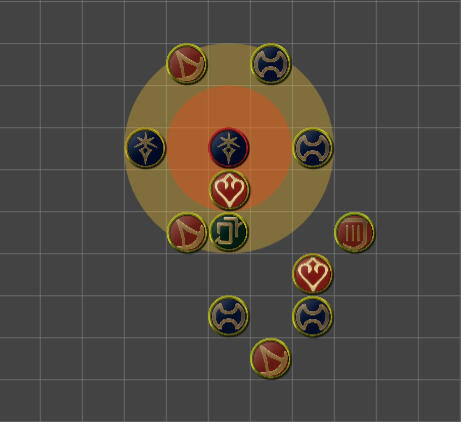
Scenario 2b:
That of course, begs the question of where the 2nd dark should go? Assume you have a dancer who is using LB. In this situation, EVERYONE is getting stunned by it, so no one is going anywhere. The Dancer LB range is getting marked with the Blue Aura. Don't forget that the people are getting sucked by the first Dark Knight to!The below picture is what it would look like after the 1st dark suction.

Solution 2b:
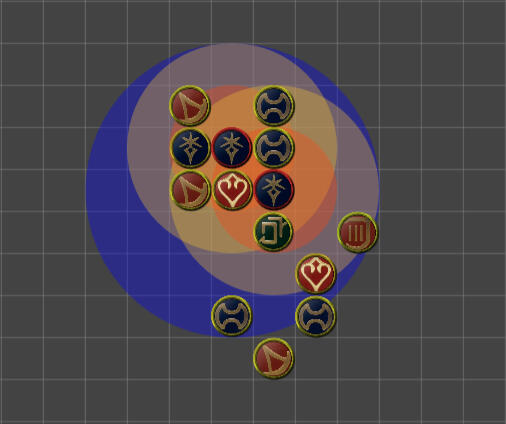
Scenario 3:
In this final example. The enemies are running South. They're not necessarily running away from you, but they are trying to get to a safer location. So when they're all moving South, where should you pull?
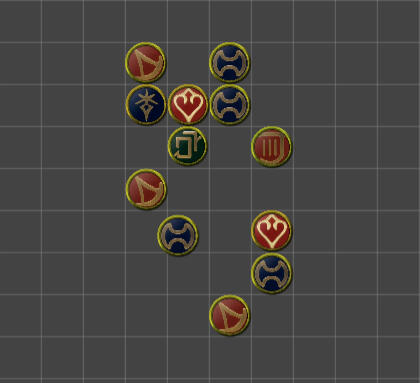
Solution 3:

Clips:
Not to toot my own horn to much... I've been playing dark for awhile and I know some people need more than graphs and pictures to understand. Here's some vods of Dark Pulls. Pay attention to the "good pul" concepts we went over above.
Pinches:
A favored maneuver by all. Pinching means teaming up with another team to create a murder sandwich for the 3rd unlucky team. When done correctly, this will usually be a team wipe for the pinched team and a huge swing in points and battle high. So, how to see and set up pinches?
In easier games, this is a great means to steamroll and take advantage of weaker teams. In higher level games, this becomes the only means of bursting effectively.
How to Pinch:
1. See two teams "fighting"
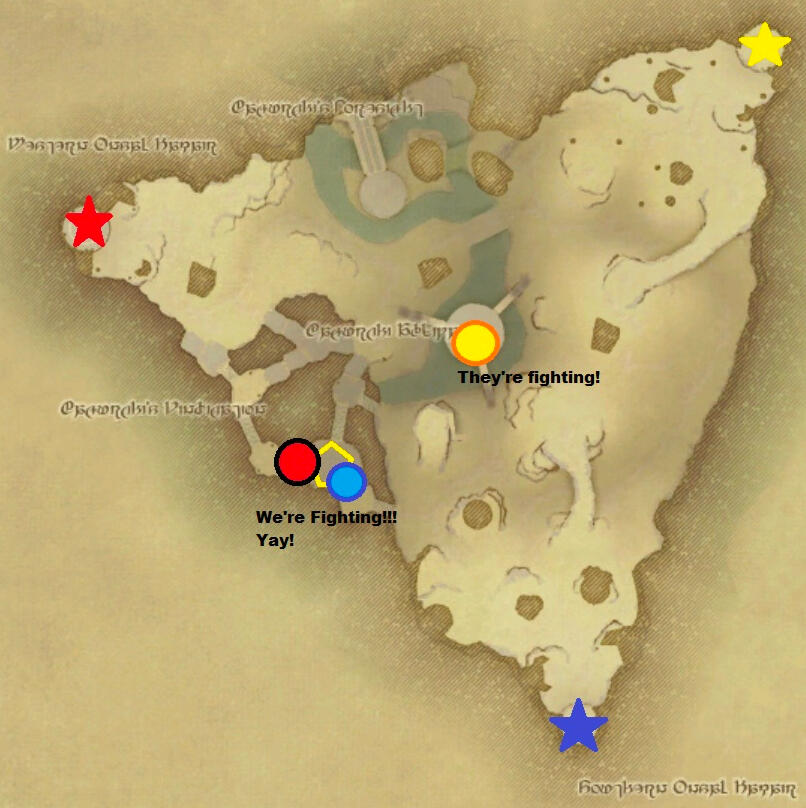
2. Select route that stops escapes
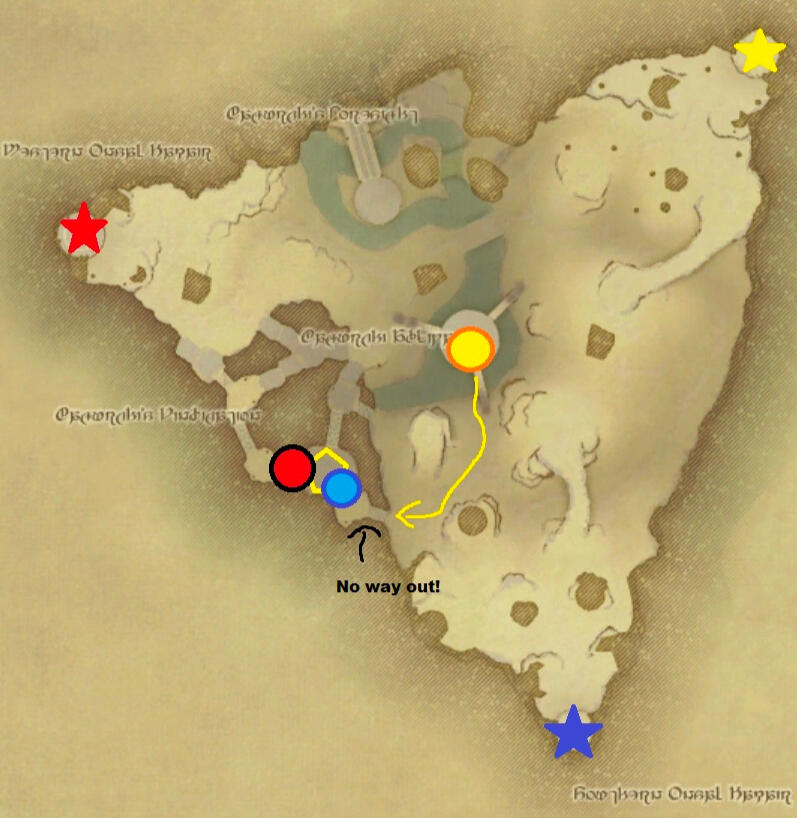
3. Burst!
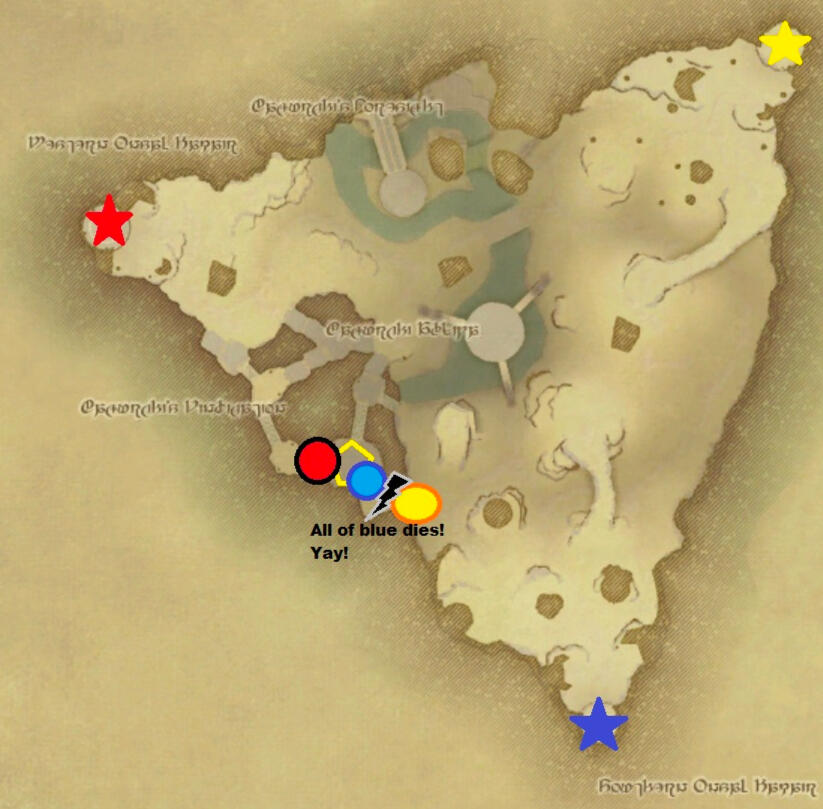
4. Leave
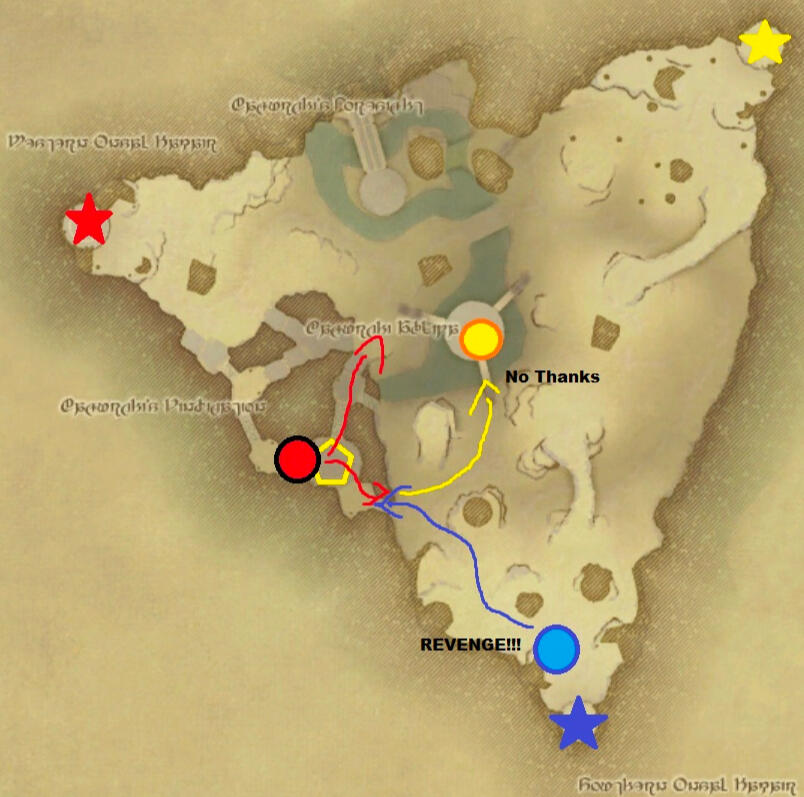
The team that arrives last usually benefits the most out of a pinch, but the team that helped gets to capture whatever objective they were fighting for. Rarely do you want to engage the other team after a pinch. You just bursted; you don’t have the fire power for another fight, and are probably in a bad position.
Leaving means getting to reposition for a possible 2nd pinch if the enemies engage again, getting to the new objectives, and avoiding burst while defenseless.
Recognizing Pinches:
1. Node CapturesIf the enemy isn't in combat, they won't appear on the map. That doesn't mean you can't figure out where they are. If you see a node captured by a team, that probably means that's where they're at or at least were at. You can actually use pin their path before this though.
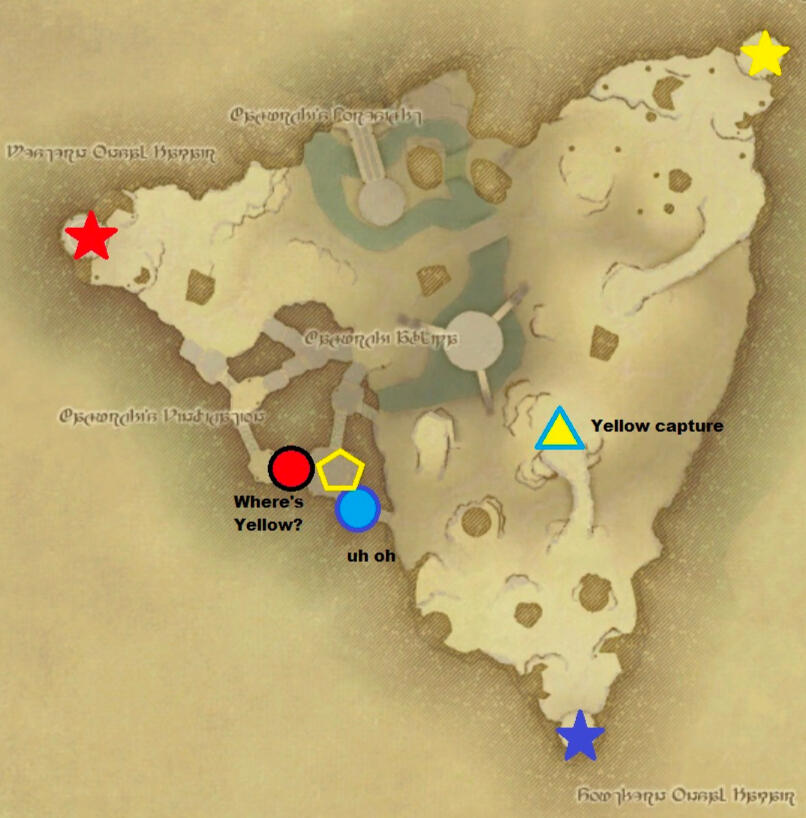
2. Node PathsBy looking at the way nodes spawn, you can predict where a team will go first and where they'll end up if they don't encounter any resistance. It's easier to recognize the paths and give up "trap" nodes instead of engaging an enemy to set yourself up for a pinch.
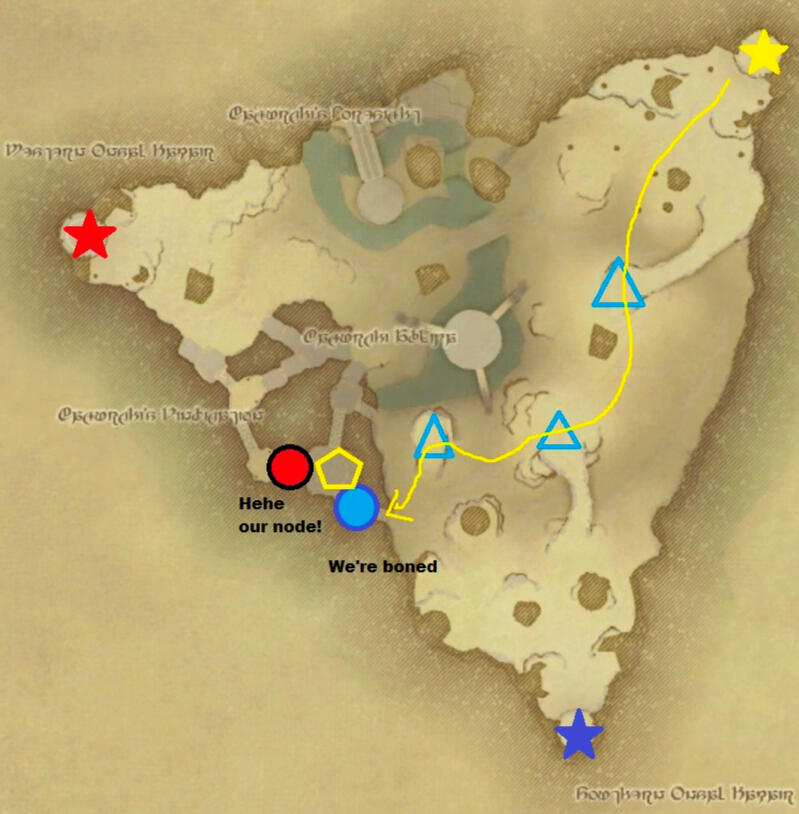
3. Stray Mavericks
One of the Mavericks' jobs in your team is to alert you of incoming attacks and to stall the main force. These brave players are sacrificing themselves to save their team, don't waste it!
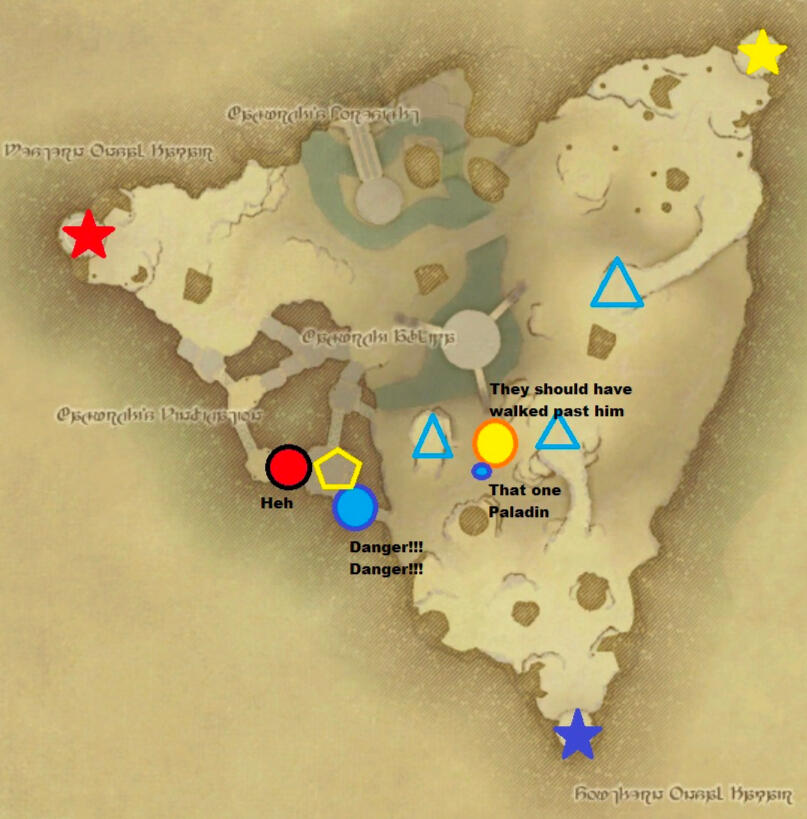
4. Early Arrivals
The bane of coordinated groups. Enemies arriving early to an attack are just as much a signal as anything else. Let their impatience save your life.
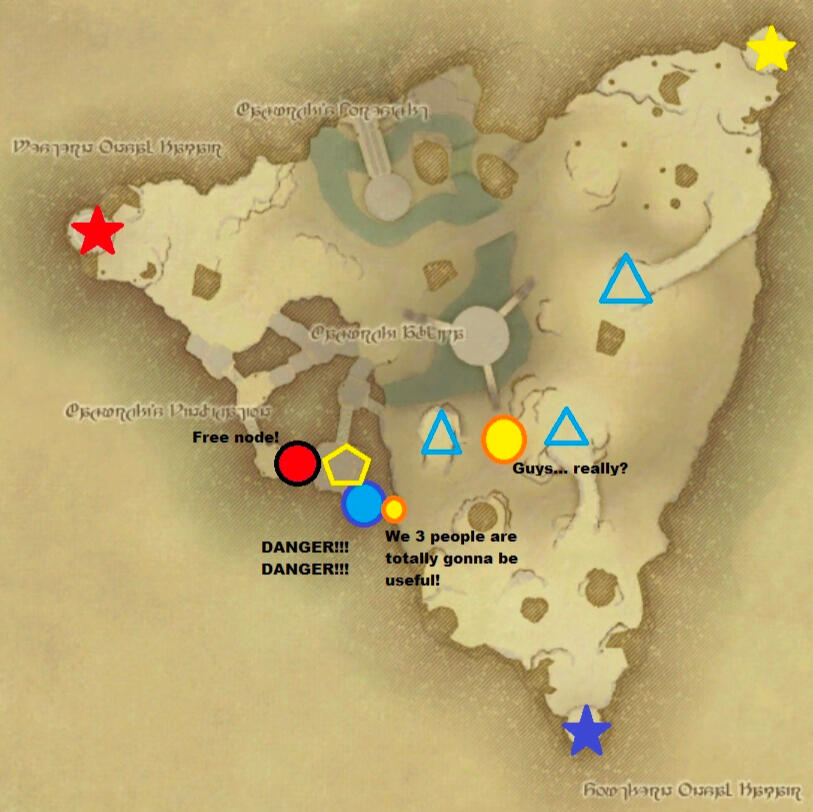
Keeping maps open, moving together, and falling back lets you avoid most pinches. One of these is easy, the other is mildly difficult, and the last is basically impossible without a good team. To avoid a pinch, never be pinned down for too long.
Prolonged fights with a team invite the 3rd to destroy you. The more you move, the less likely you are to get pinched. Should you get into a long battle here are some signs that a pinch will occur. This is also why I suggest not chasing stragglers for very long after you burst. It’s not worth the risk.
Escaping Pinches:
These are not recommendations. These are band-aids to minimize losses after getting yourself into a bad situation.
1. Push Through
It’s not a pinch if the other team is dead. Go all in and shatter the enemy team you were fighting. While their forces are tattered, escape before the other can get to you.
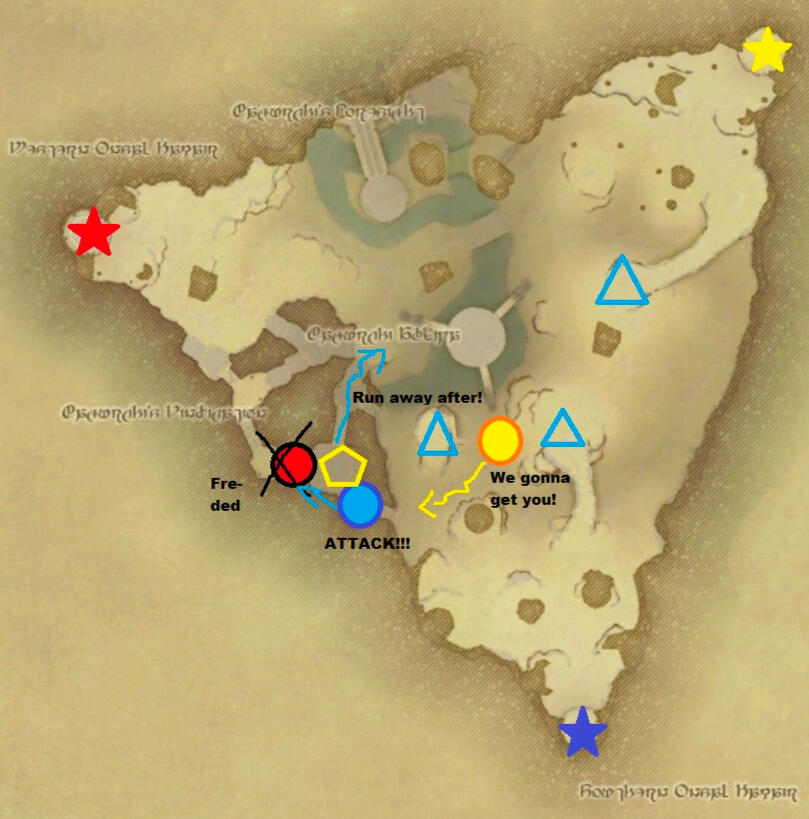
2. Bait and Switch!
Quickly fall back and make the other team the target in the process!
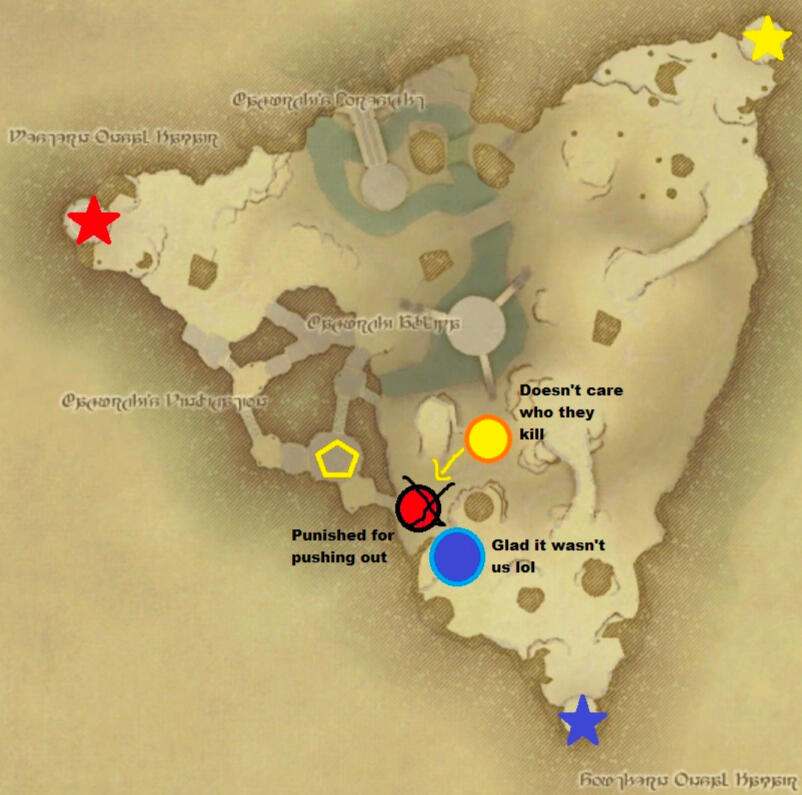
3. Rotate
Stay engaged with the enemy you're fighting, but change the angle of attack. Keep yourself safe by creating a "Triangle formation."
This can be good as it doesn't mean giving up the objective you were at completely and still have a chance of capturing it.
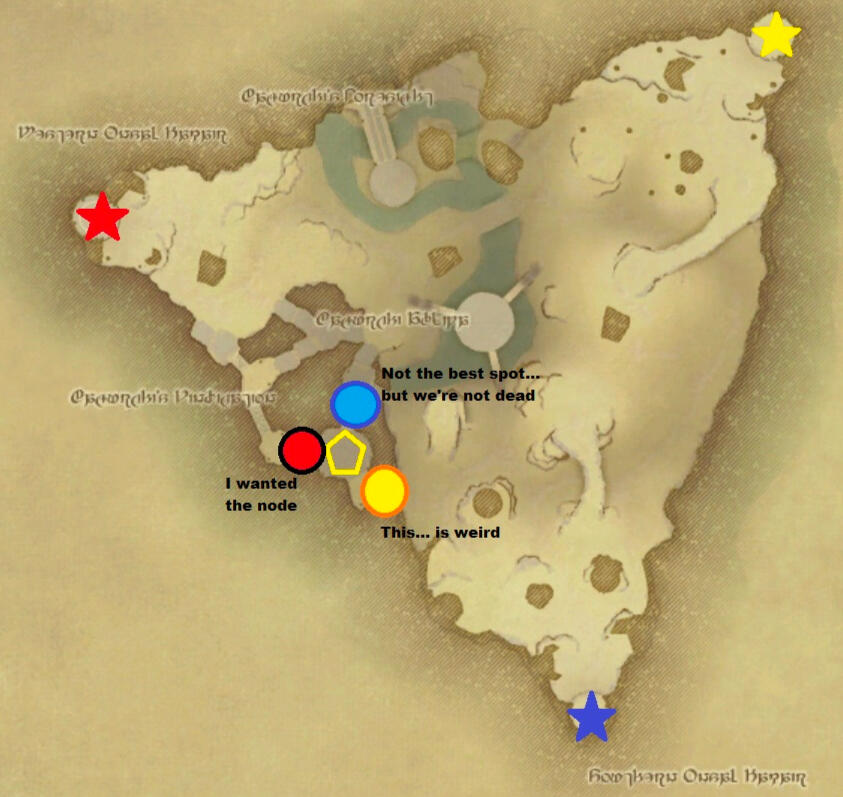
4. Return
If you have enough time, you can use the “Return” action to go back to base. Return has no CD, so it’s always an option if you find yourself far from home, and can be used to force the other 2 teams into each other as your team ports out.
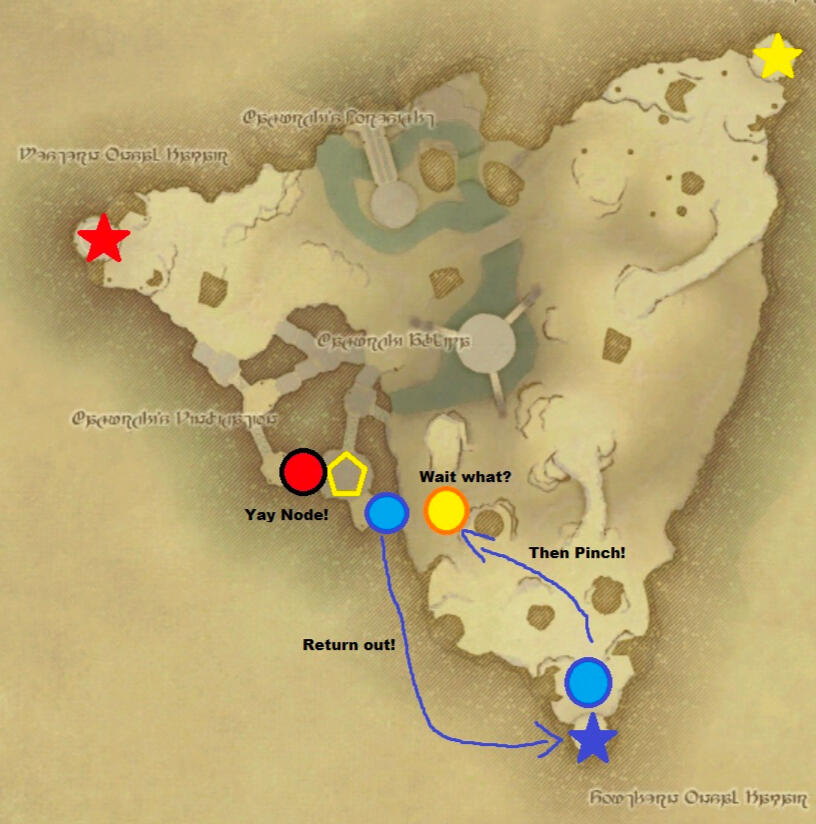
5. Die
Sometimes you have no choice. There may be no way out, but you can choose who to die to. Dying to 3rd place is far more preferable than dying to 1st. While it is a big loss, it is recoverable. This is usually the result of a failed "Push-Through" attack.
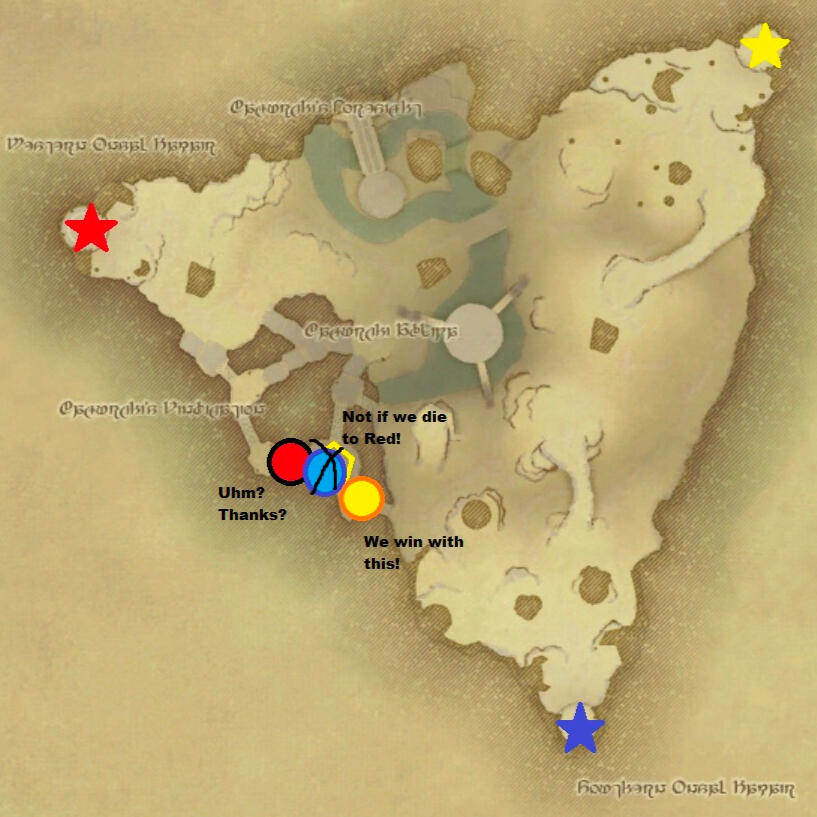
Macros:
Macors may have a bad reputation in PvE, but they are an absolute godsent in PvP. A multitude of high-level players have a plethora of macros for every situation, and I don't mean just for commanding, but also for targeting, ability use, and defensive measures.Learning and mastering macros will make you a much stronger player and give you additional tools to make the most out of any situation.
Command:
Using macros to command is the only real way to do it. Having pre-written phrases at the tap of a button will always be superior than typing by hand. Time spent typing is time not spent fighting or moving, and it adds up over time. To command effectively, you need a wide variety of options that work for your style. I have copied mine down below into different tiers so that you can slowly build your repritore and expand as needed.
Every commander will want something a little different, but we should all endevor to have similar sound effects and phrases to ensure that our community can quickly attune to the calls, and after enough time, not even have to look at chat to know what is being said. To help in this endevor, here's a list of what all the sounds should* be used for.
Sound Effect Key:
se.1 - Unused
se.2 - Direction and Movement
se.3 - Exclusively used for the start of a Burst Countdown
se.4 - Attack Commands
se.5 - Exclusively used for “Get Objective” macro
se.6 - Immediate Danger macro such as Enemy Burst or incoming Pinch
se.7 - Used for baiting enemies, repositioning with the intention to re-engage
se.8 - Used to call out which team you want to hit next
se.9 - Used exclusively for “Defend Objective” macro
se.10 - Micro Movements, ensuring team doesn’t push to far or put themselves into a bad position
se.11 - retreat or withdraw commands, also used for bad calls
se.12 - Exclusively used as the countdown for burst macro
se.13 - Preparation Macros, Hiding, elixaring, waiting
se.14 - Regrouping Macros
Waymarker:
This macro will put a "D" on top of your character. This is the basis of all calls. You can change the letter by changing the "D" in the line.
DO NOT PUT A SOUND EFFECT ON THIS!
Using any other macro will cancel your previous one, which means to get the marker back on you, you need to press this one again.
/waymark D <1> <wait.1>
/waymark D <1> <wait.1>
/waymark D <1> <wait.1>
/waymark D <1> <wait.1>
/waymark D <1> <wait.1>
/waymark D <1> <wait.1>
/waymark D <1> <wait.1>
/waymark D <1> <wait.1>
/waymark D <1> <wait.1>
/waymark D <1> <wait.1>
/waymark D <1> <wait.1>
/waymark D <1> <wait.1>
/waymark D <1> <wait.1>
/waymark D <1> <wait.1>
/waymark D <1> <wait.1>
Tier I Calls:
These are basic calls to get you started. They all fit on 1 crossbar, so it should be easy to remember where they are.
/a --- Please Follow --- <se.2>
/a --- GO NORTH --- <se.2>
/a --- GO WEST --- <se.2>
/a --- GO EAST --- <se.2>
/a --- GO SOUTH --- <se.2>
/a --- GO MID--- <se.2>
/a --- ATTACK NOW --- <se.4>
/a --- Prepare Attack--- <se.13>
/a --- RUN AWAY --- <se.11>
/a --- PINCH --- <se.6> <se.6>
/a --- TARGET BLUE --- <se.8>
/a --- TARGET YELLOW --- <se.8>
/a --- TARGET RED --- <se.8>
/a --- BAD CALL --- <se.11>
Big Attack:
/a ---THE TIME IS MEOW! ---
/a BurstCountdown <se.3> <wait.1>
/a 3 <se.12> <wait.1>
/waymark D <1>
/a 2 <se.12> <wait.1>
/waymark D <1>
/a 1 <se.12> <wait.1>
/waymark D <1>
/a KILL EVERY LAST ONE OF THEM <se.4>
Tier II Calls:
These are more situational calls to help your team understand your decisions more. Not used as often as the others, but still very useful, and you can incorporate these as needed.
/a --- Give Up Objective--- <se.6>
/a --- Get Objective --- <se.5>
/a --- Defend Objective --- <se.9>
/a --- Gather at 'A' ---- <se.14> <se.14>
/waymark A
/a --- Bait Enemy --- <se.7>
/a --- DON'T CHASE --- <se.11>
/a --- Standing by --- <se.7>
/a --- GOING AROUND --- <se.2>
/a --- HIDE --- <se.13>
/a -- LB CHECK? --- <se.13>
/a --- SCOOT BACK --- <se.10>
/a action Return <se.11>
/a Please don't attack.
Additonals:
Additonals are new exteremly powerful abilites that were added in 7.2 that can have a drastic impact on a game when used correctly. This section will go over each action by row and give a general use case for them.
Tanks:

Ramage is absoultely a game changer for burst style play. Having an alliance-wide astro LB level damage increase every other pull is massive. Enemies will melt when using this with a dancer LB or even a reaper or warrior LB... or just raw. If you can use this, use it.

Damage across the borad is a lot higher now. If you can't get away with using rampage and living. Use this instead. It's strong and makes you nigh unkillable most of the time.

A niche ability. If there's a very strong enemy that you want to either push into your team or force them away from it... this is your skill.
Healers:

This sucks. Don't use.
(Unless you're pocketing someone.)

A decent sized shield every pull for your party. If your party has a lot of engages this can be a solid pick, but if they're mostly range, then I'd choose the other option.

A giant AOE attack with a decent potency and powerful debuff. Your standard pic if you're not using stoneskin.
Melee:

A strong defensive tool that really works well with Monk, Samaruai, and Viper. Lets you stay in and burst much more effectively or take extra hits.

Another powerful defensive option that will ensure you get in or get out of an engagement. Particualy useful for dragoon and reaper for their LB uses.

A single target execute that works well for ninjas and monks especially. Useful for taking out high-value targets or during a chase down.
Physical Range:

A party wide sprint and haste buff sounds nice, but it's application just feels hard to justify. Always appreciated, but maybe not the best option.

Your go to option. Increases offense and defense with 50% uptime. A really great ability for every job and you can give it to allies as well!

A strong choice that is always a decent pick and lets you kill confirm very consistently.
Casters:

Fincky to use, but excellent damage in a wide range or can be used for area denial, something not often seen in Frontline. Using this incorrectly can be rather detrimental to your team as it telegraphs your team's attack.

Lowering enemy damage and healing every pull is a great tool, and you should consider using this as a less versatile, but more consistent comet.

A strong ability for taking out high priority targets, kill confirming, or licking ice.
Scenarios:
In this section, you will be taking a look at maps and scores and trying to determine which action your team and the other teams should take for their best chance at winning. This isn't only good for commanders to know. When the common solider can understand the theory behind a call, it makes that call much more successful.
-
Look at the scenario, and try your best to find a satisfactory answer.
My own write ups will be below and marked Spoilers. There will also be an image detailing the pathing that is unspoiled.
-
I encourage you to write down or say your ideas out loud to"lock-in" your answers as your mind likes to course correct your ideas.
Note: These images are made by different people, so not everything is uniform yet*
Seal Rock:
Example 1:
This, is a complicated scenario. Seal Rock is complicated. Looking at the map here, we Have an (S rank) middle. Then, we have 2 (B Ranks) to the South. 2 Teams are close in score and could win if the others play their hands wrong.The question here is: what does each team need to do to ensure that none of the others win the game? Remember that every team, regardless of score in the present moment has a chance to win.Your answer should include what each team does to give them the best chance of winning/not losing.The current team positions are indicated through the colored squares, the active nodes are indicated with the in-game markers.
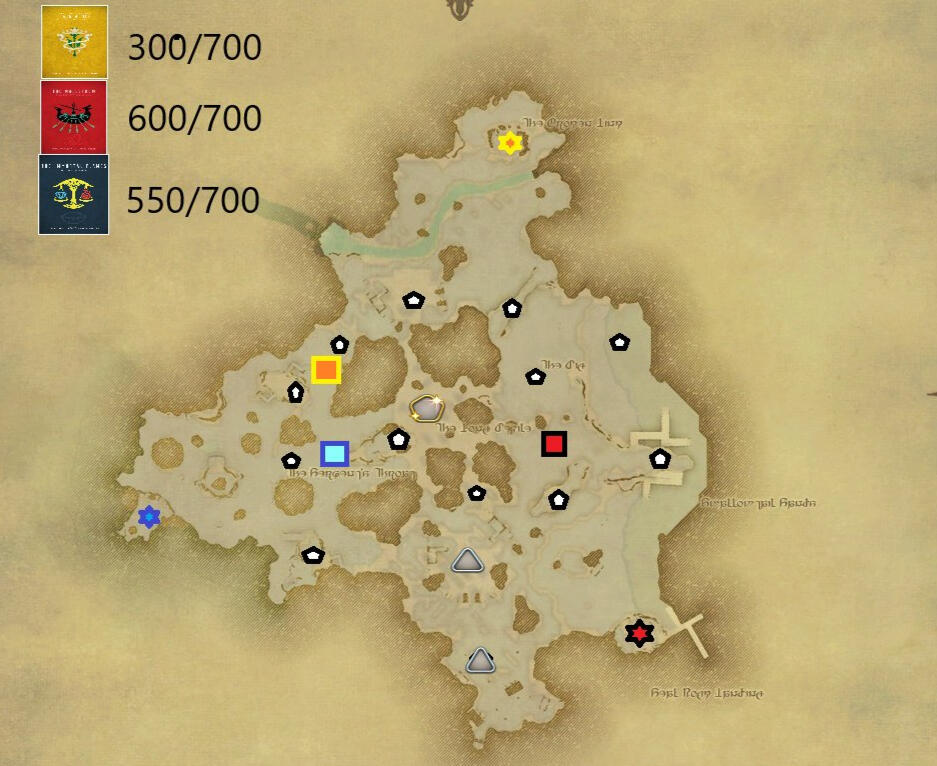
Solution 1:
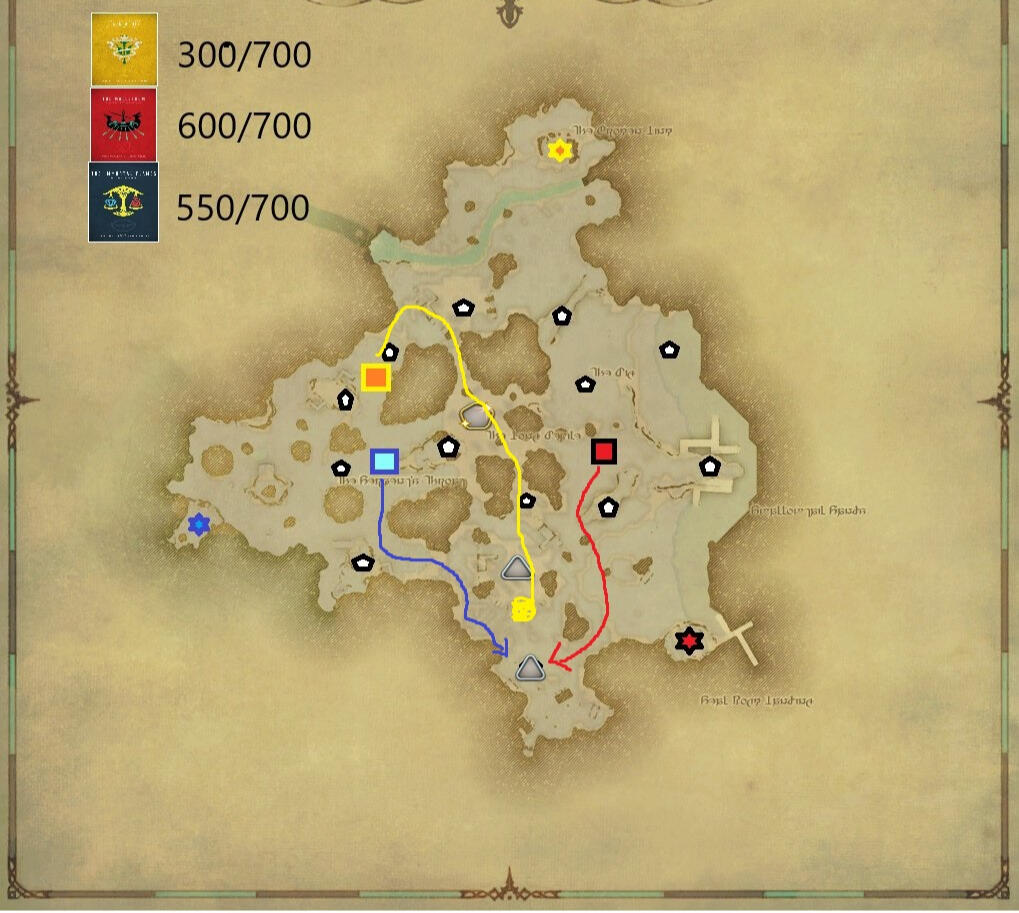
Example 2:
This one is a bit different. You're Blue here off in the corner. There's an (A rank) and (S rank) in the caves, but Red is already in position for them. Furthermore there's a (B rank) to the north and another (A rank) to the far east that Yellow is in position for.What do you as Blue, need to do to either win or not lose?
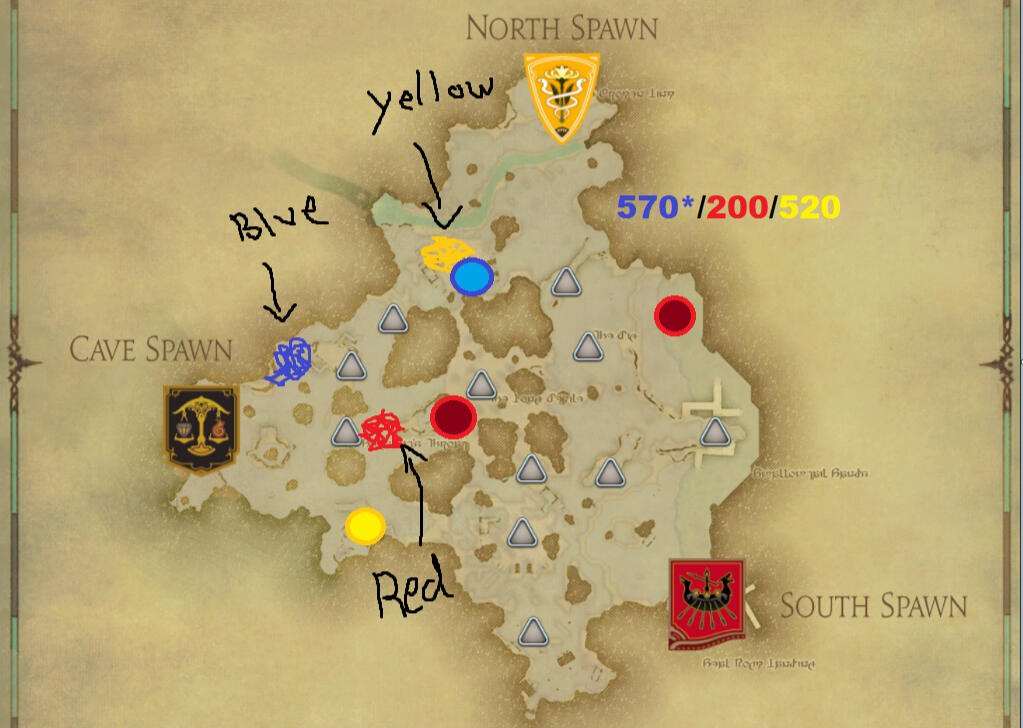
Solution 2:
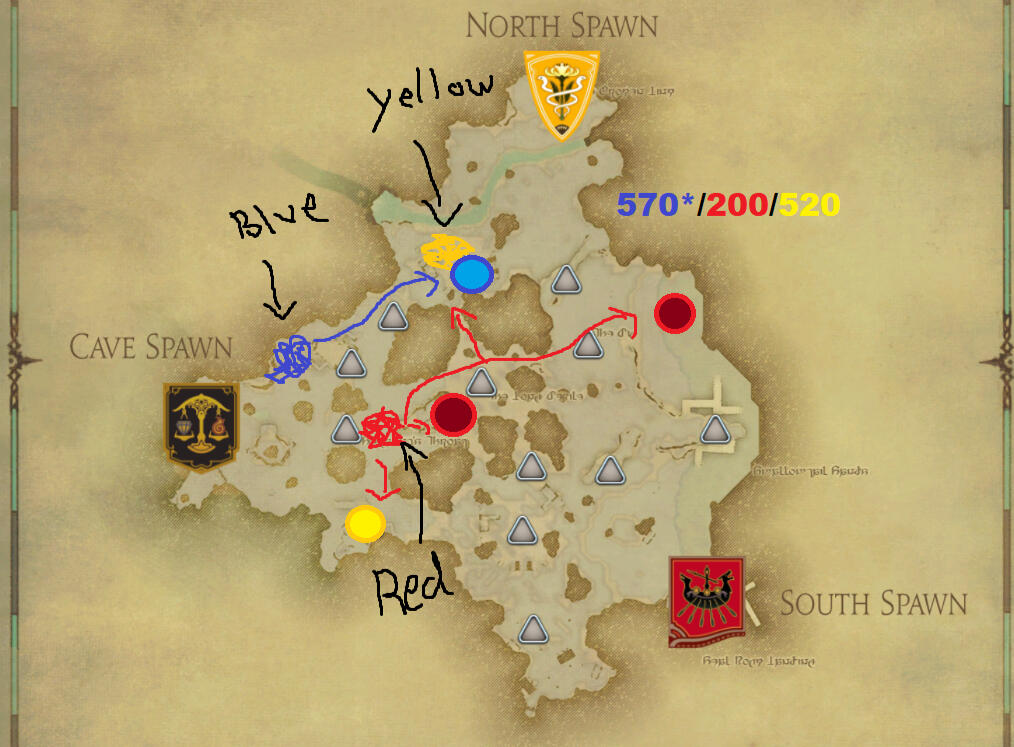
Example 3:
Here's a scenario that is happening a bit earlier in the match. Yellow has just suffered a major loss getting hit by Red and sent back to spawn. Red has captured the East node and is looking to go middle to capture that one as well.Meanwhile, Blue has captured the NW and W nodes in the caves and are also moving middle to try and capture that node.The question is: what should Yellow do?
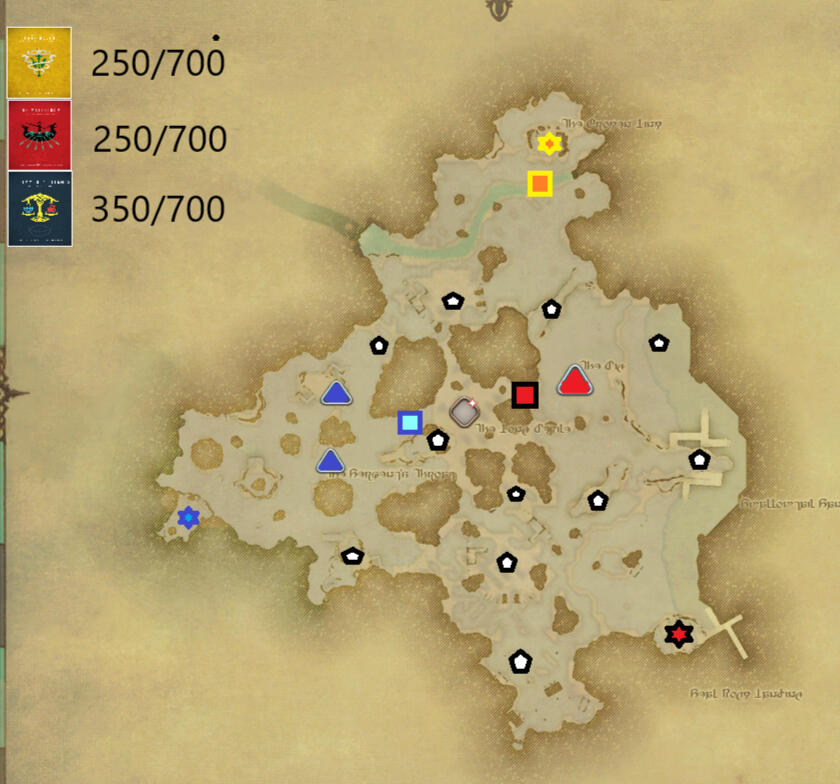
Solution 3:
Shatter:
Example 1:
In this situation, you are the Blue team with 1200/1600 points with your big ice up. Yellow has 1400/1600 points with their big ice up. Red is 3rd with no safe ice. They've decided to engage yellow from the funnel entrance.What should you do as Blue in this situation?
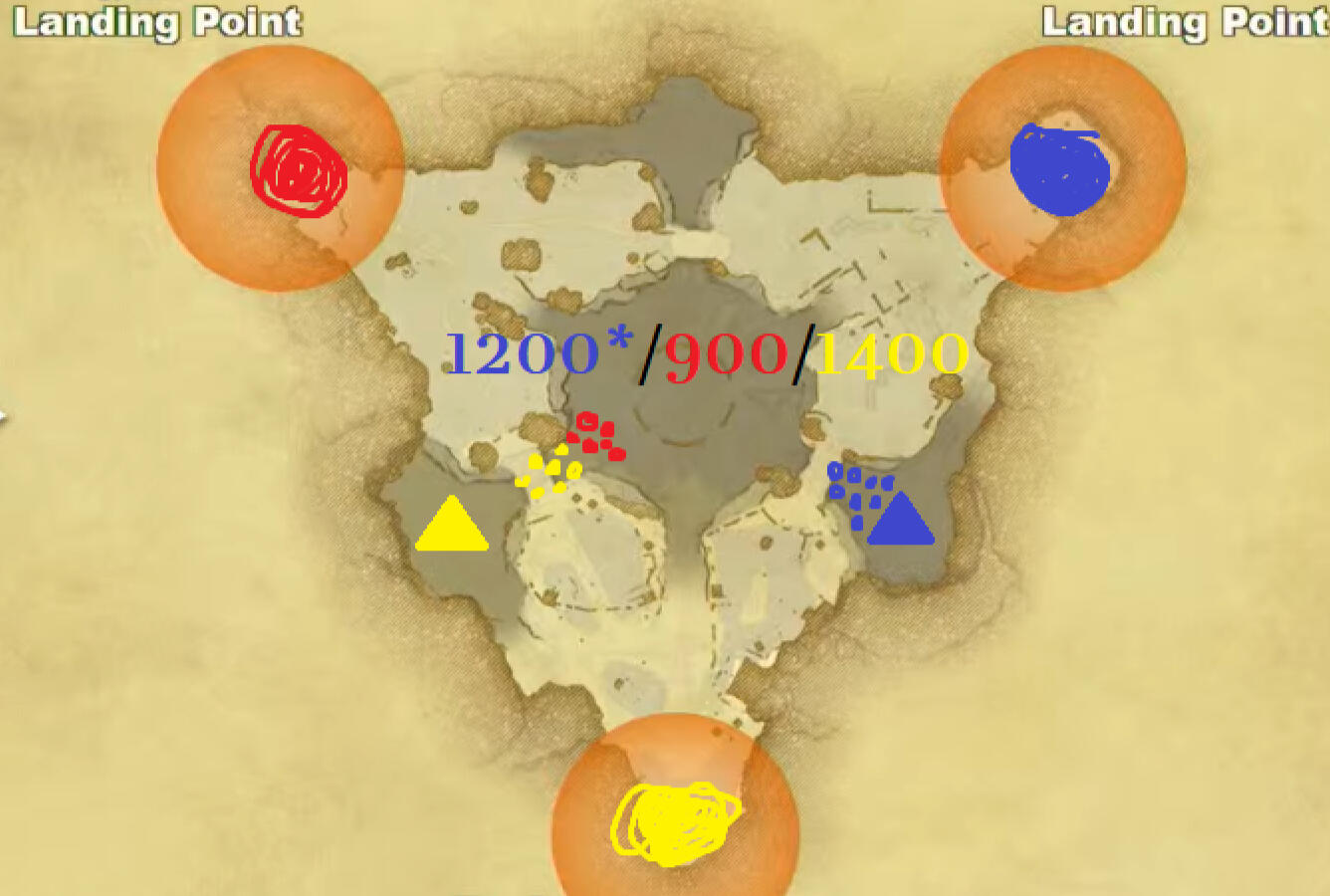
Solution 1:
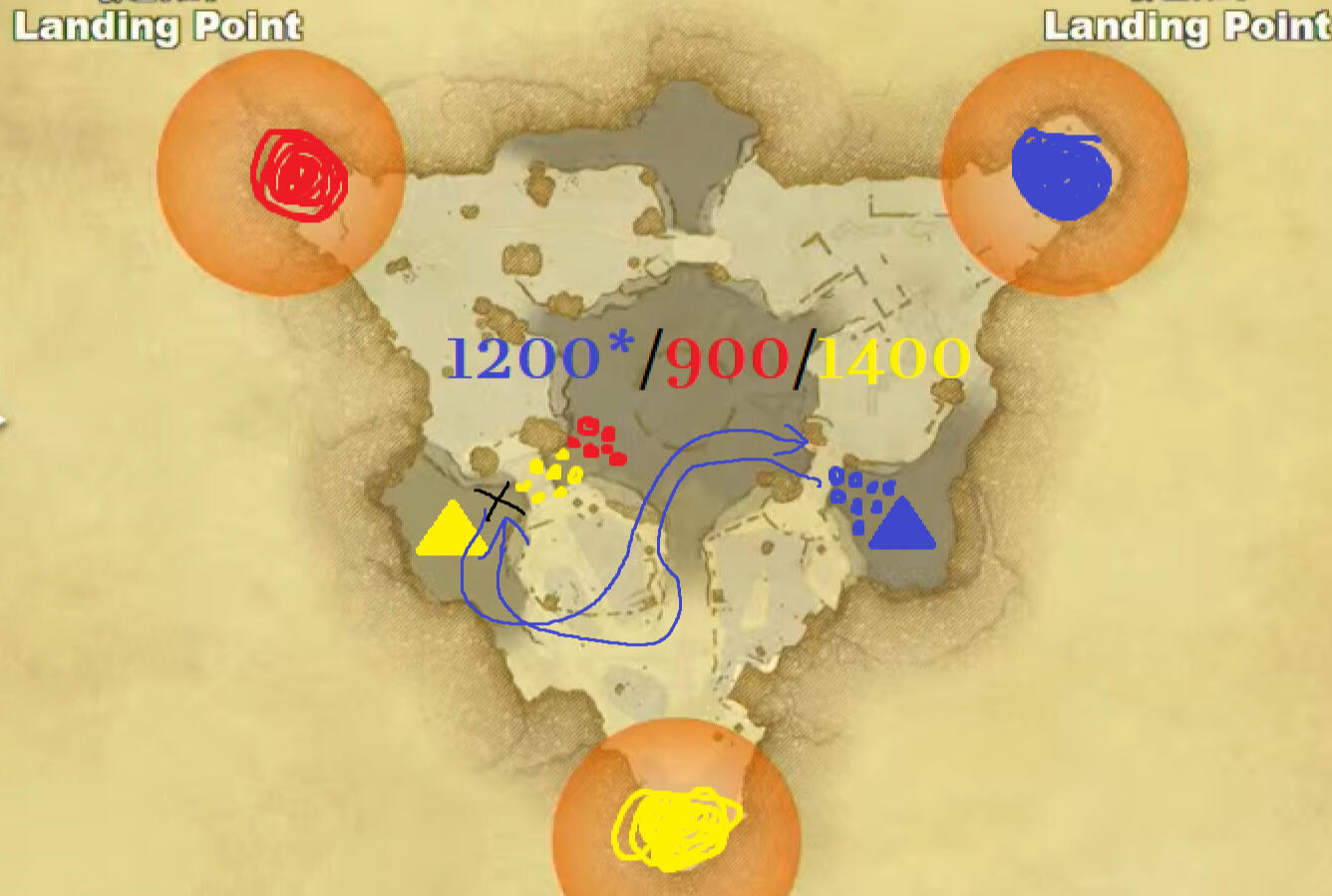
Example 2:
The positions are the same, but the scores have changed. Does this affect what you should do? Maybe... maybe not?You're still Blue in this scenario, what should you do?
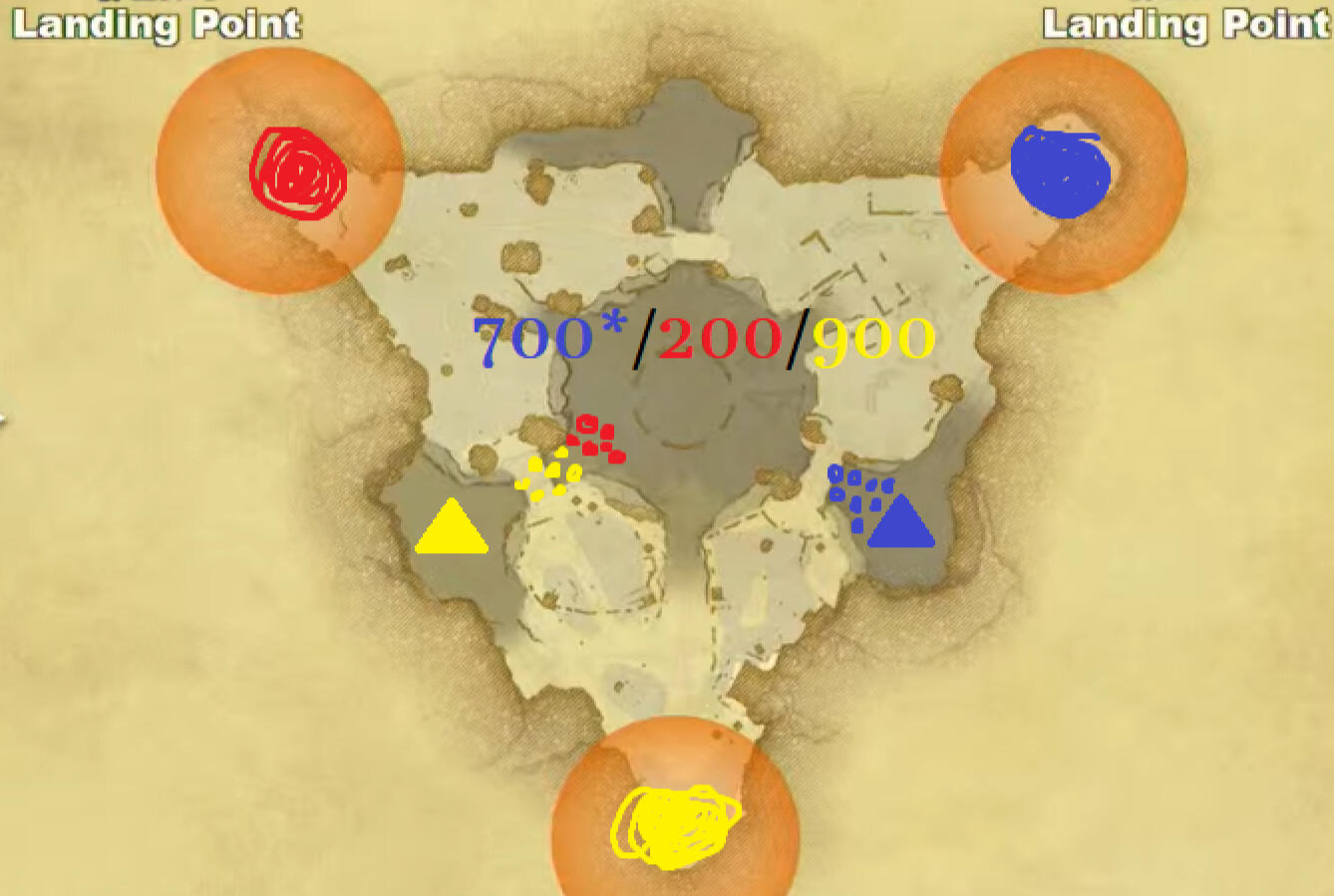
Solution 2:
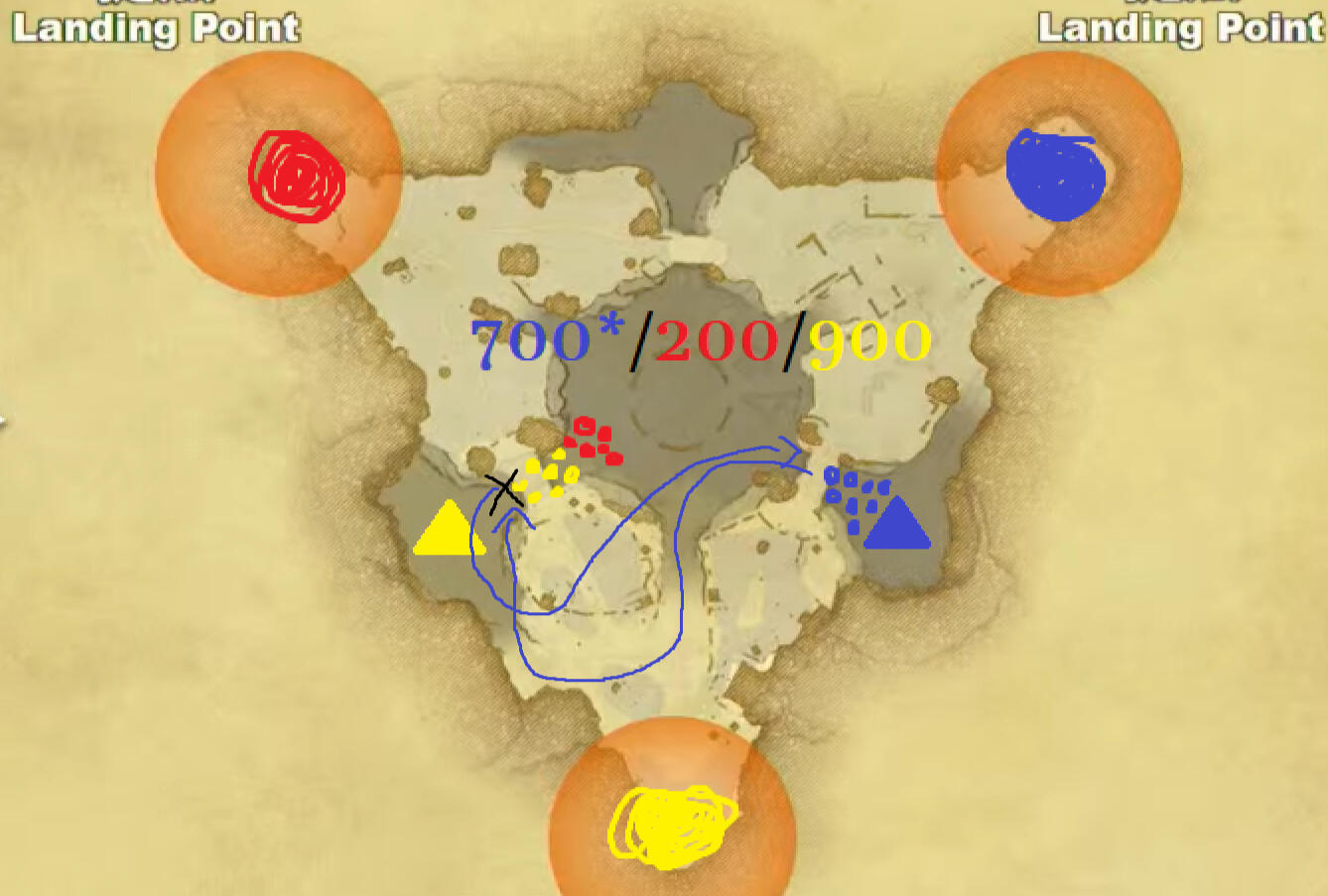
Example 3:
Well, the positions are still the same again, but now your team is the weak one in 3rd. Red is in the lead now, but they still don't have a safe ice.You're still Blue in this scenario, what should you do?
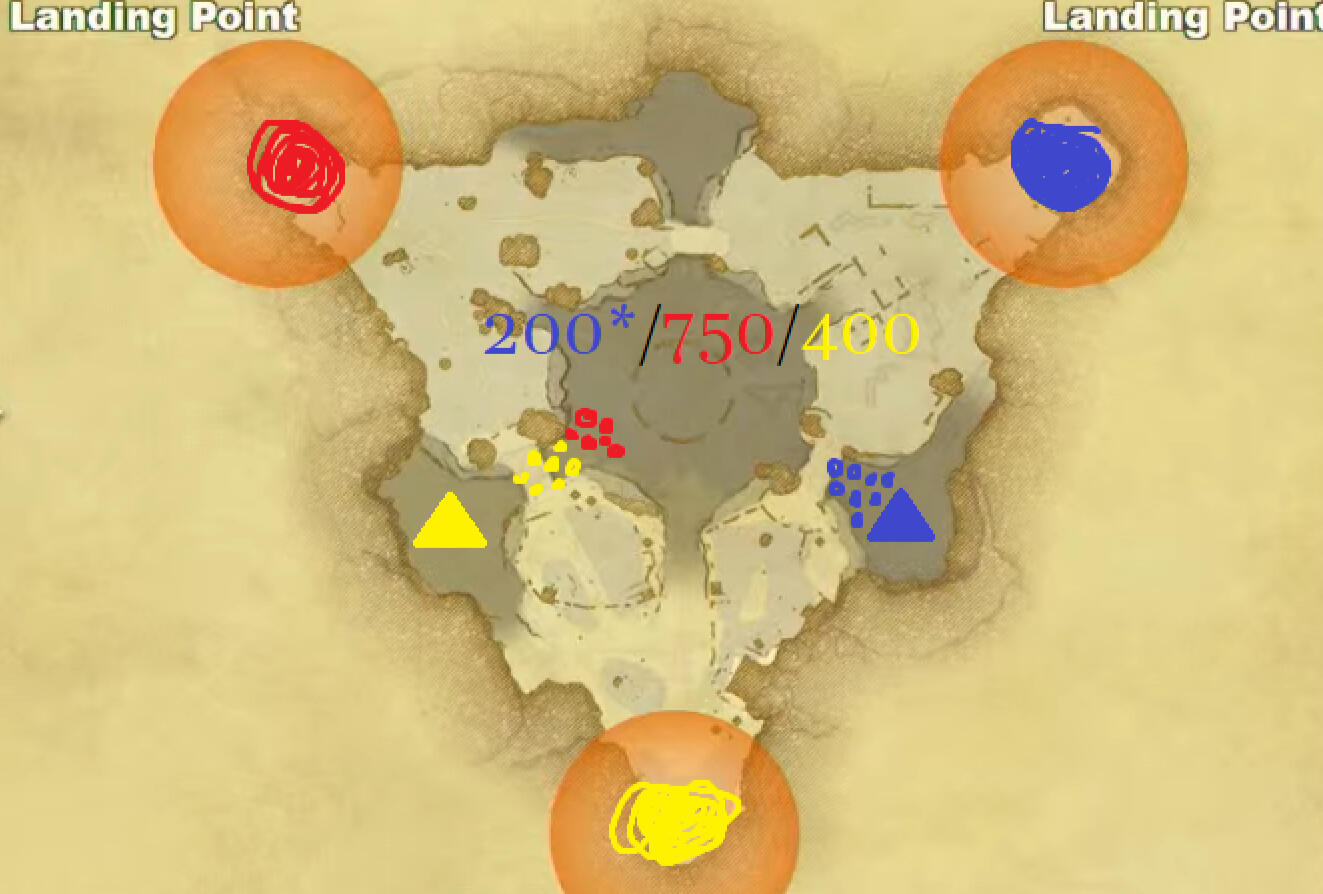
Solution 3:
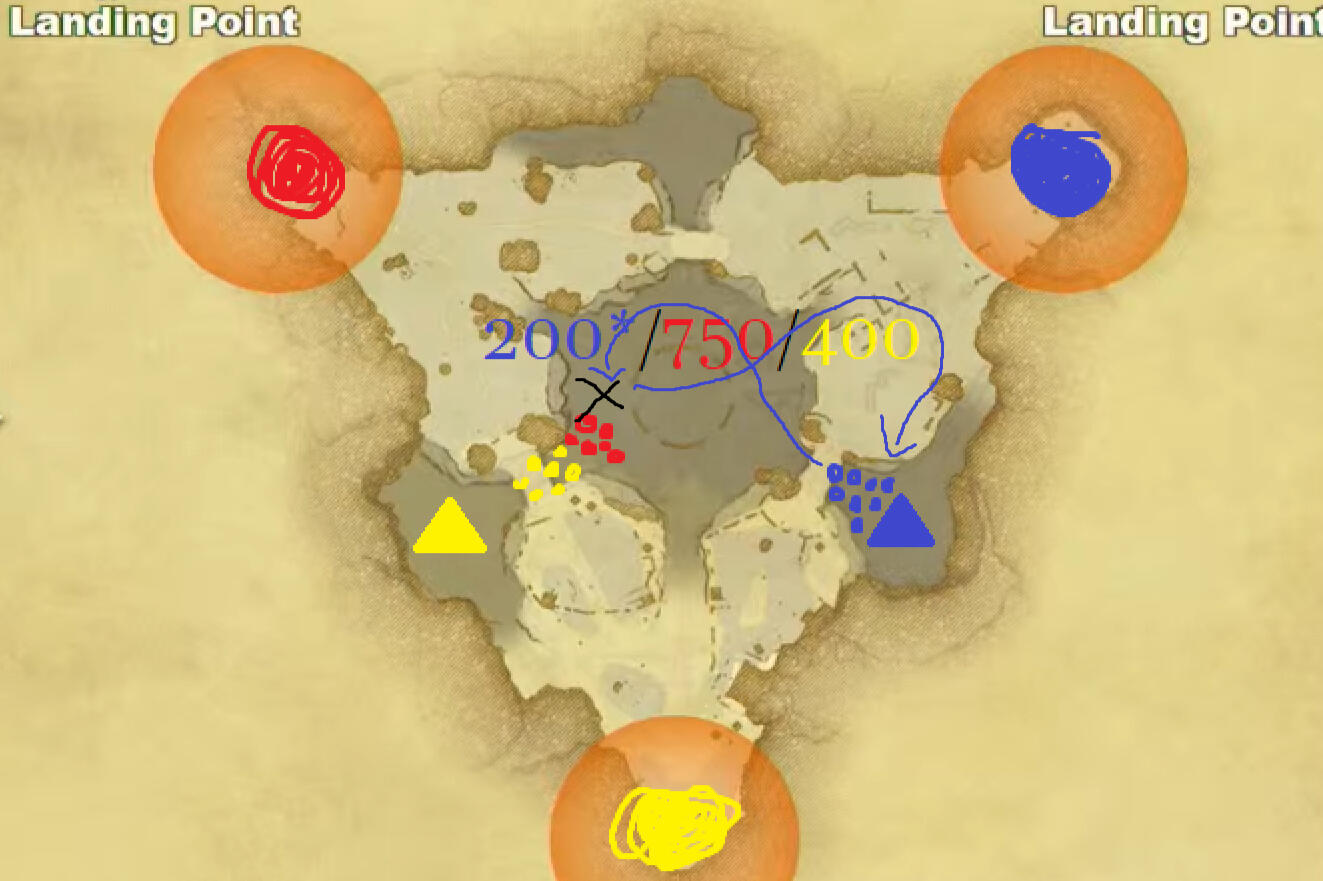
Onsal:
Example 1:
This is the start of the game. We're Red in this one. What should we do to not get pinched?

Solution 1:
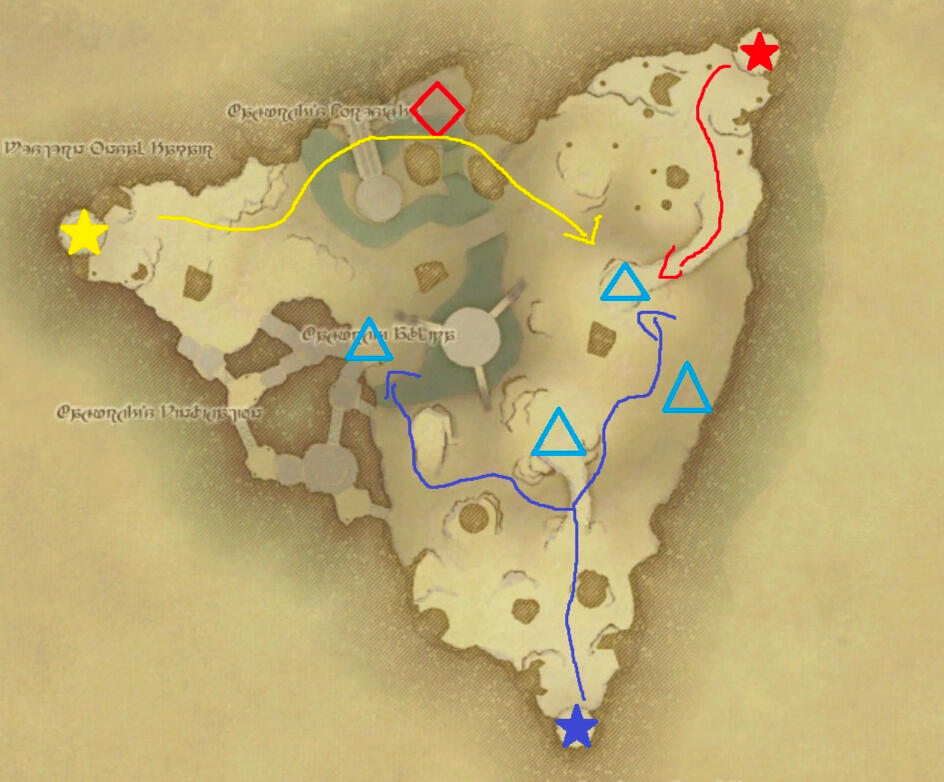
Example 2:
This one is also the start of the game. We're Blue this time, use what we went over in the previous example to draw a path that won't get us pinched.
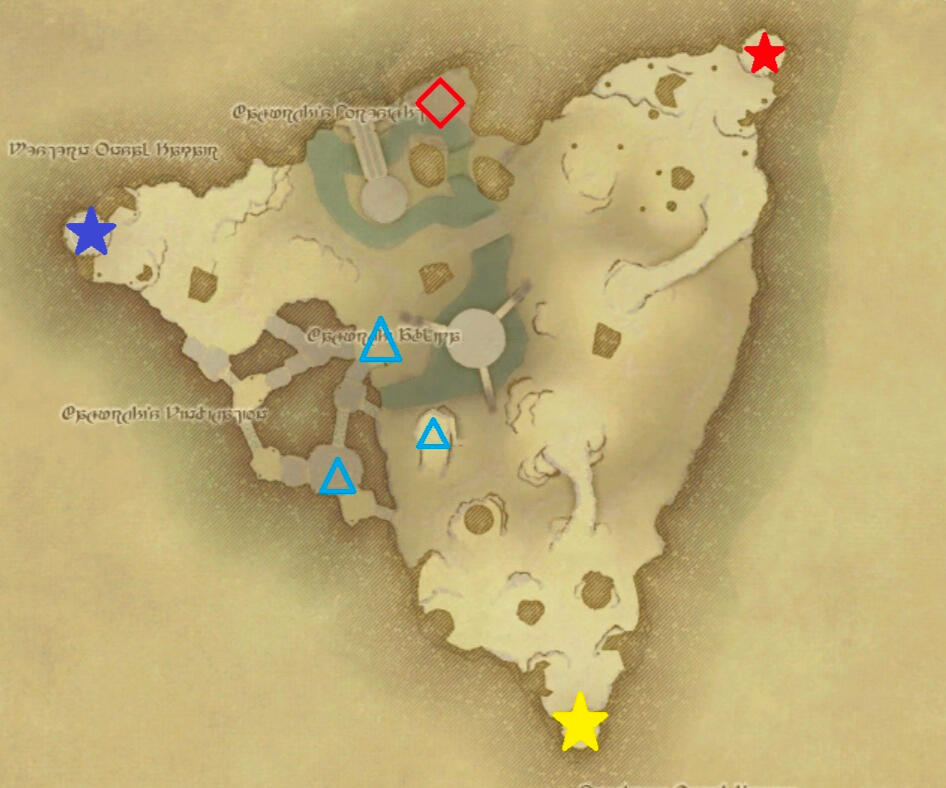
Solution 2:
